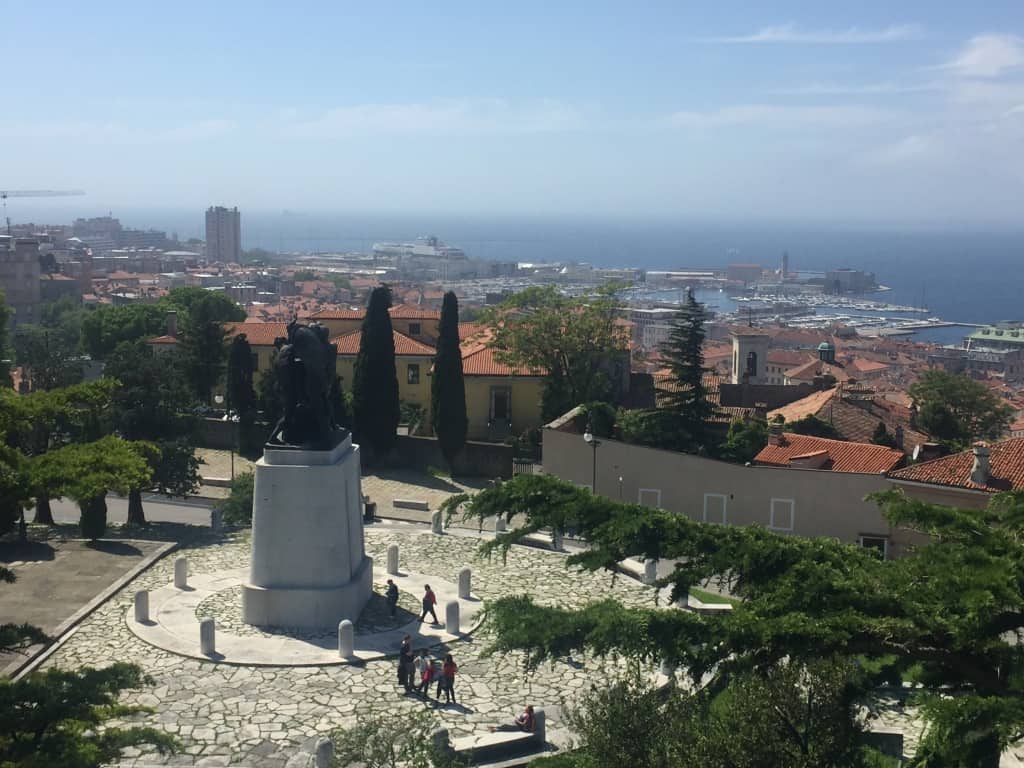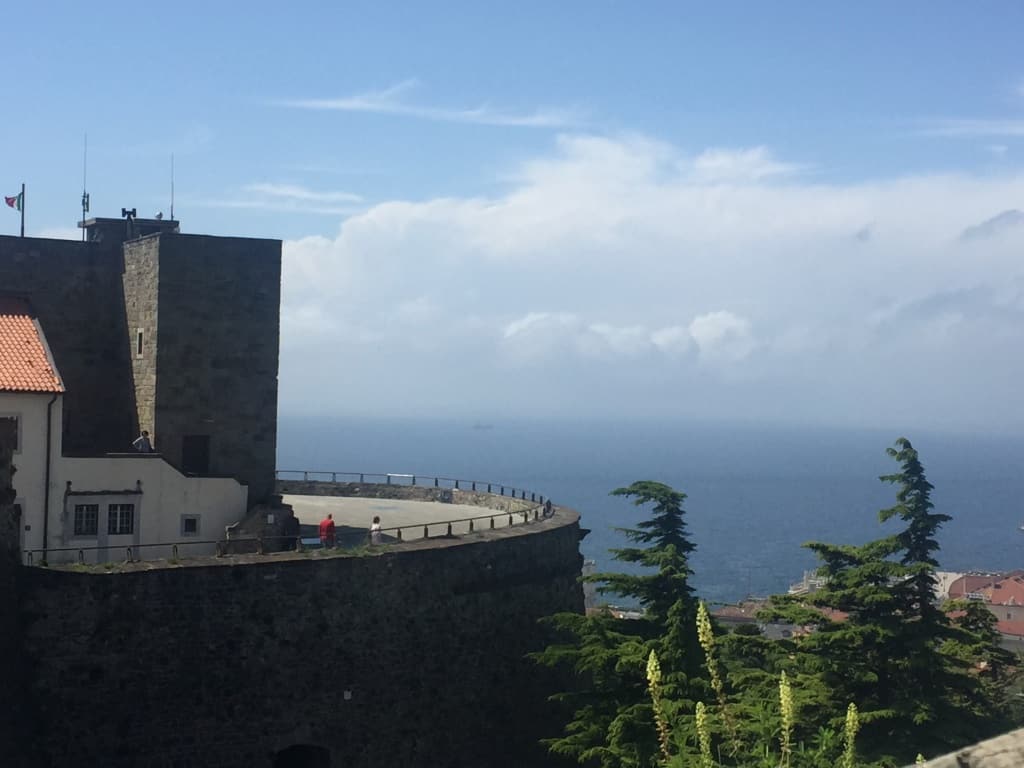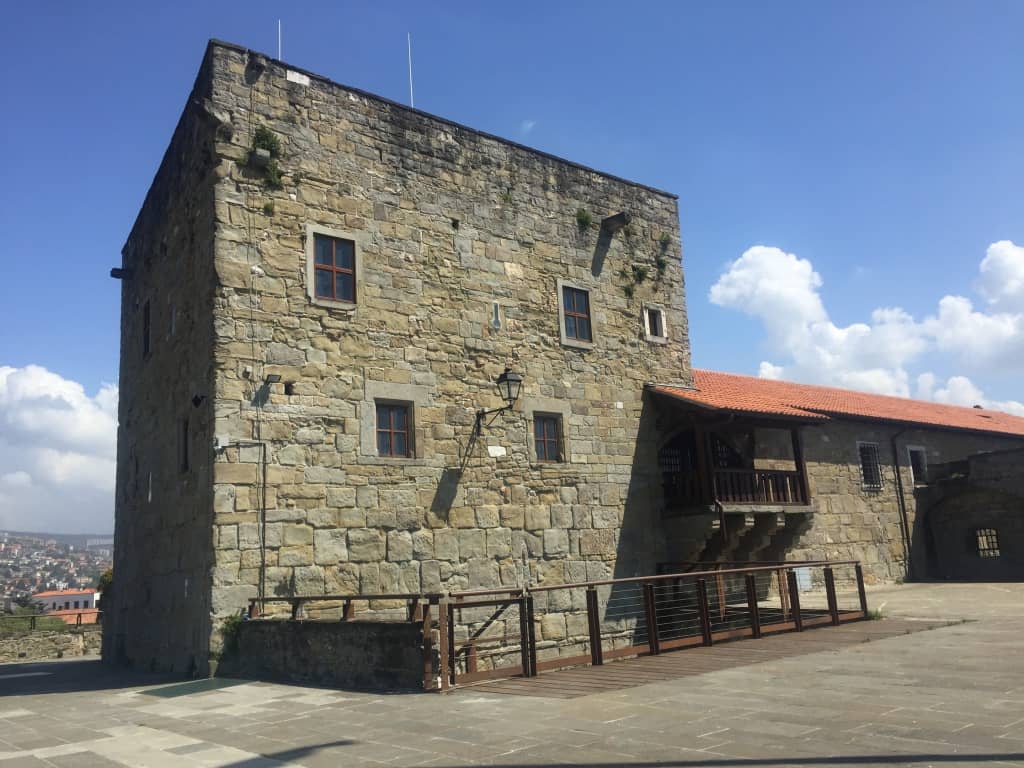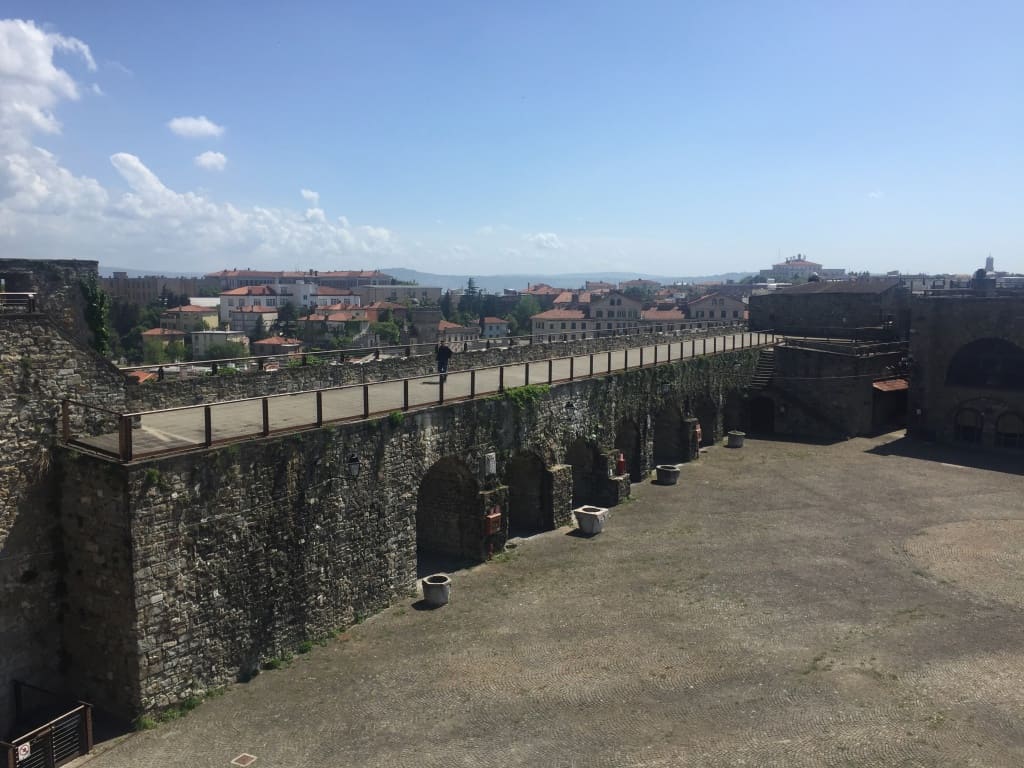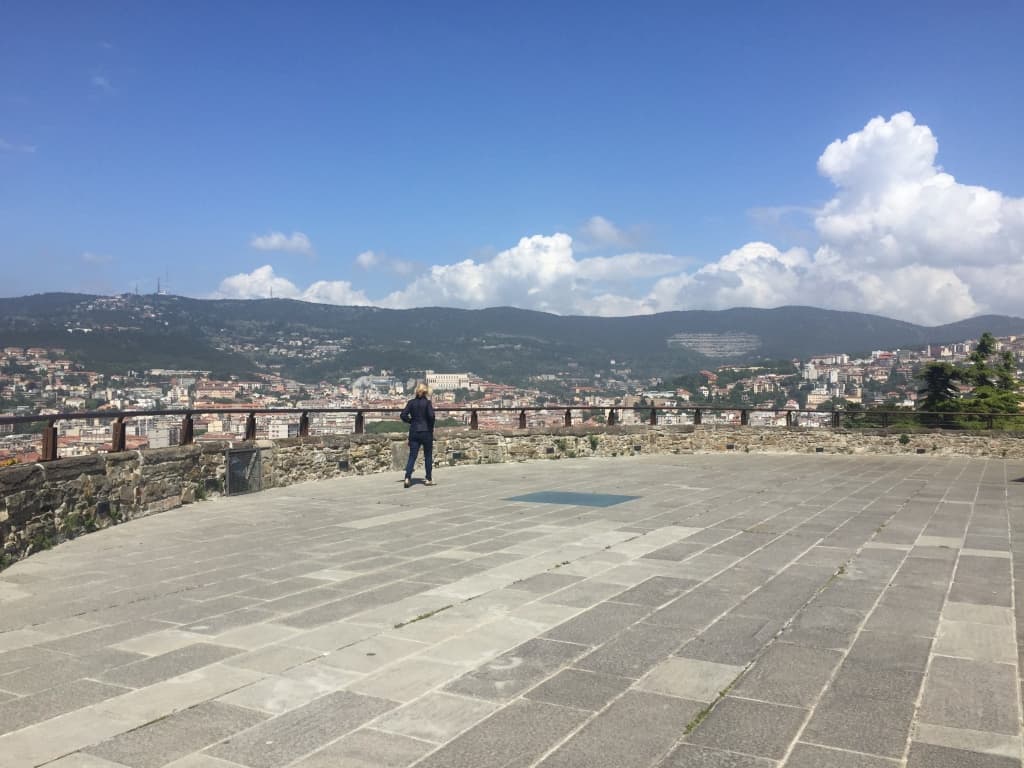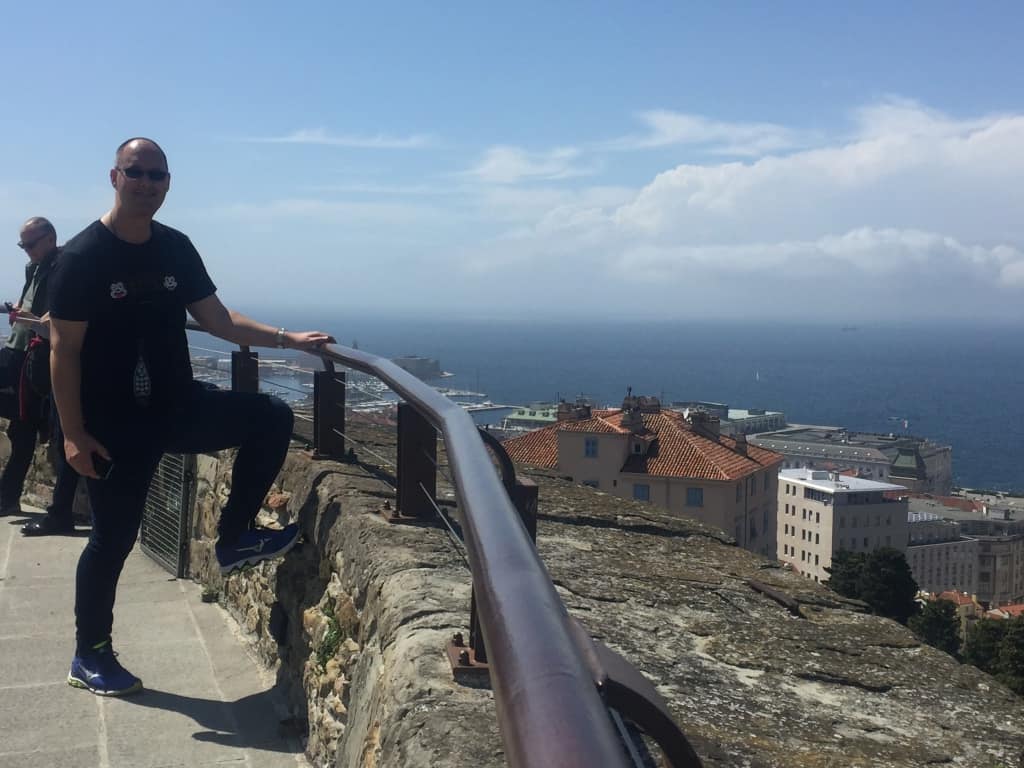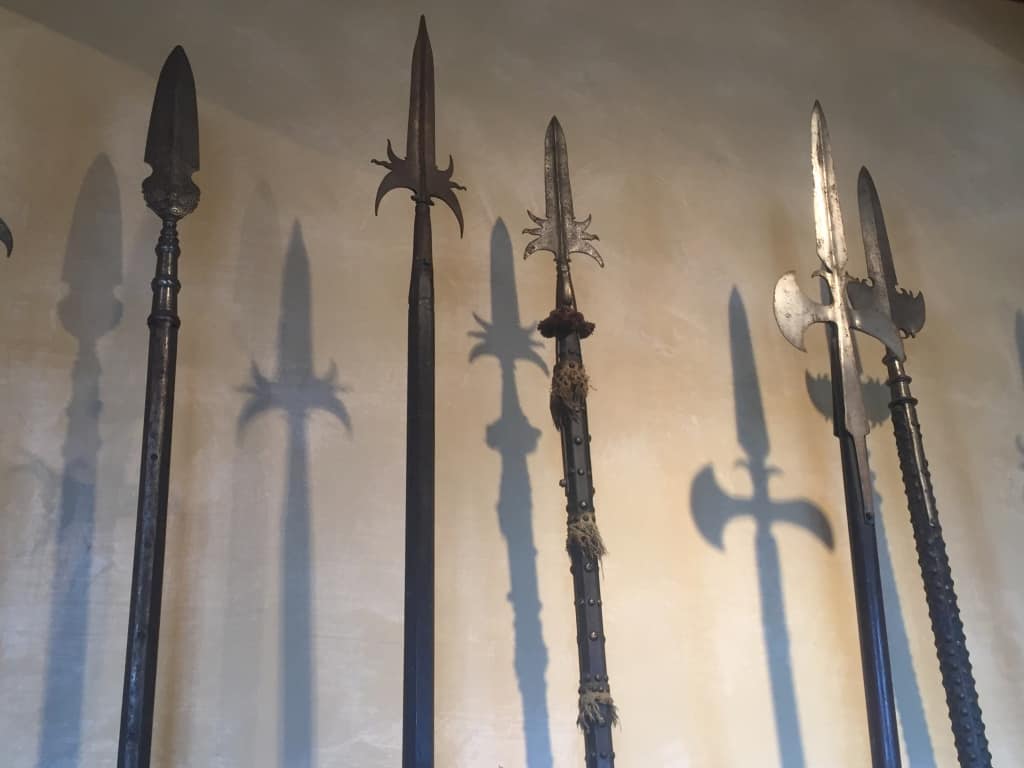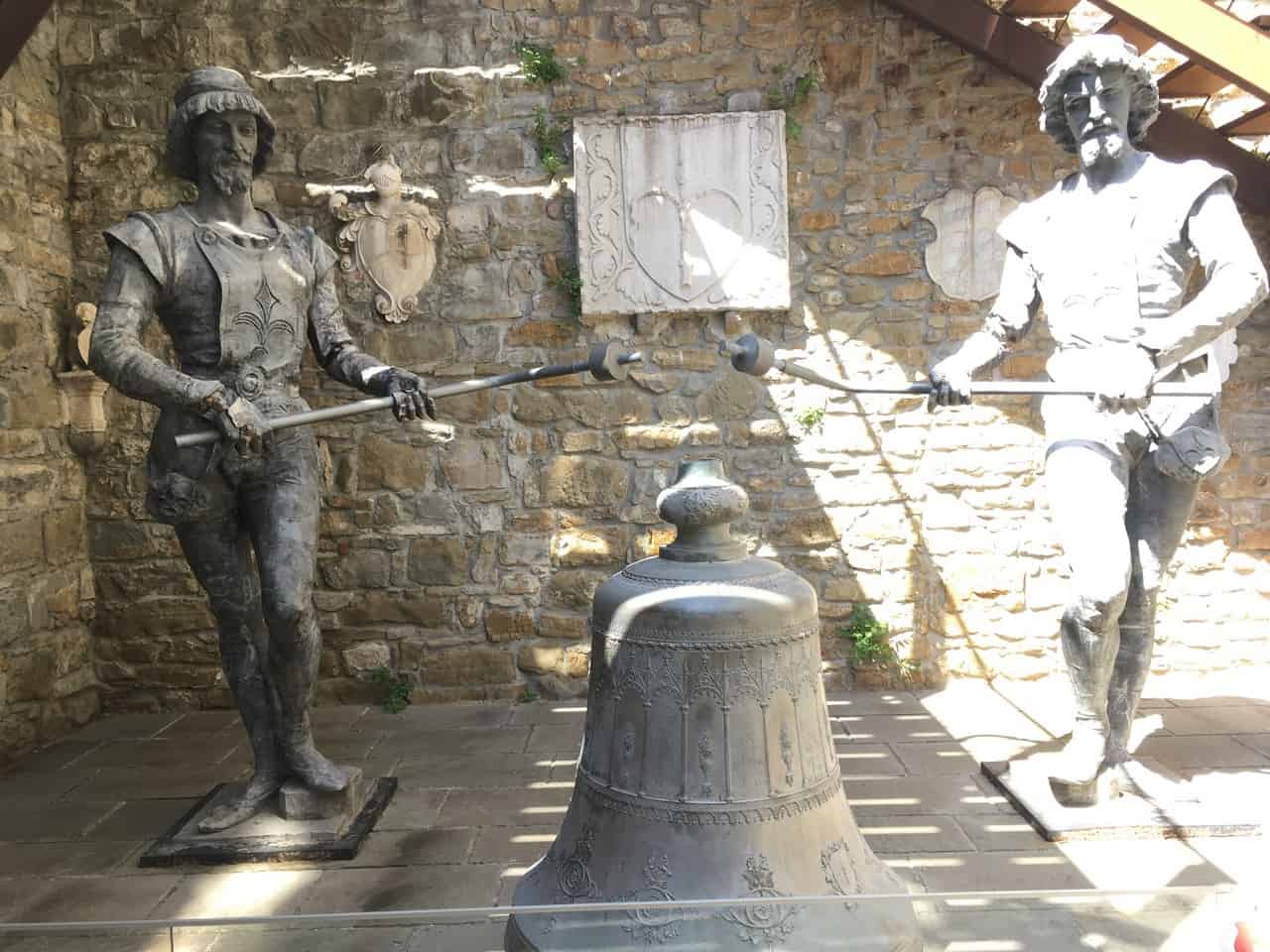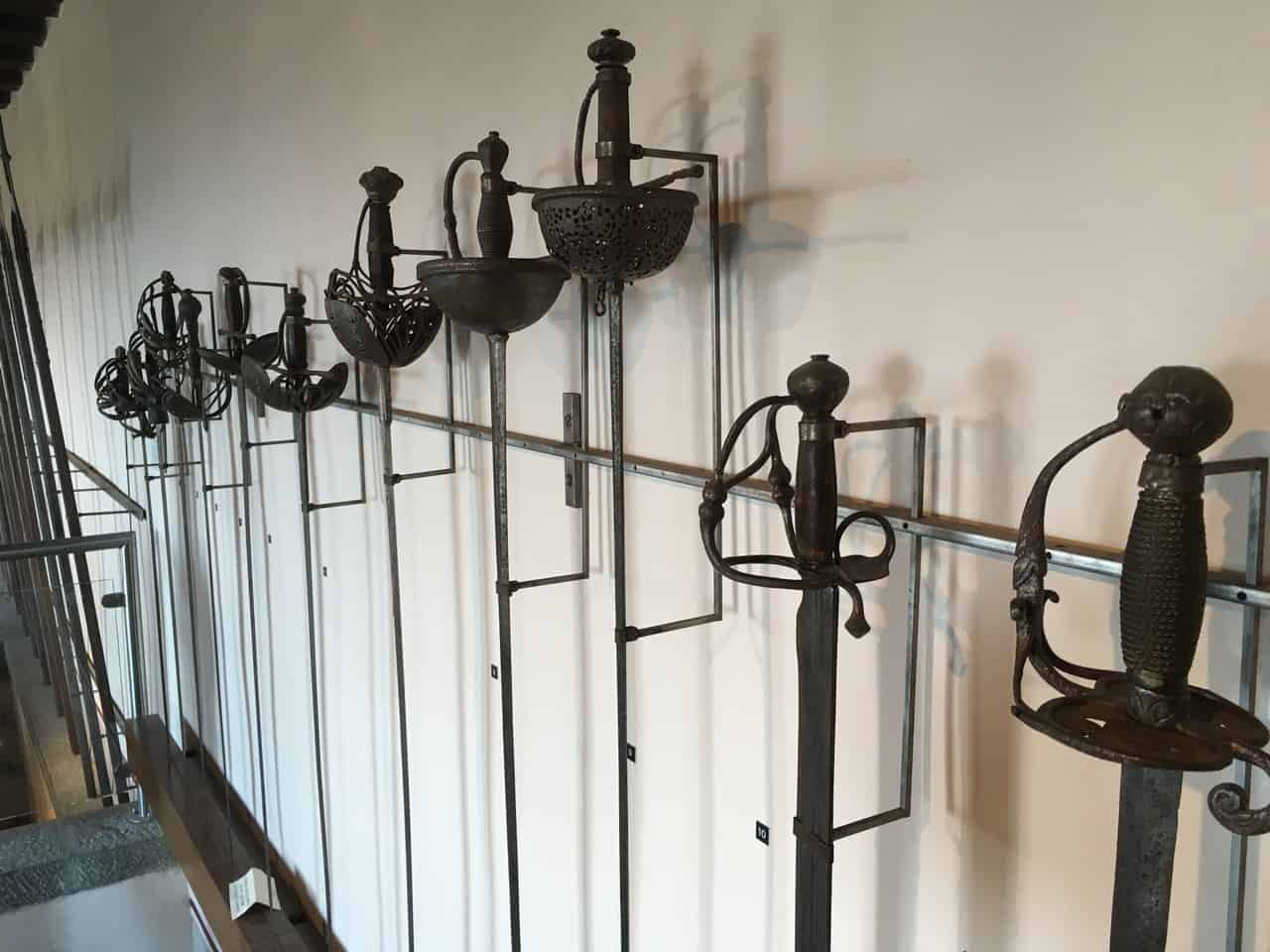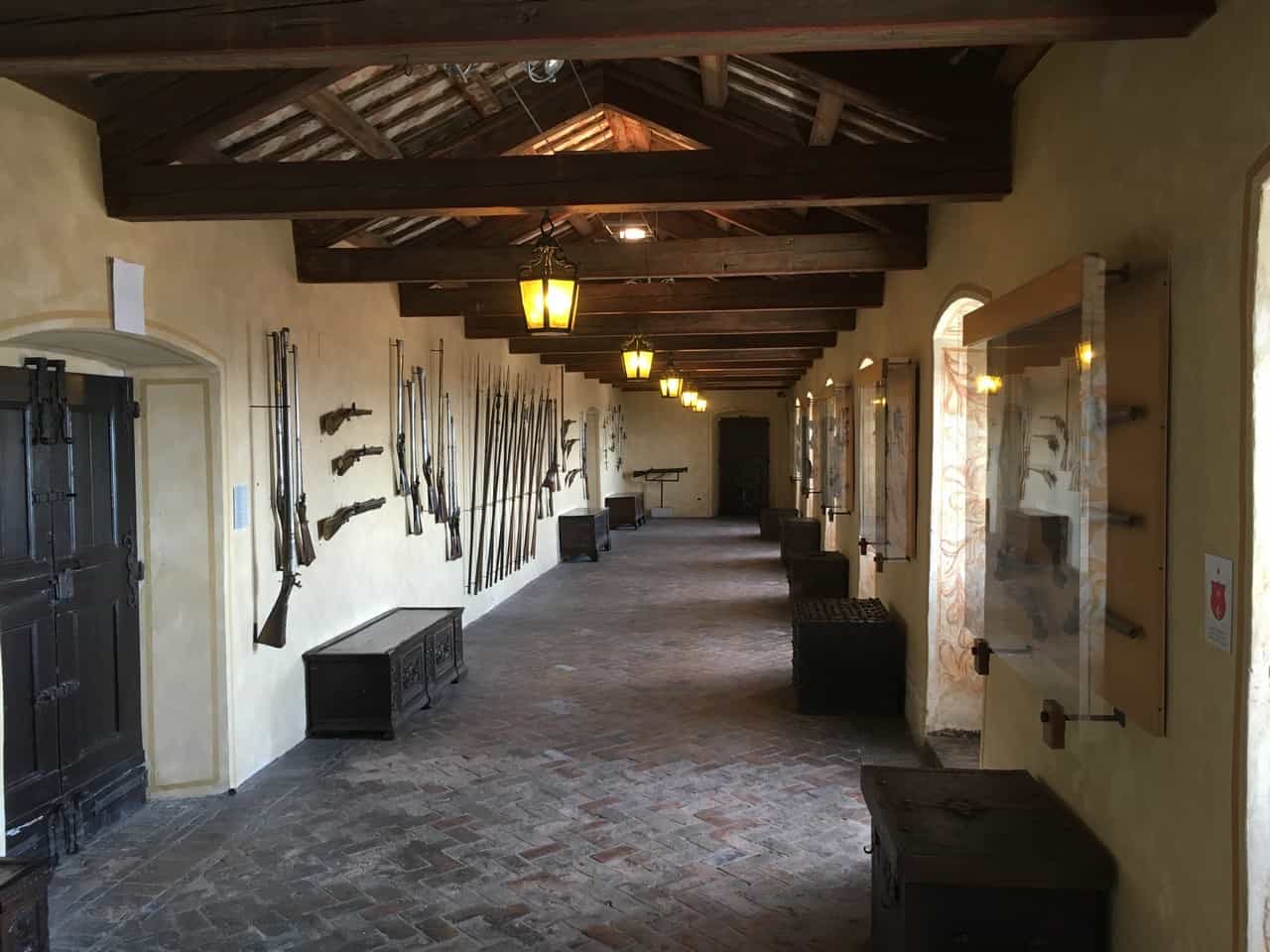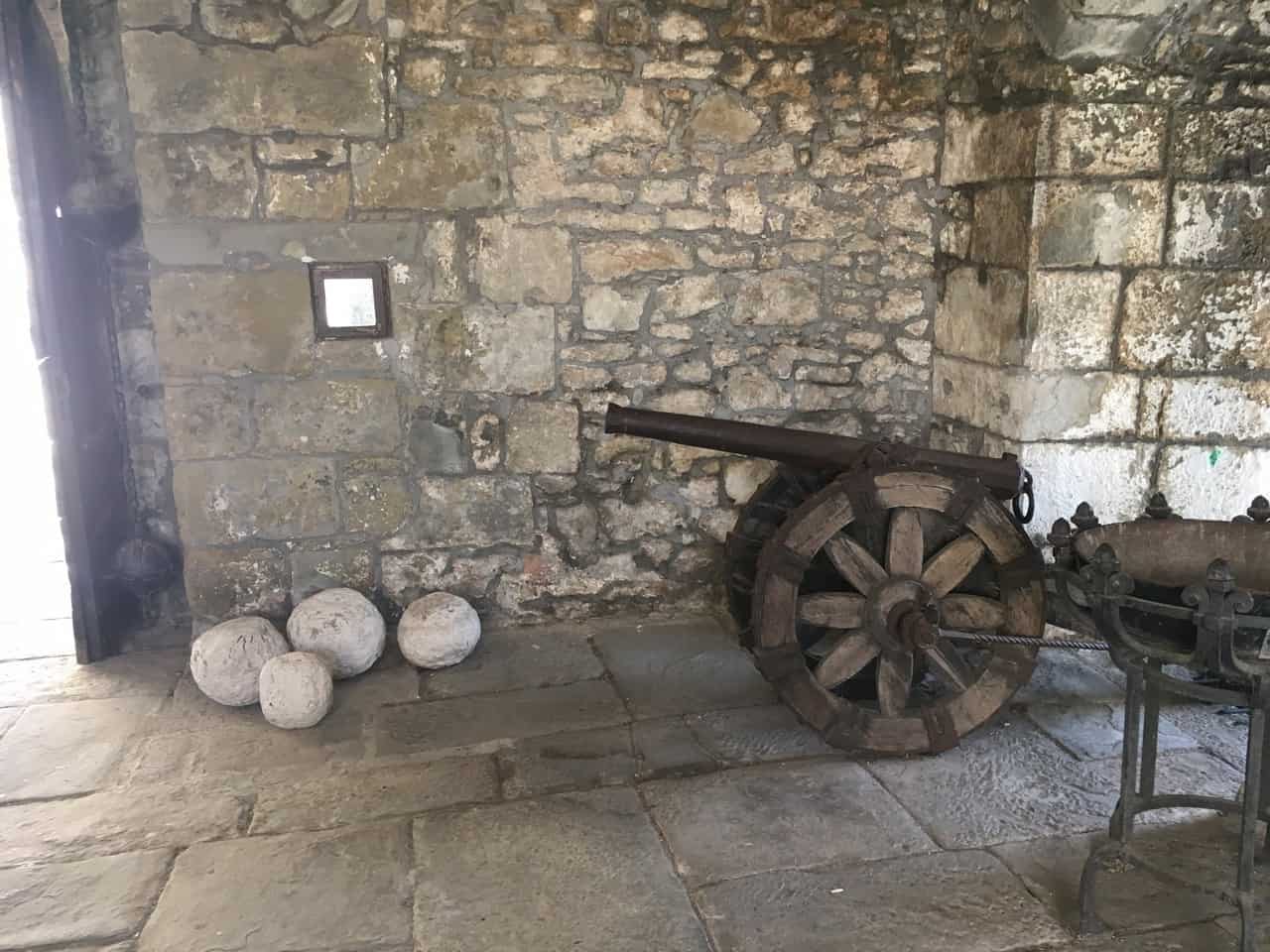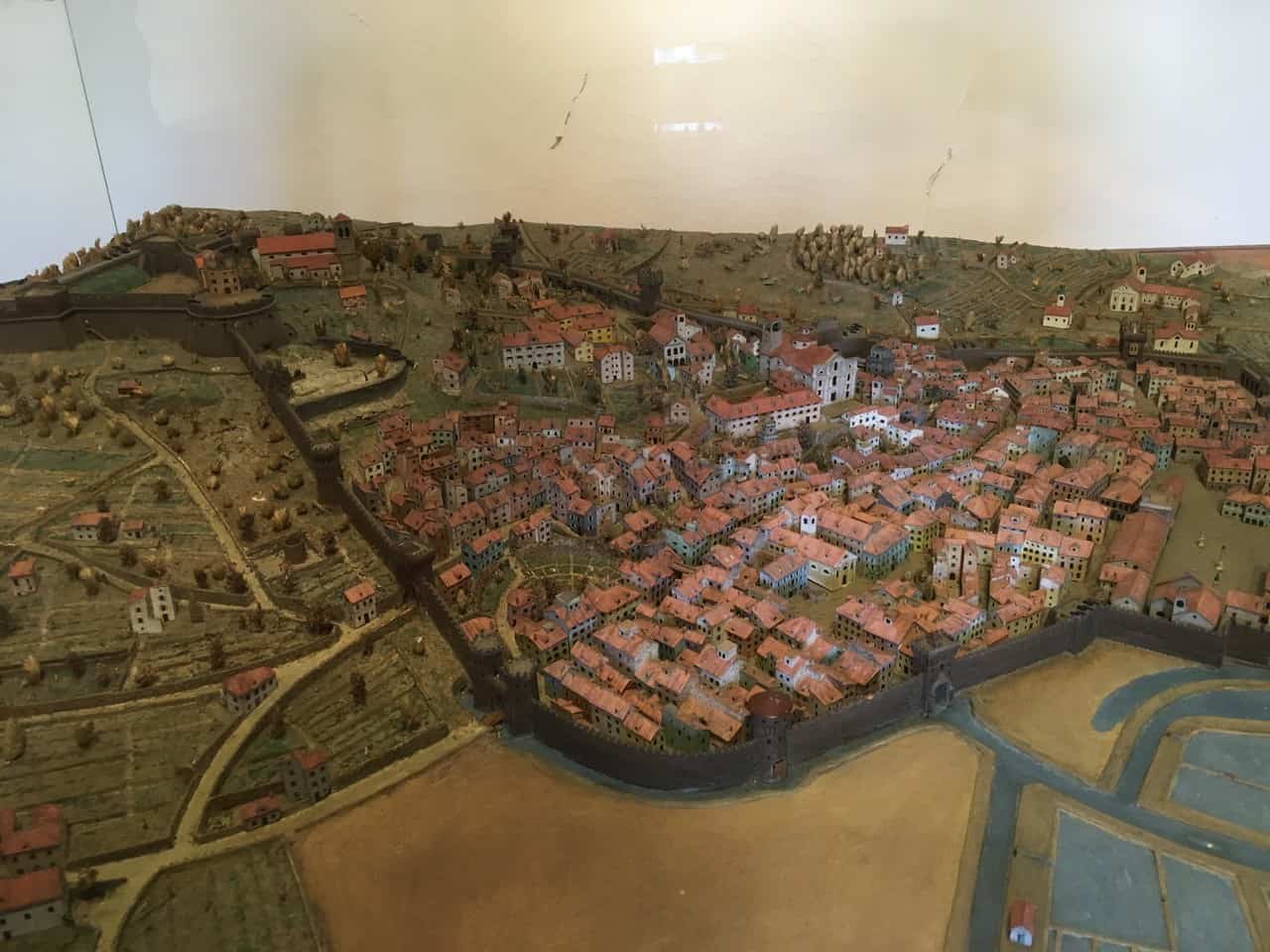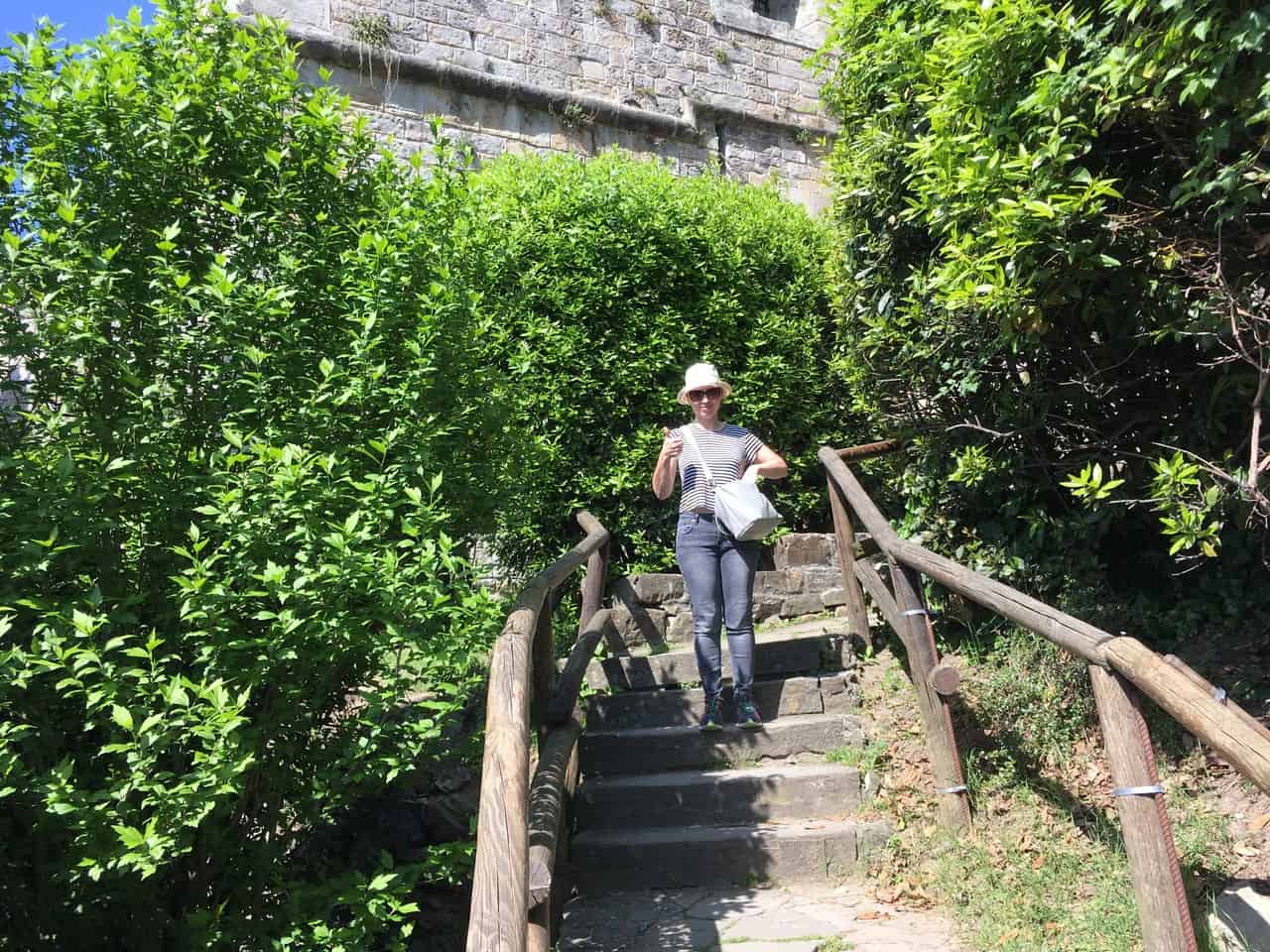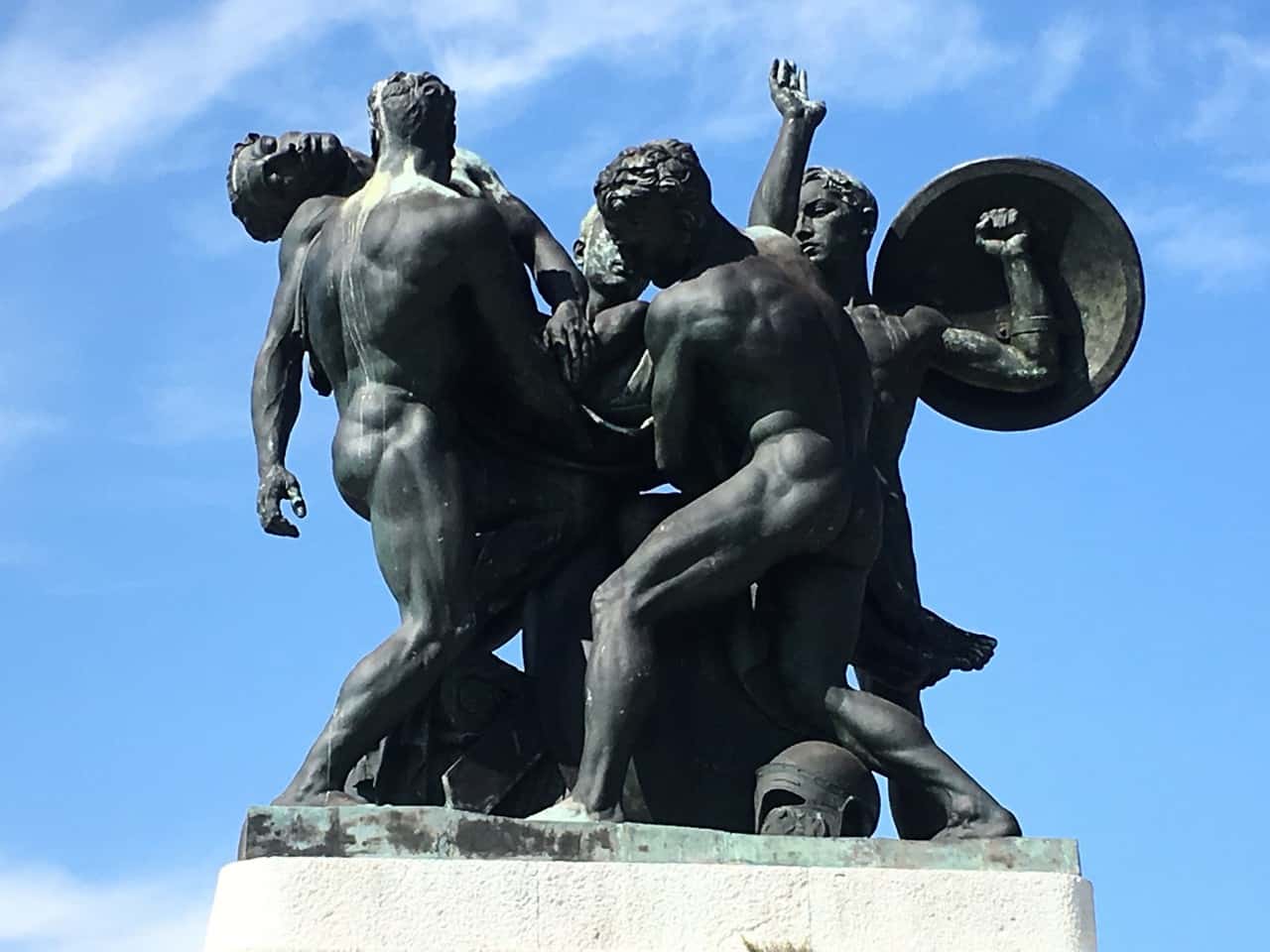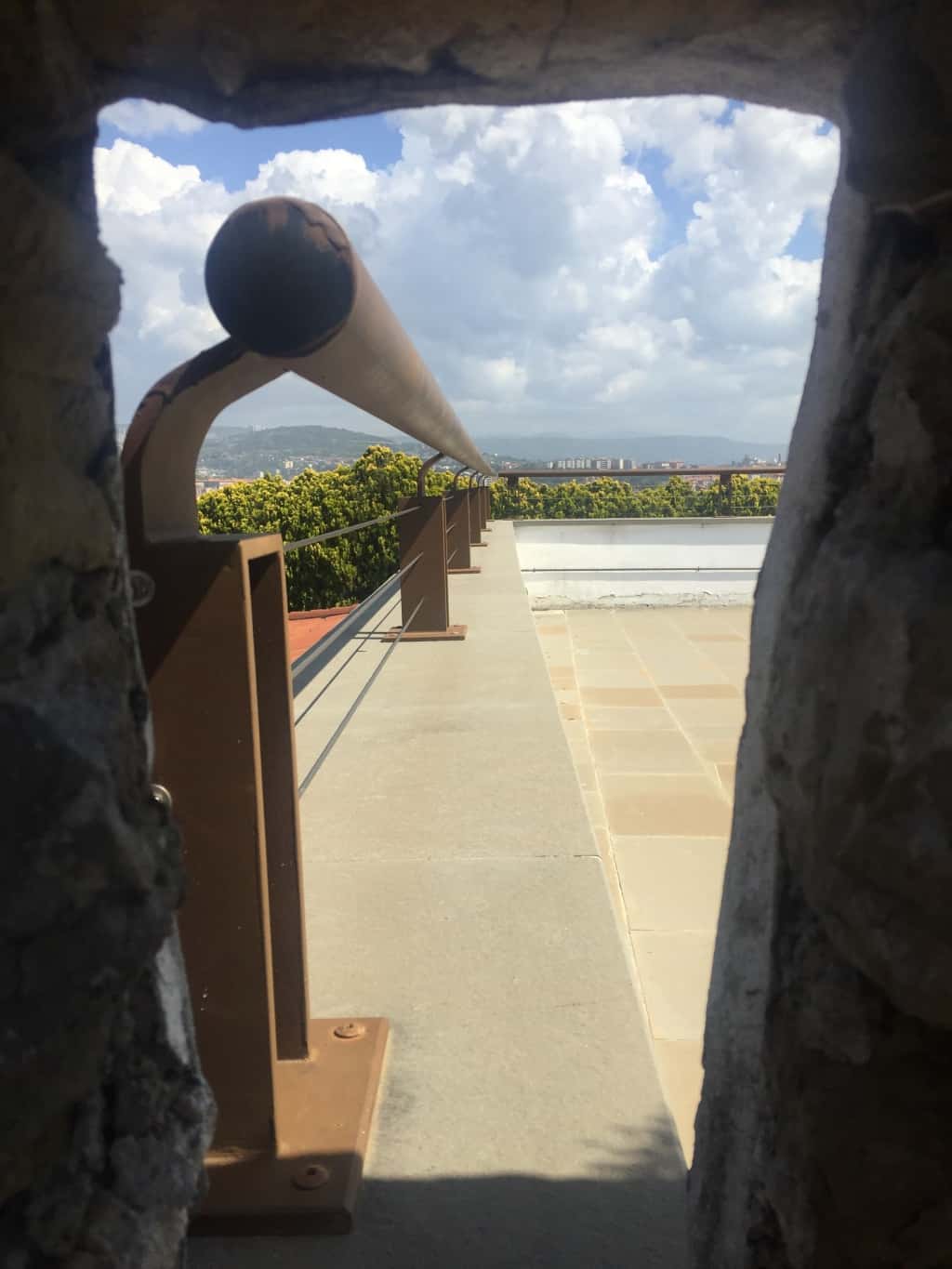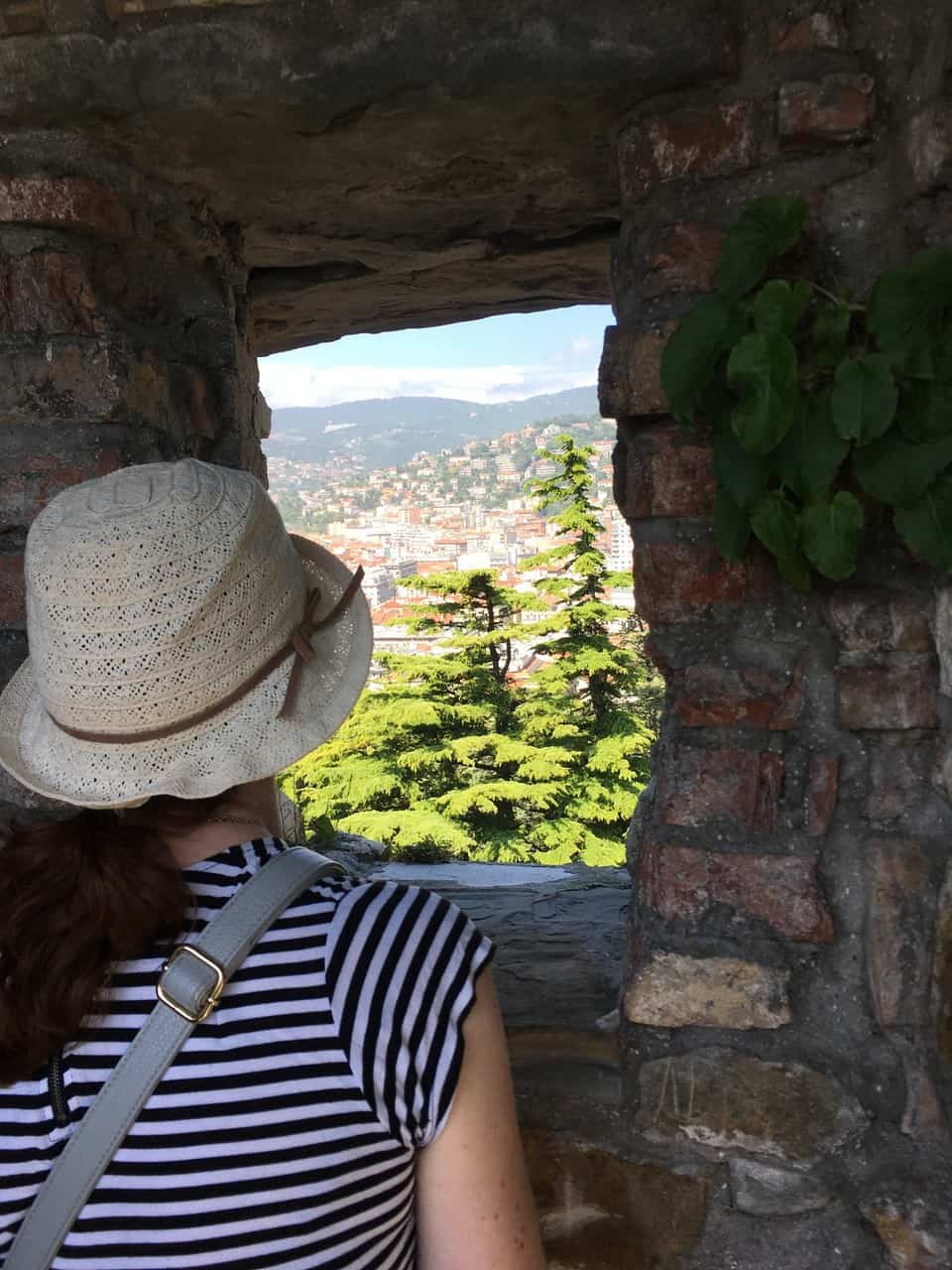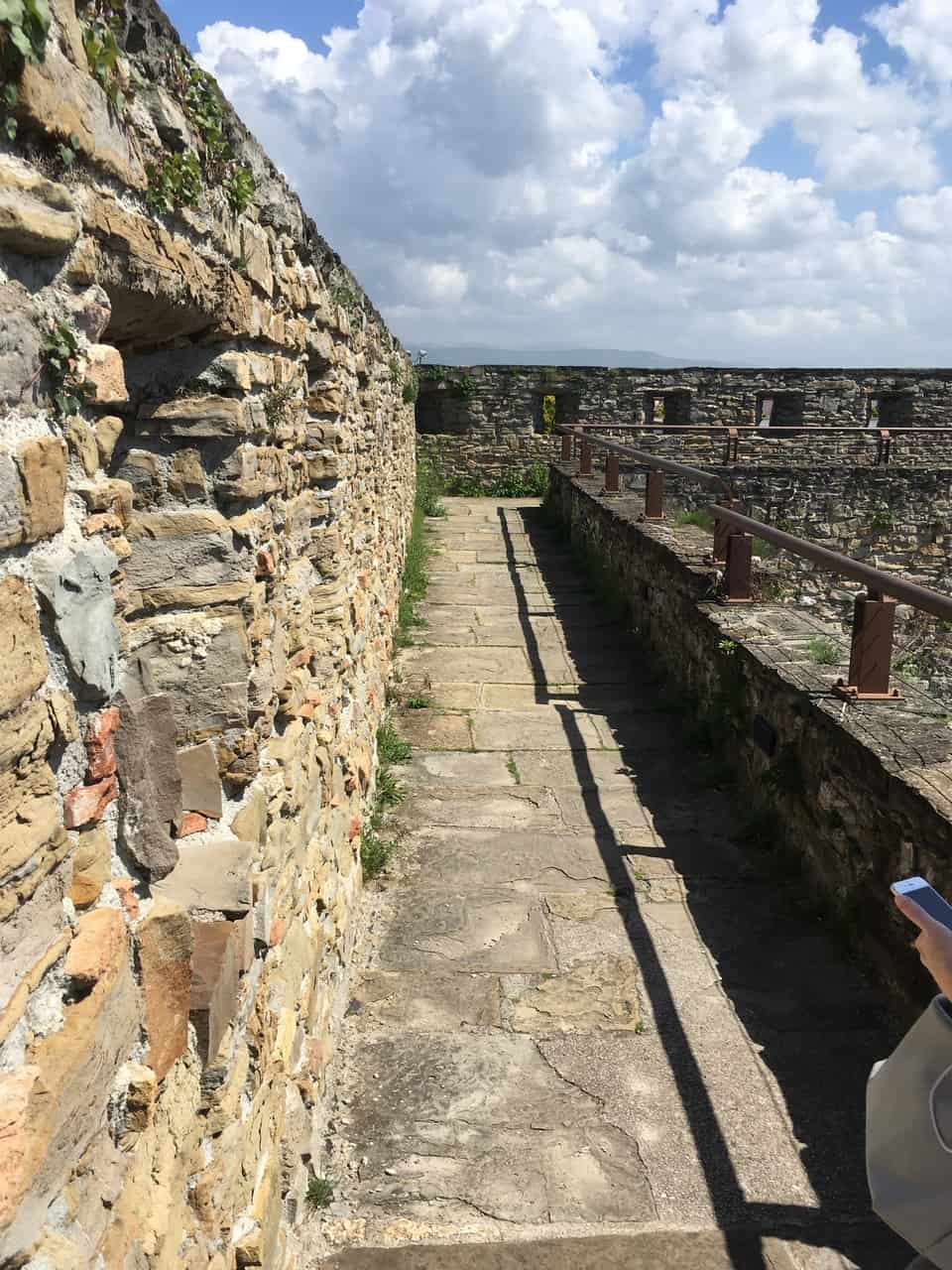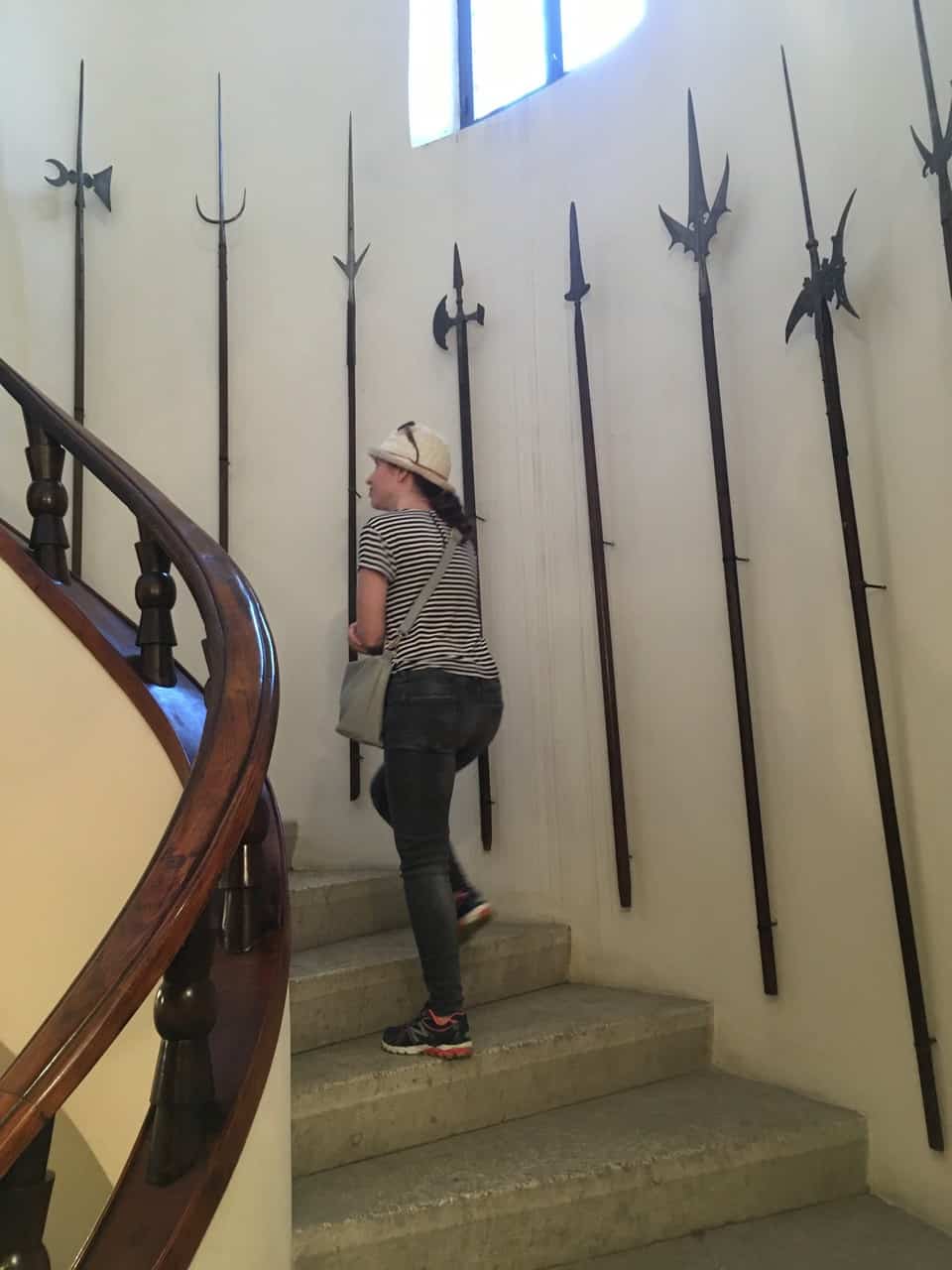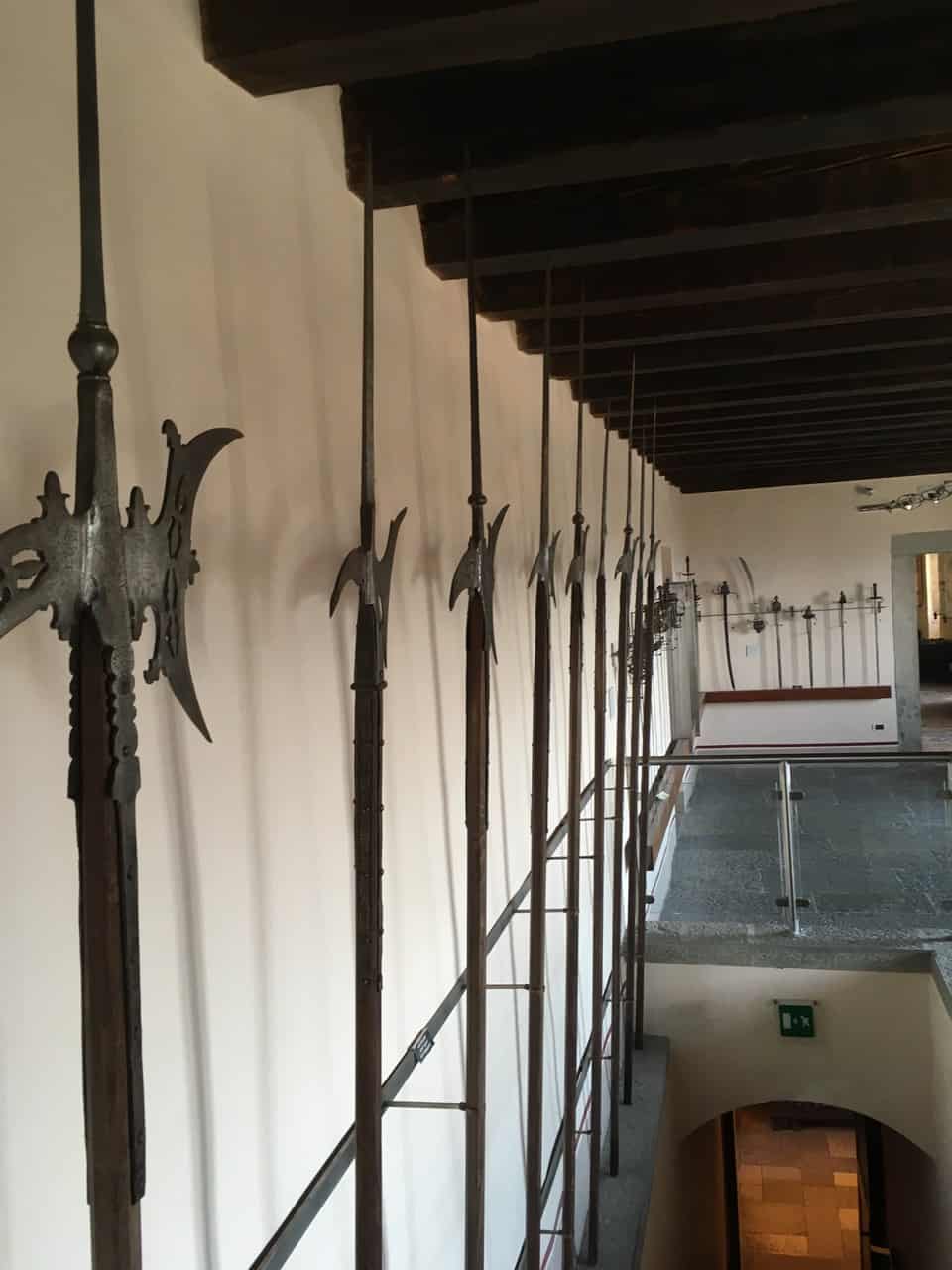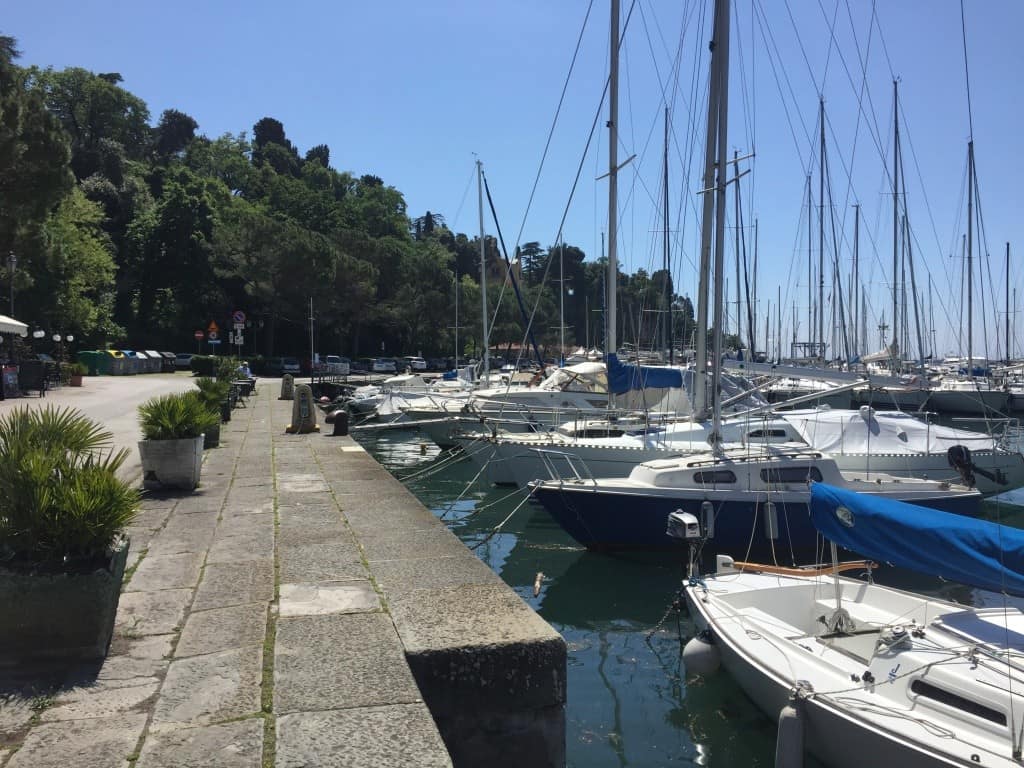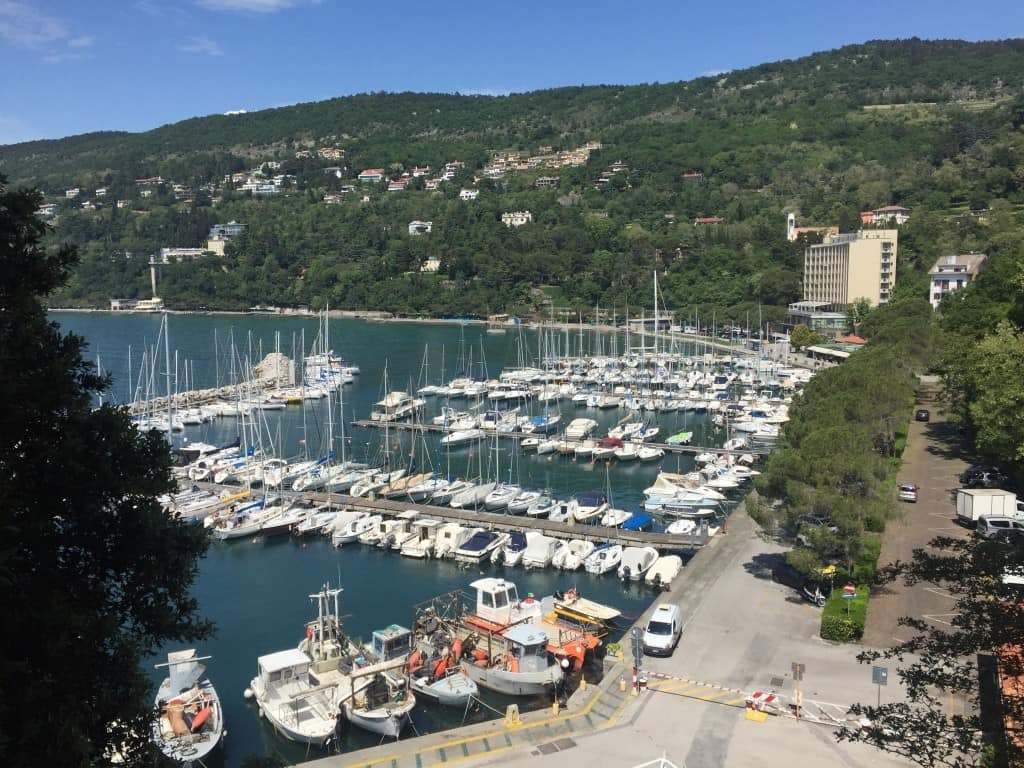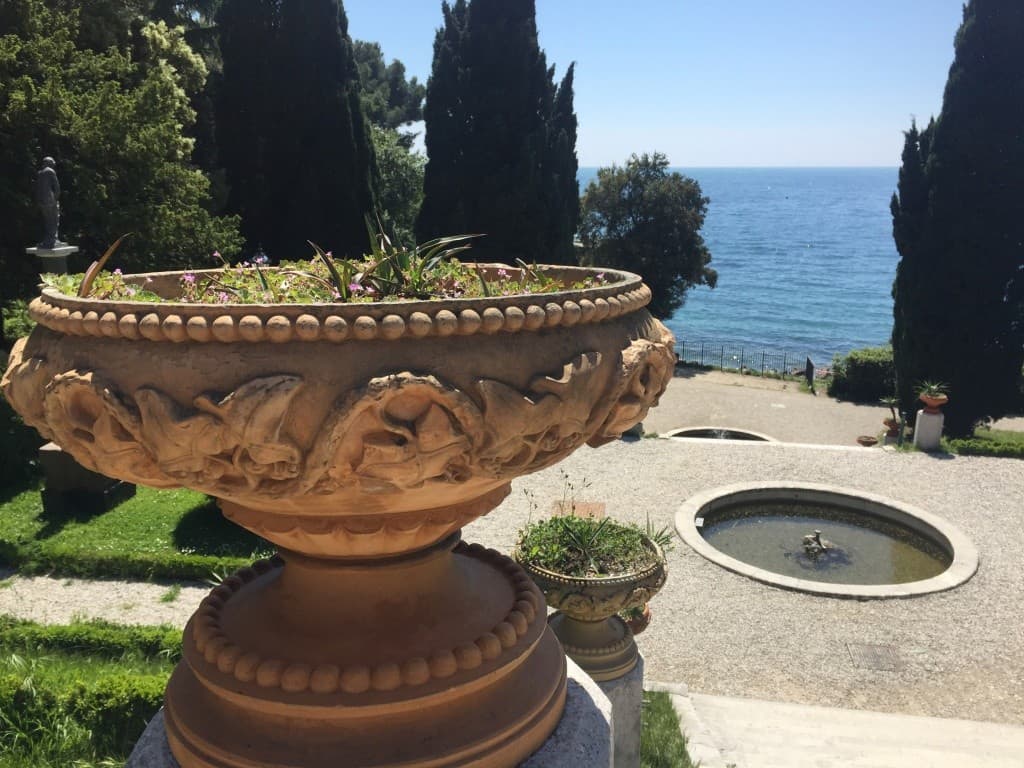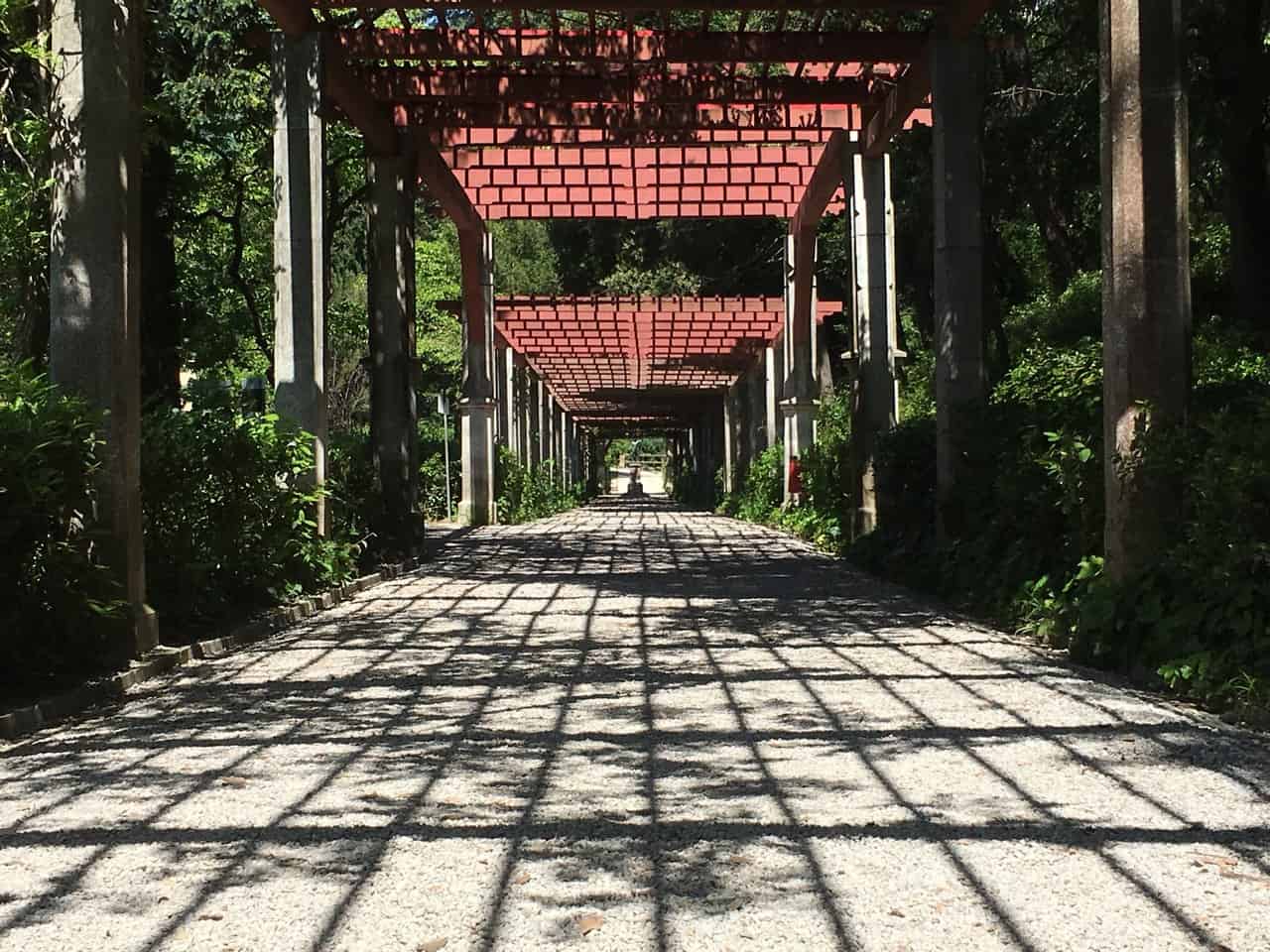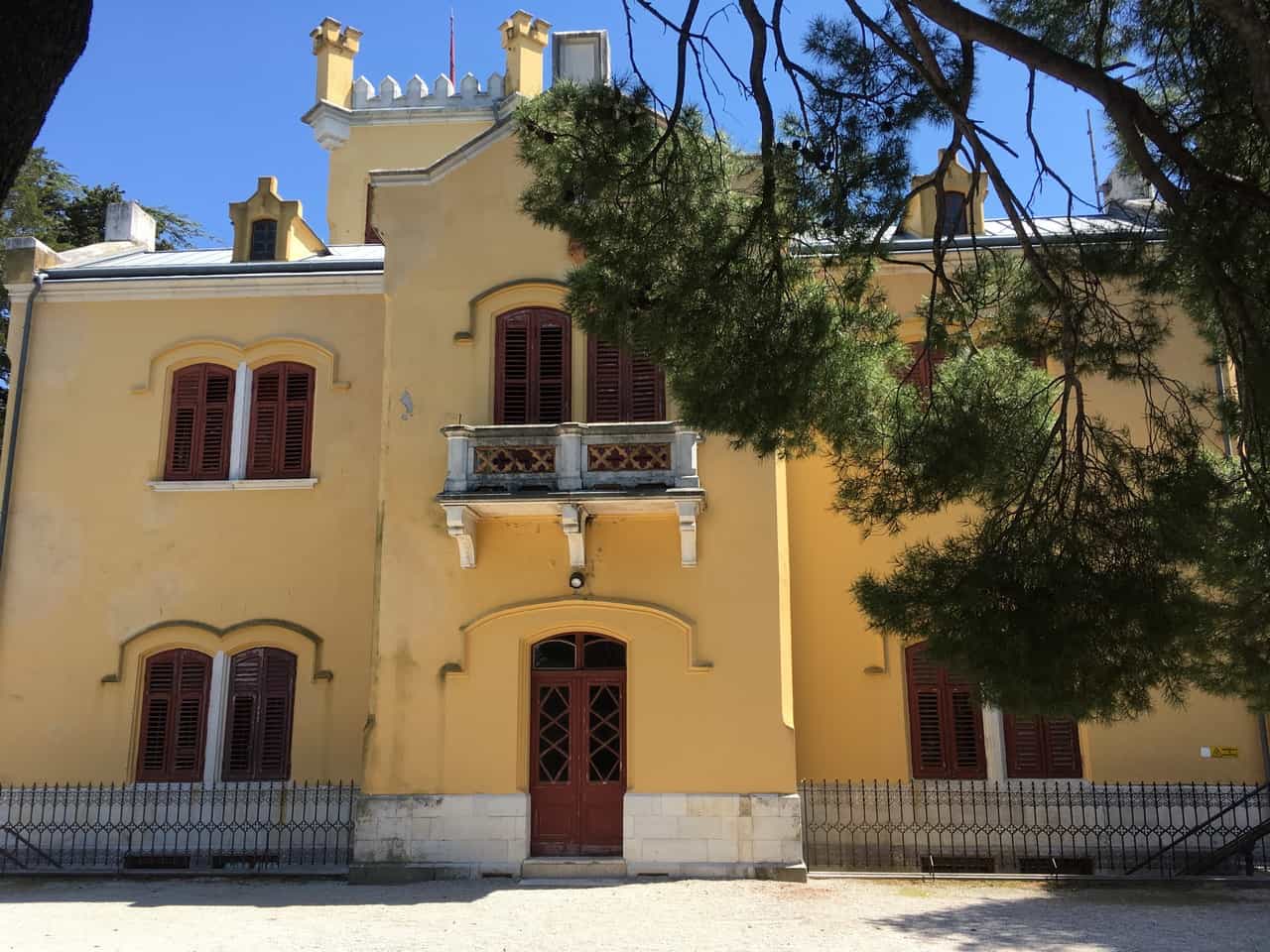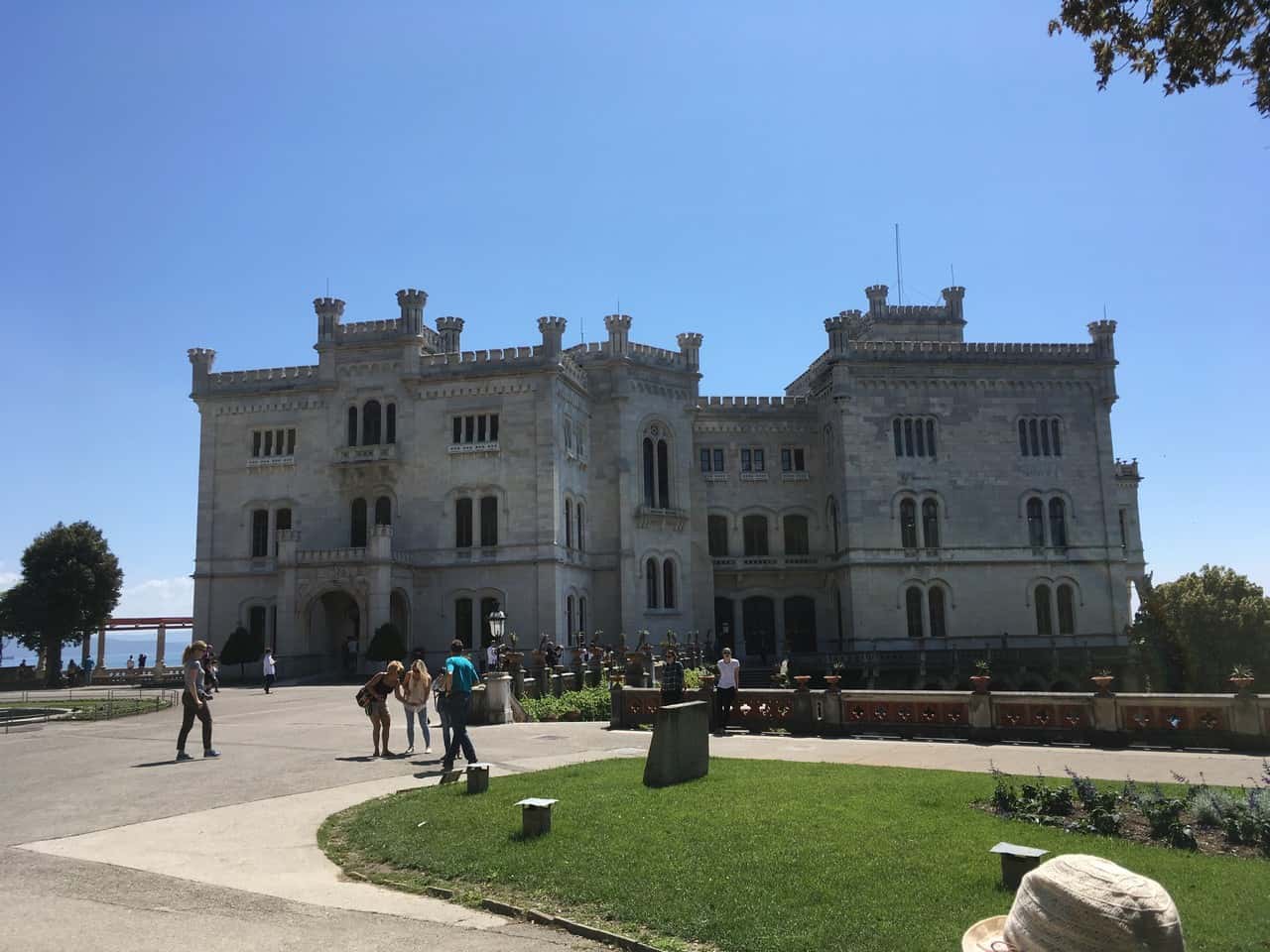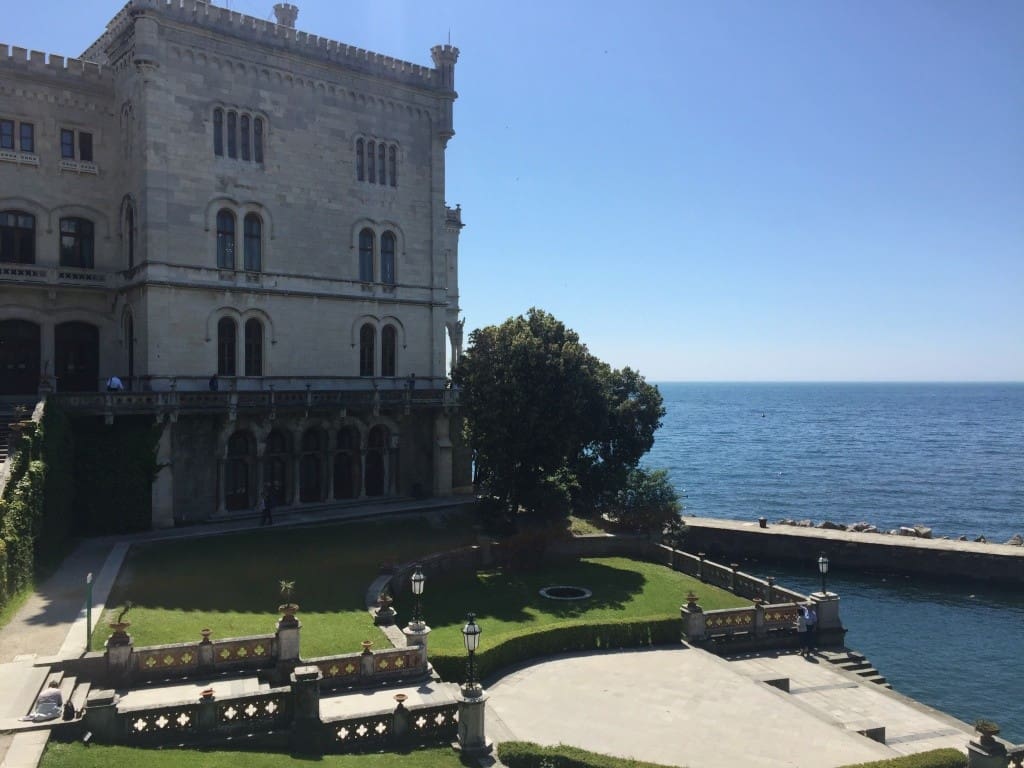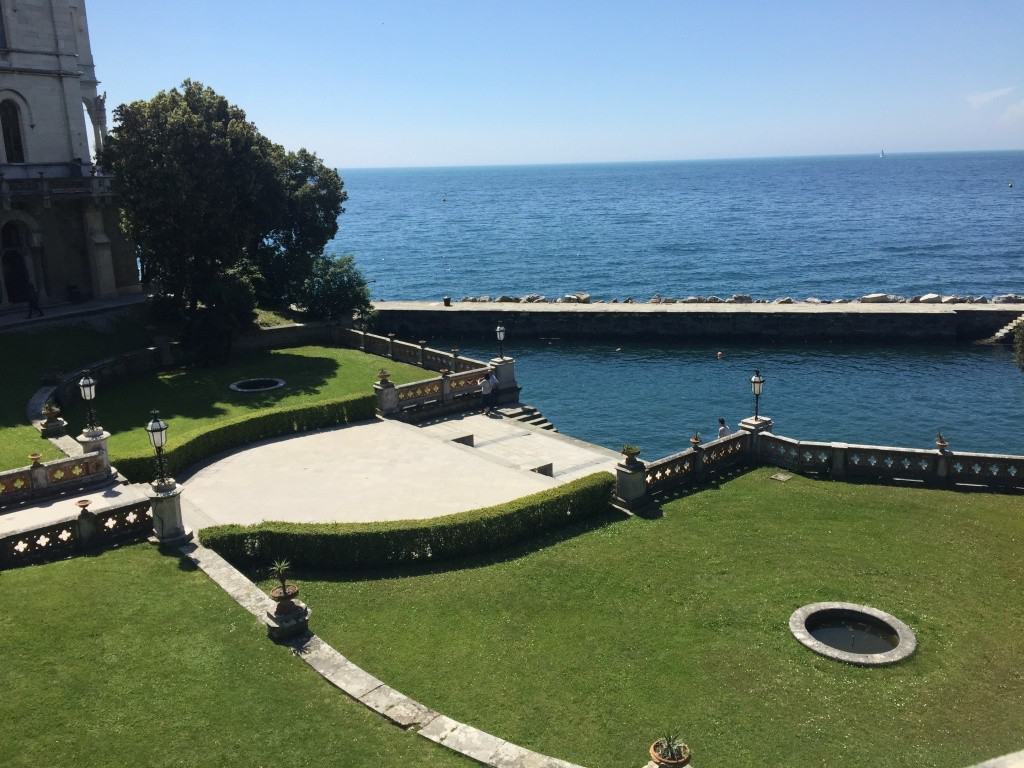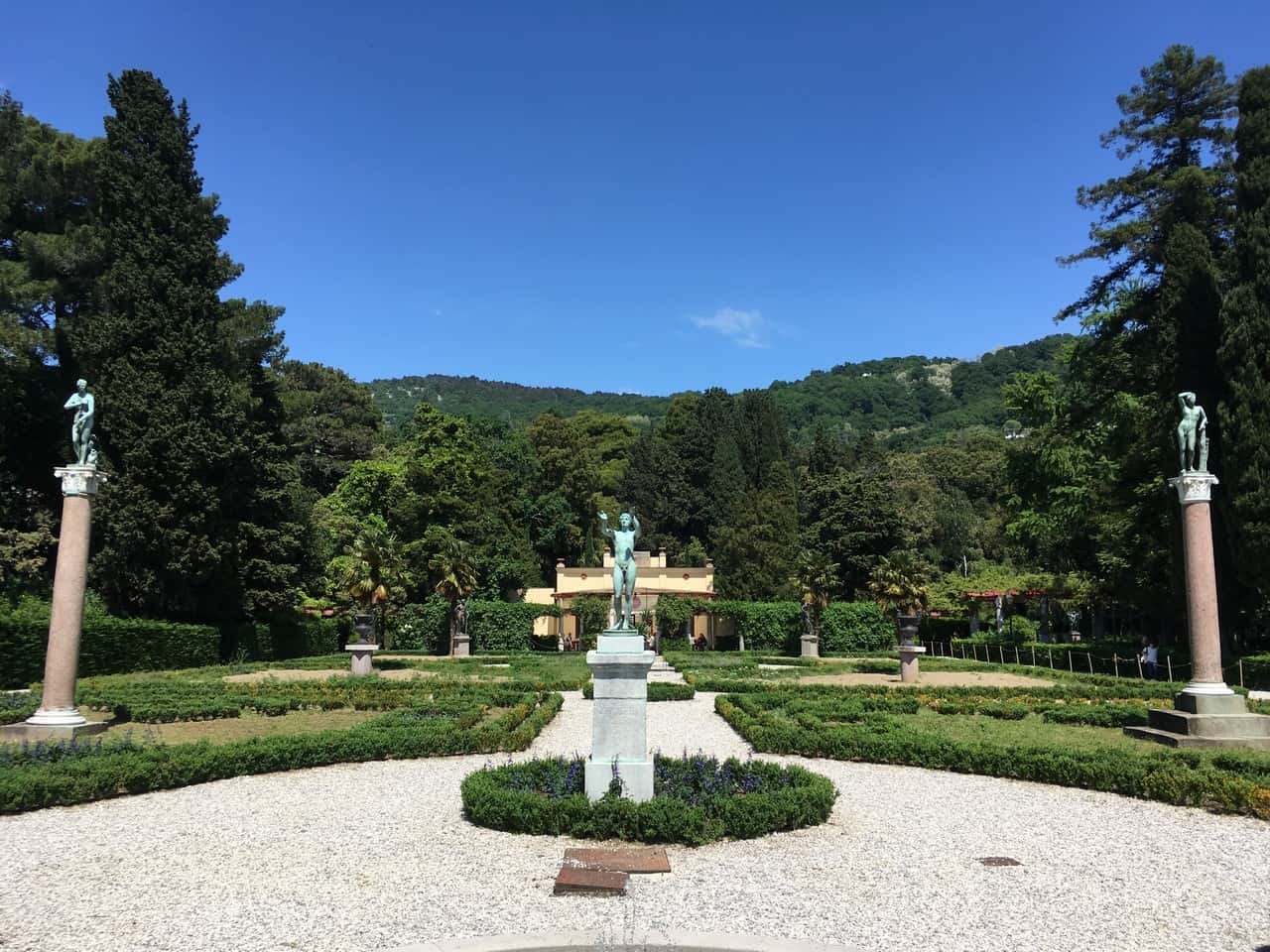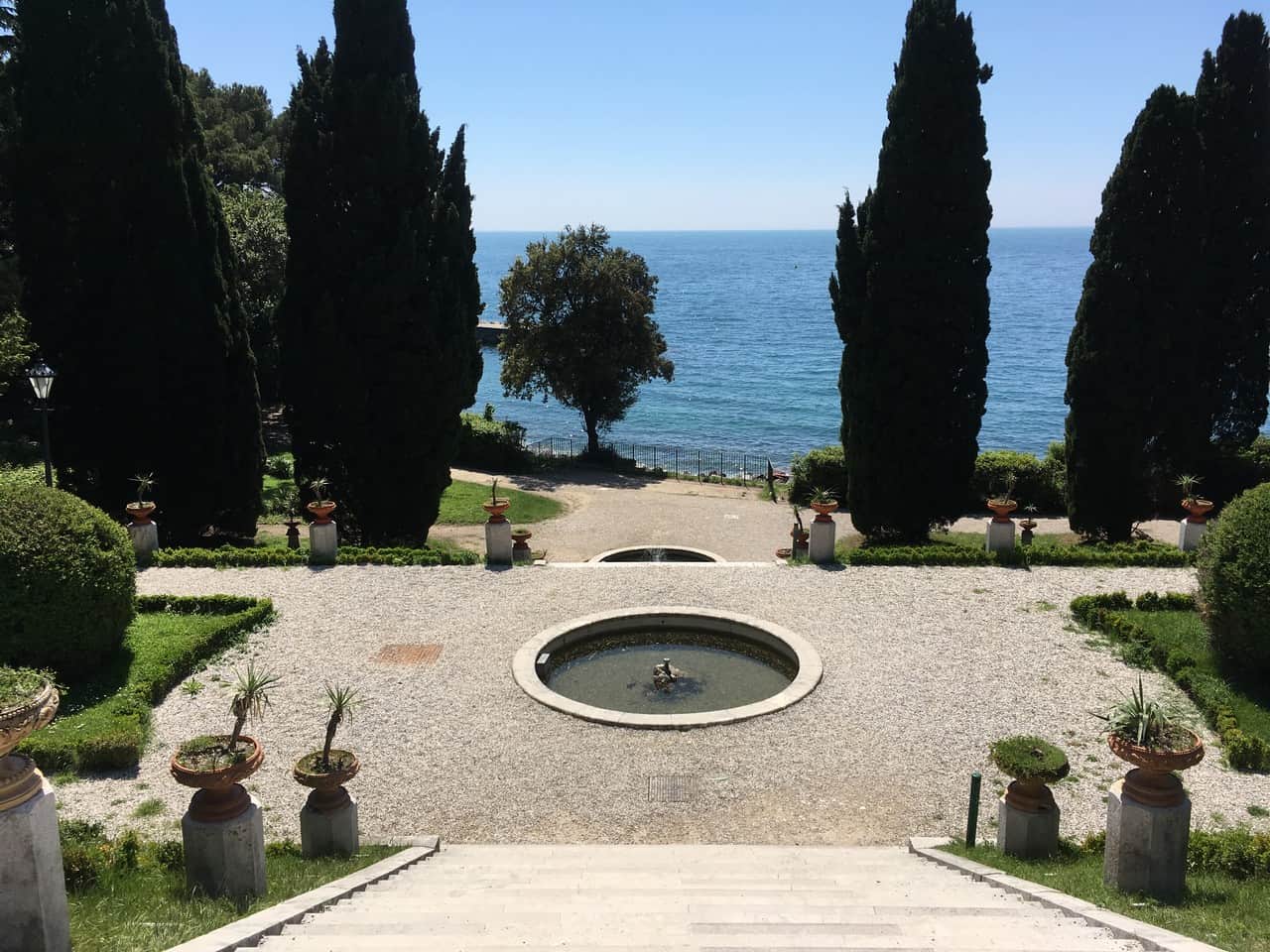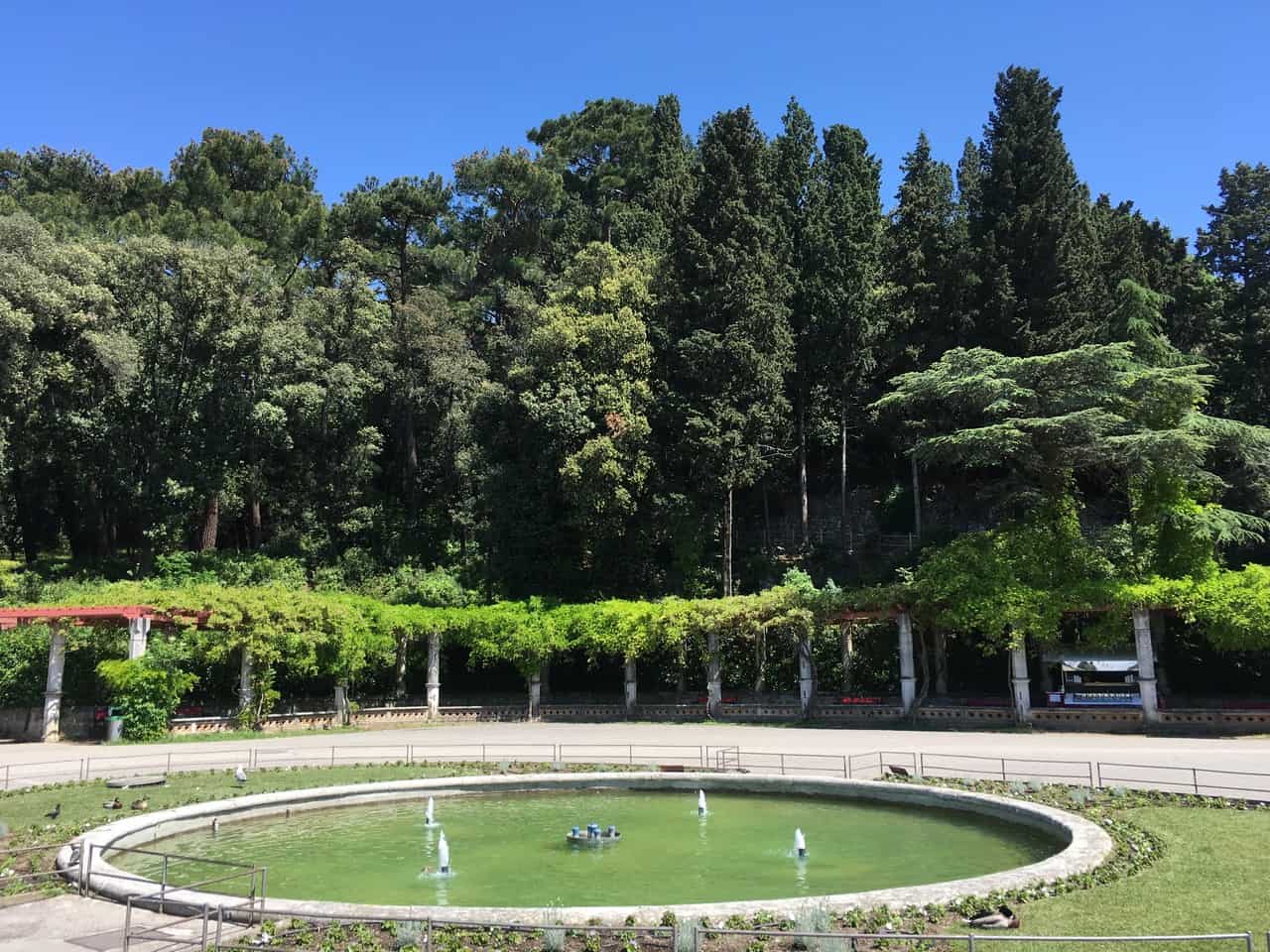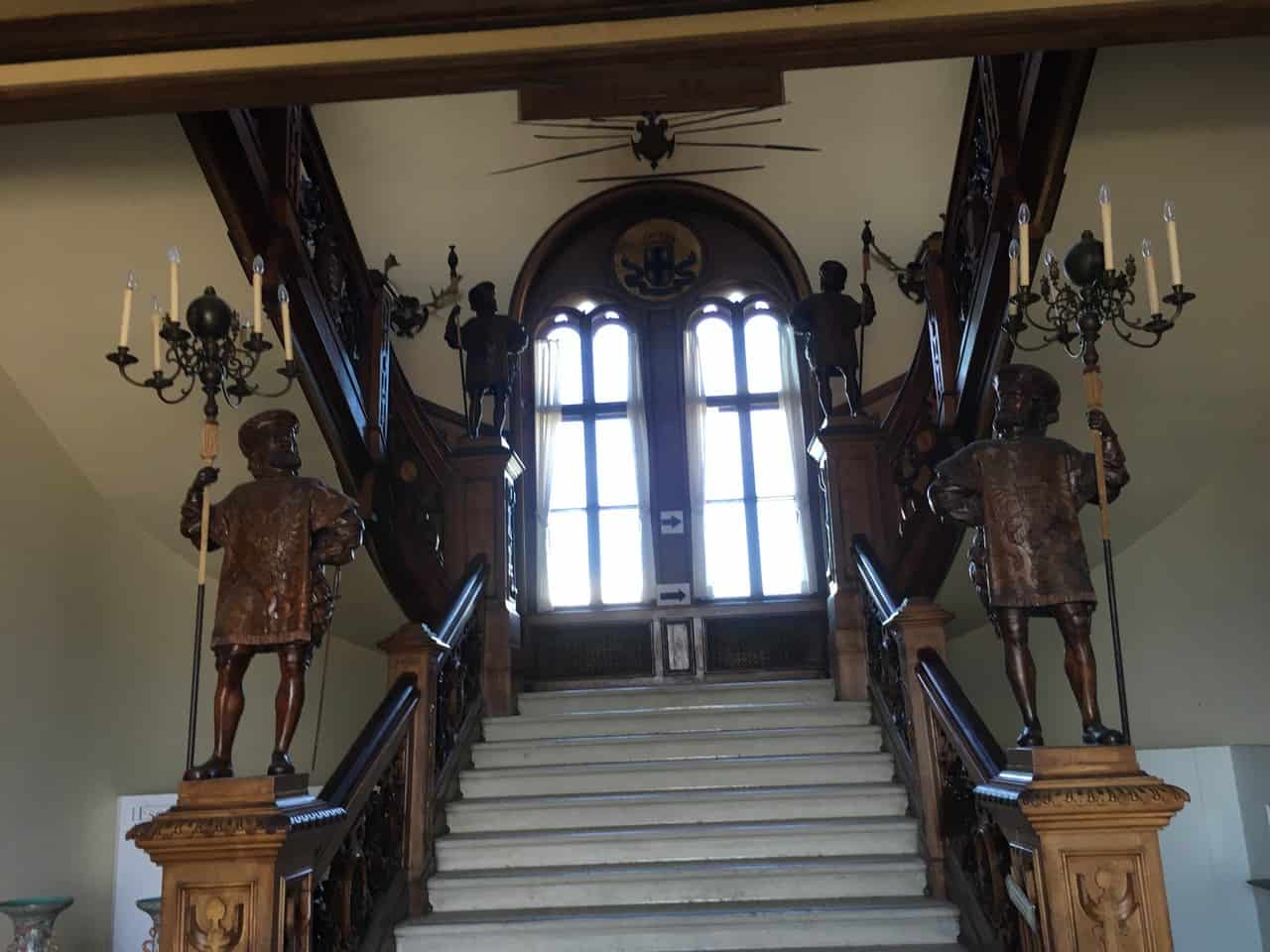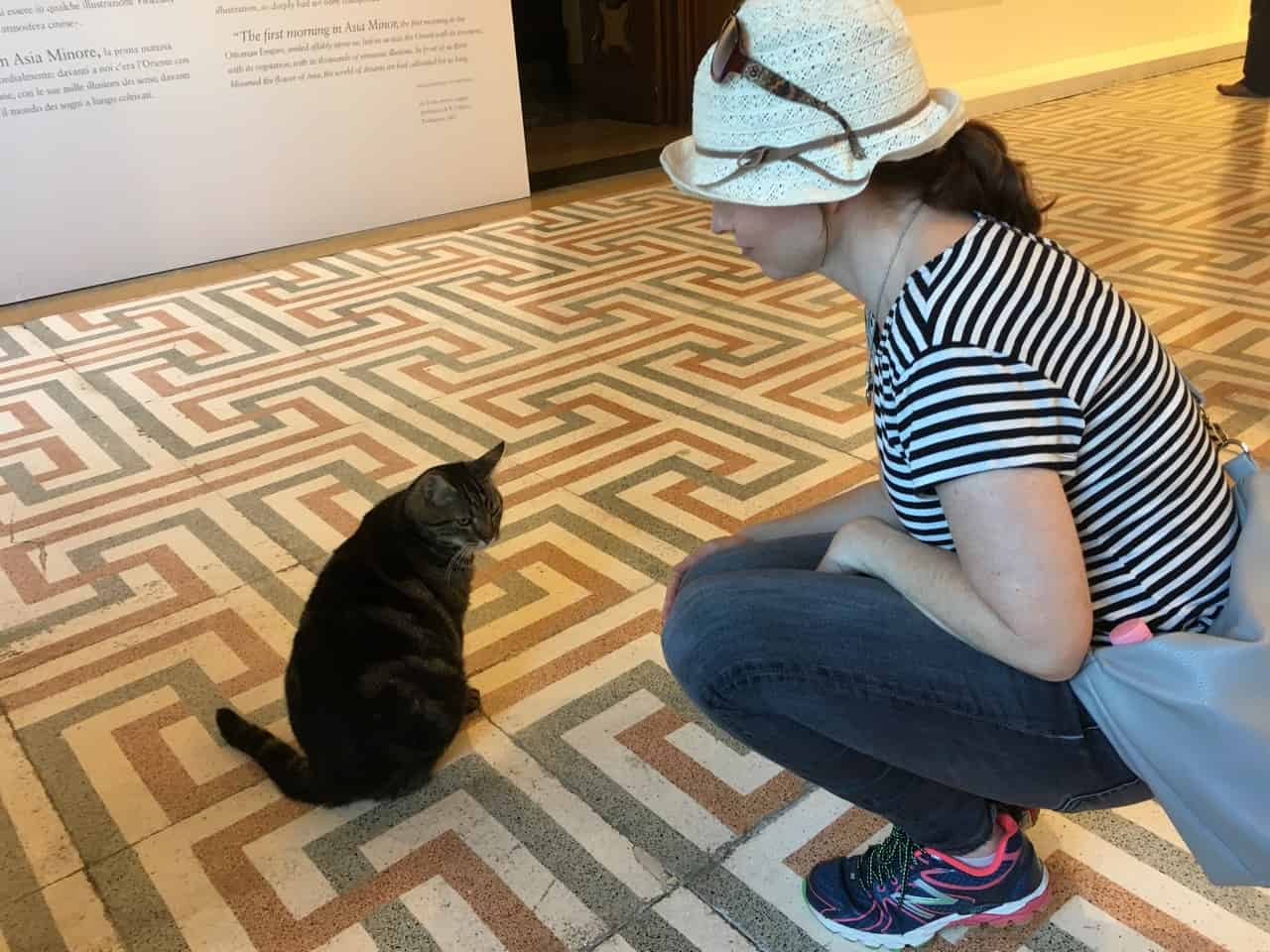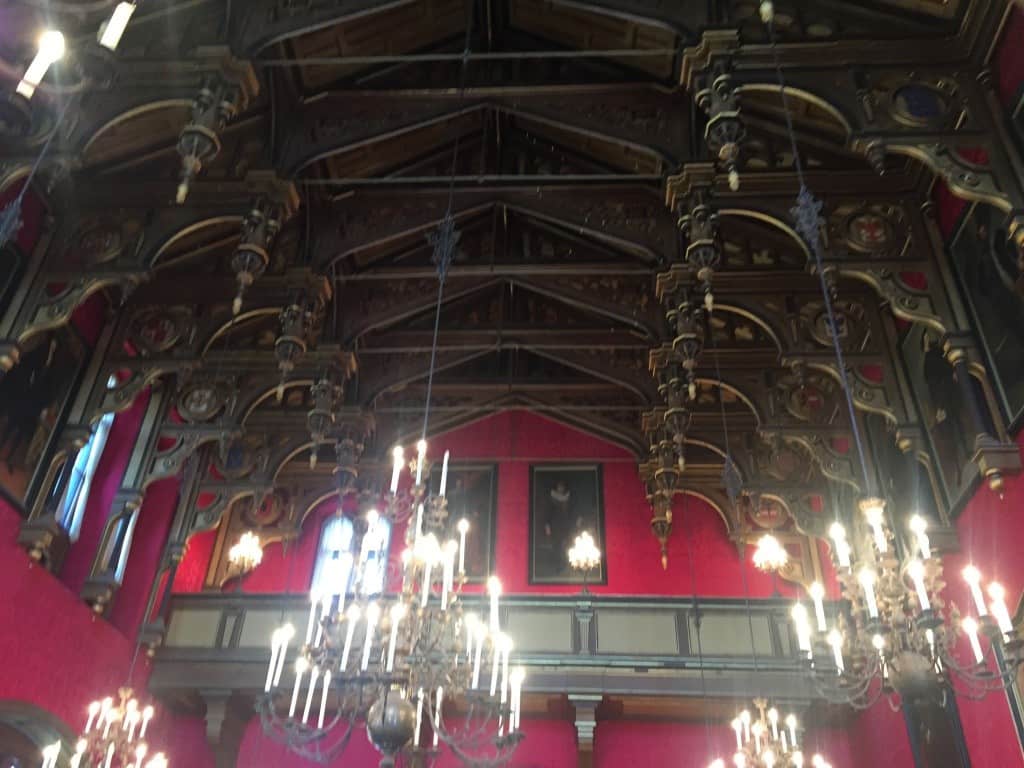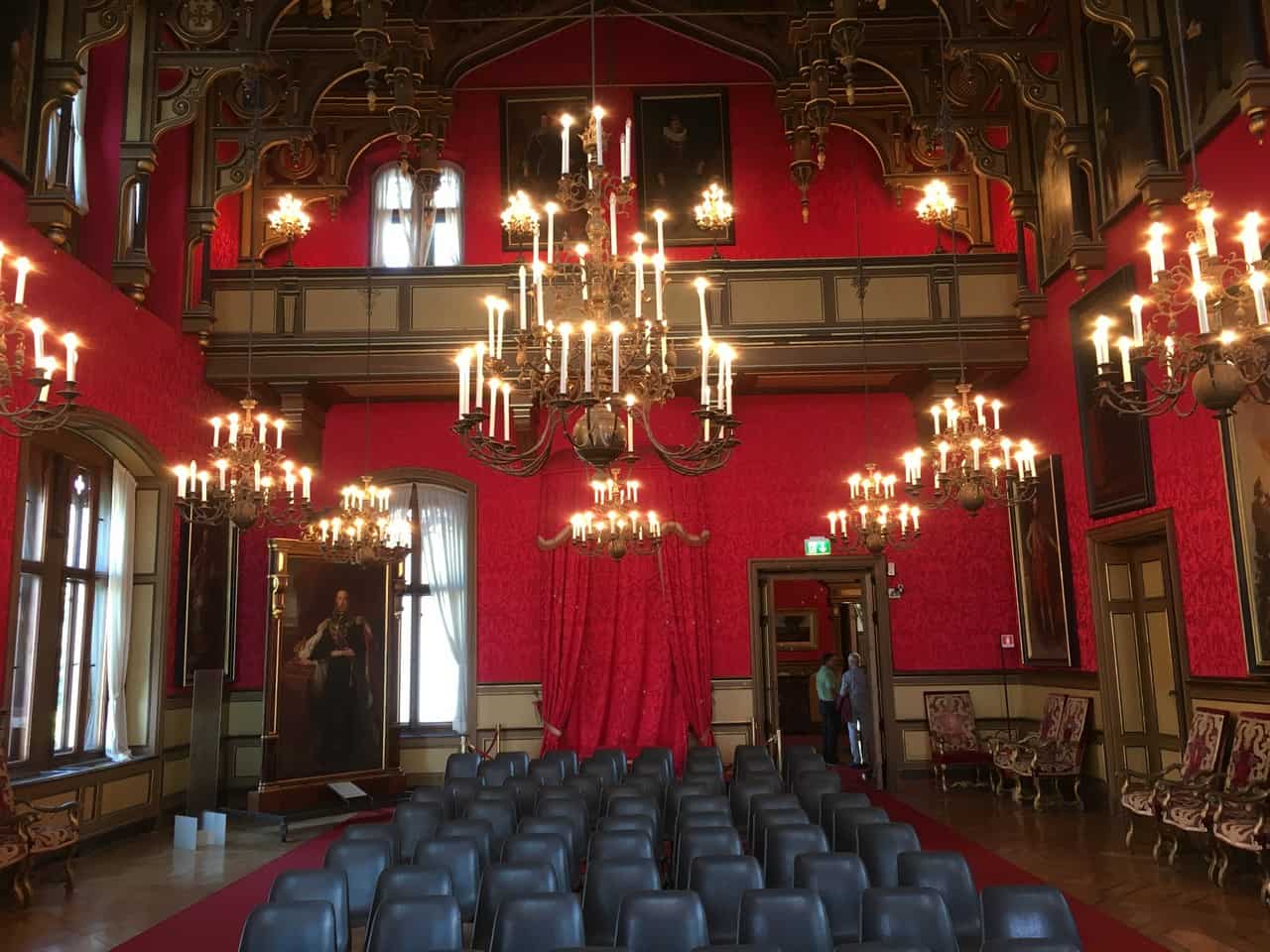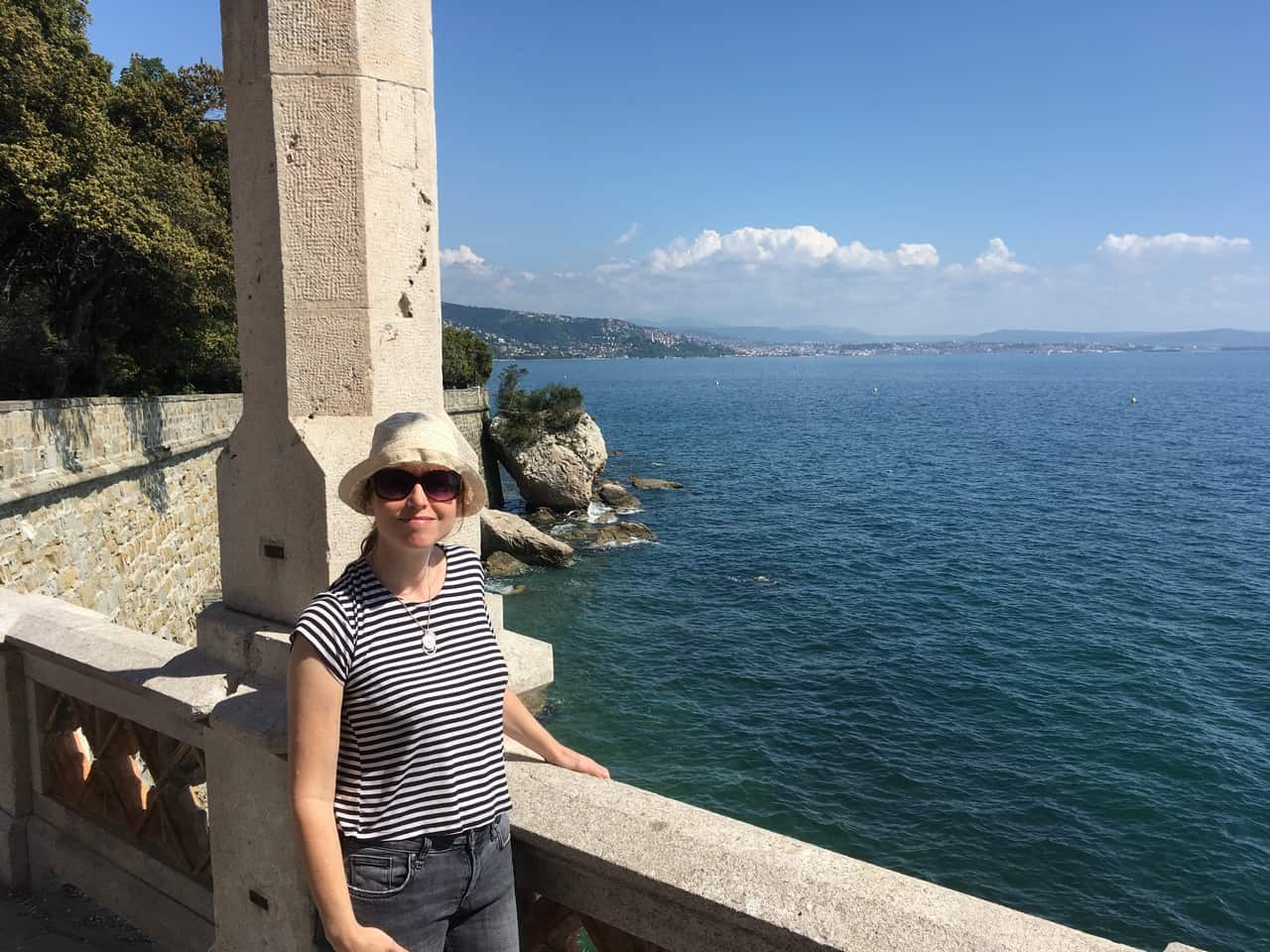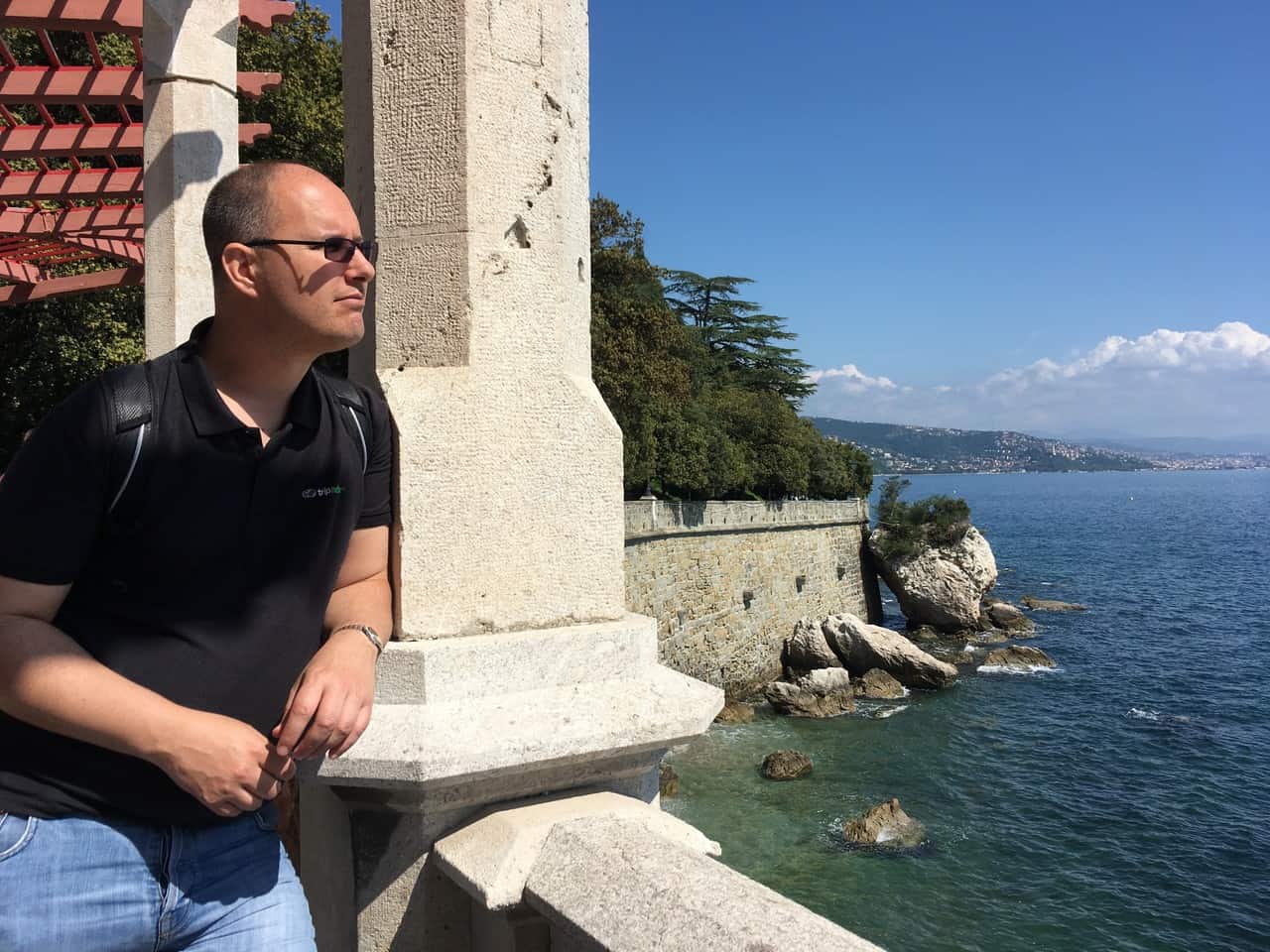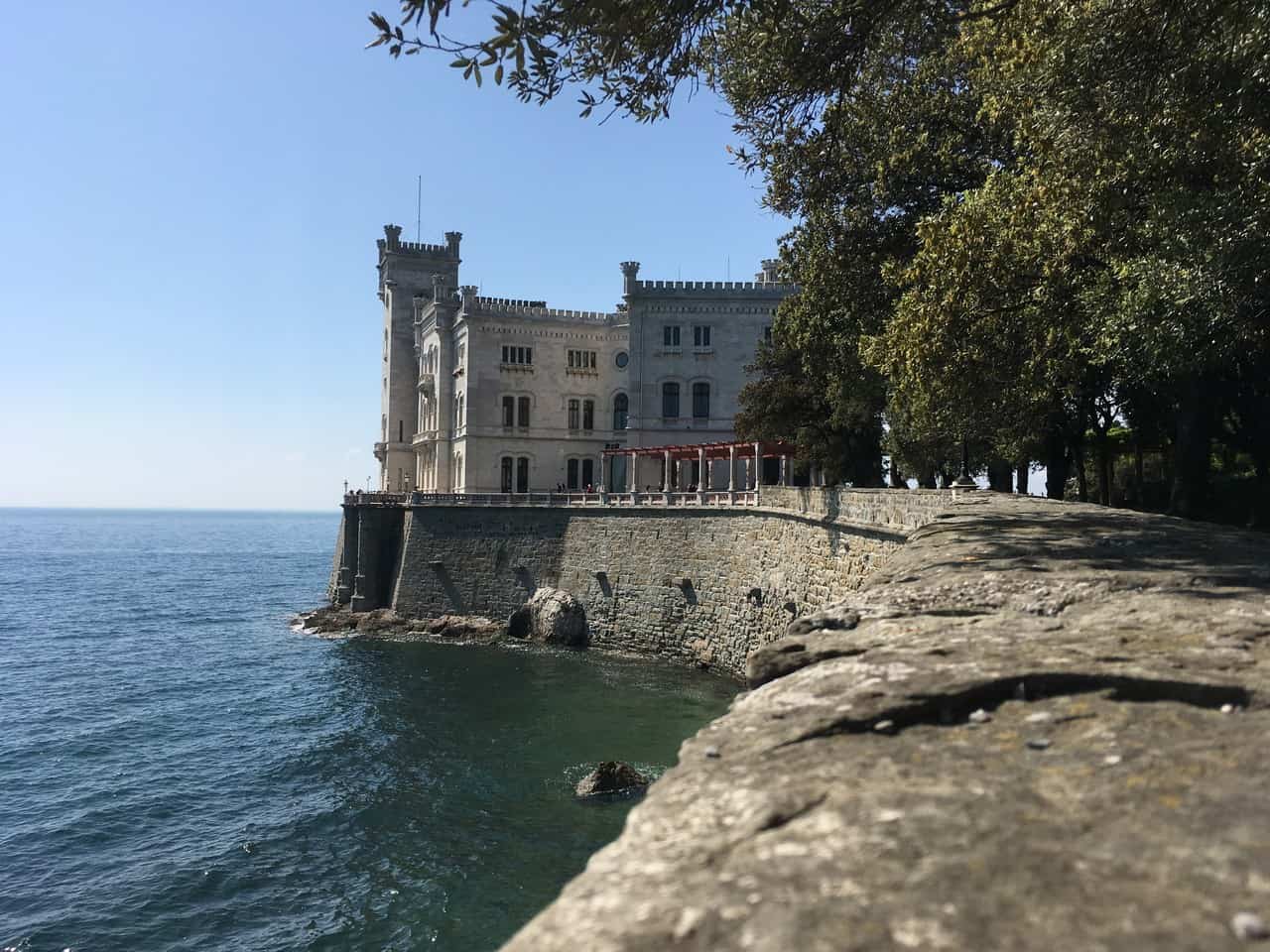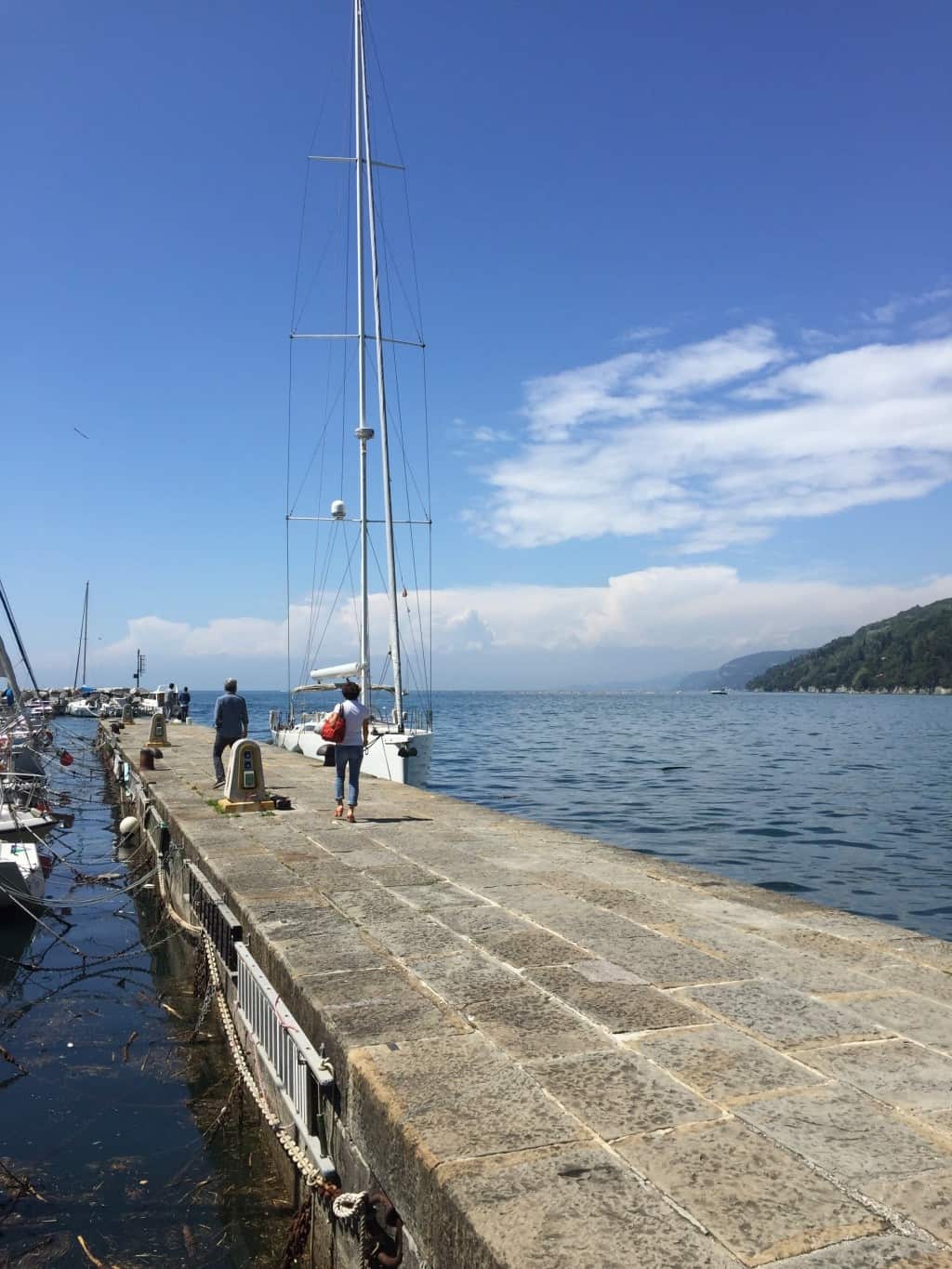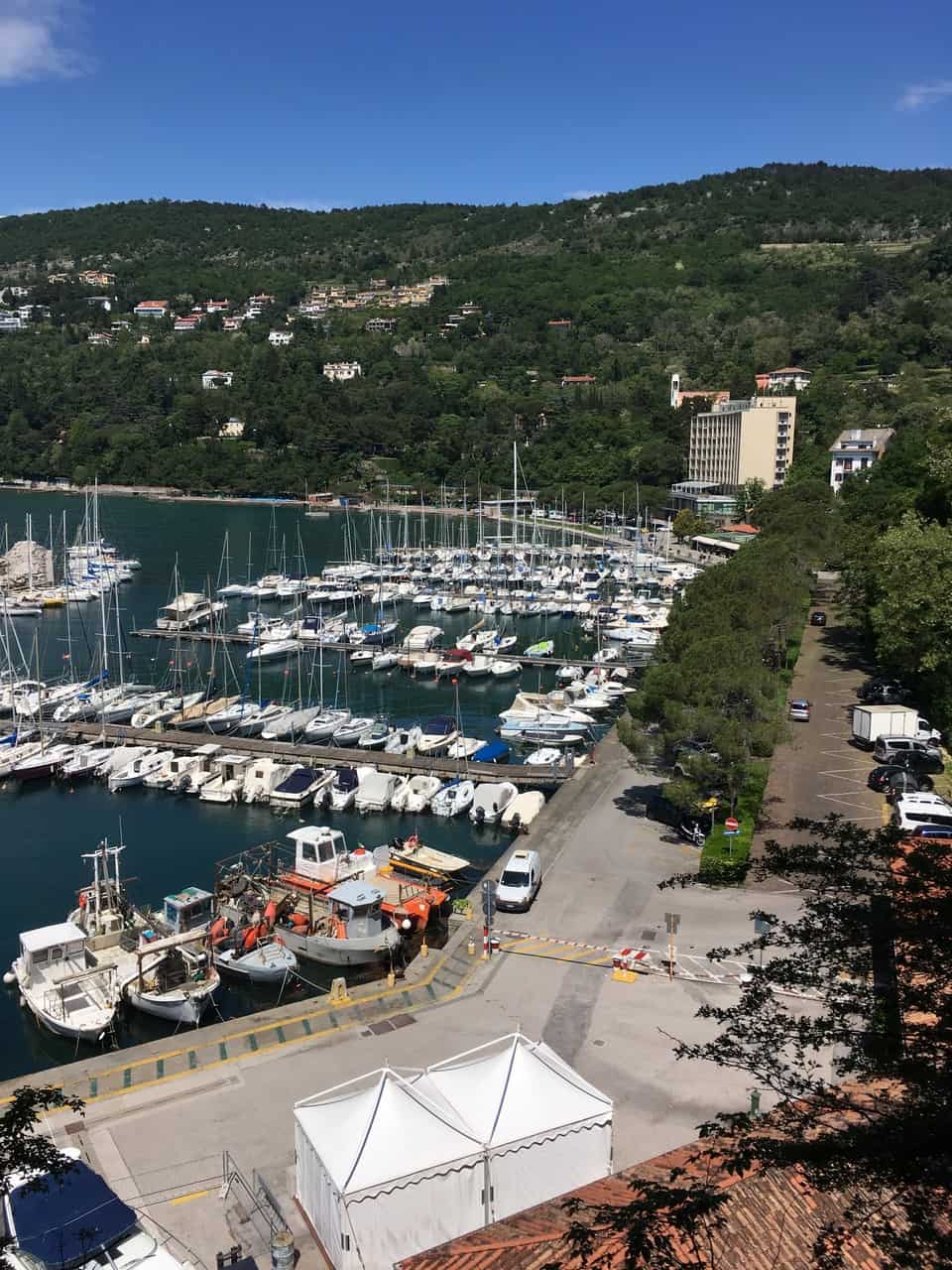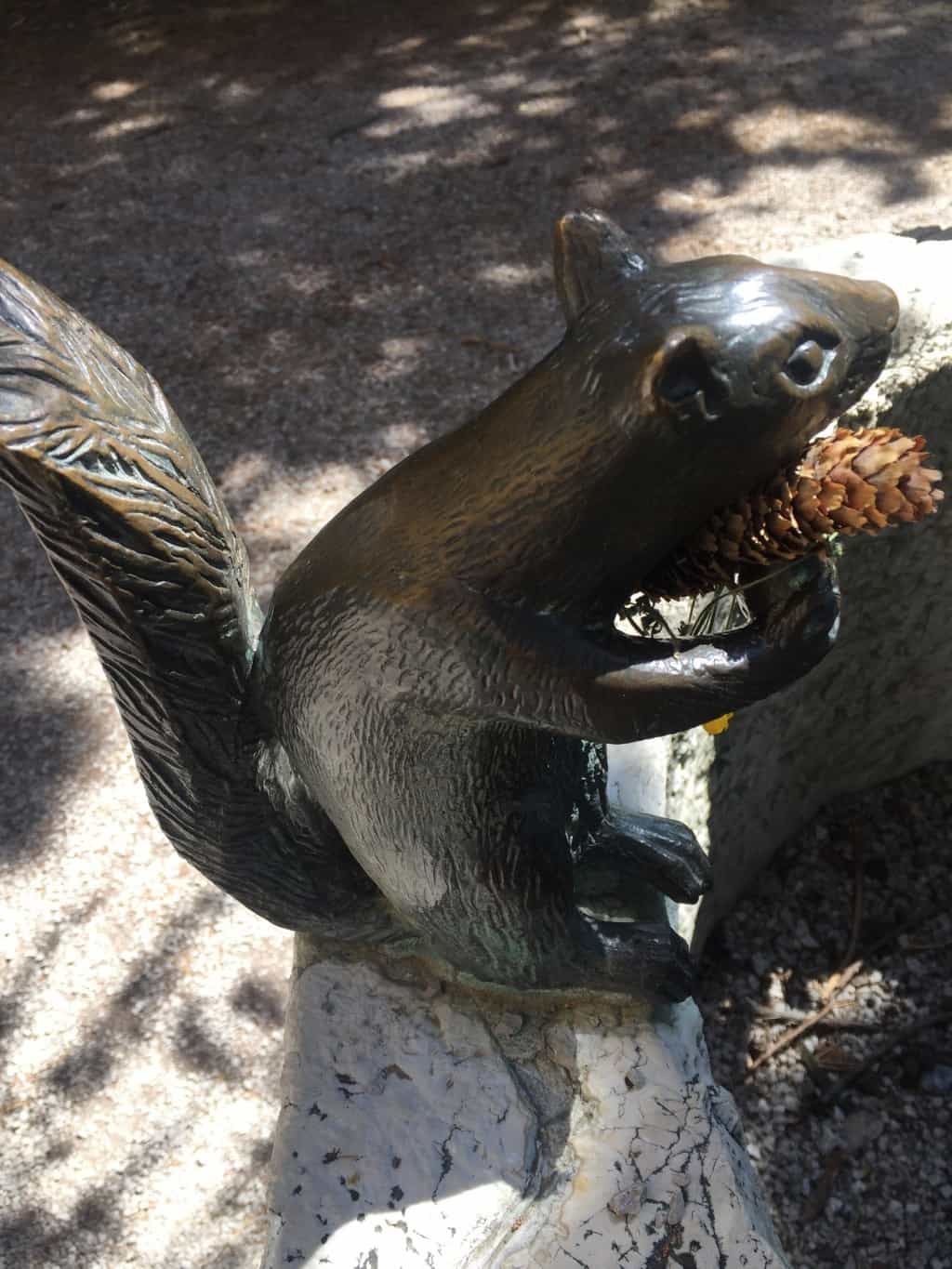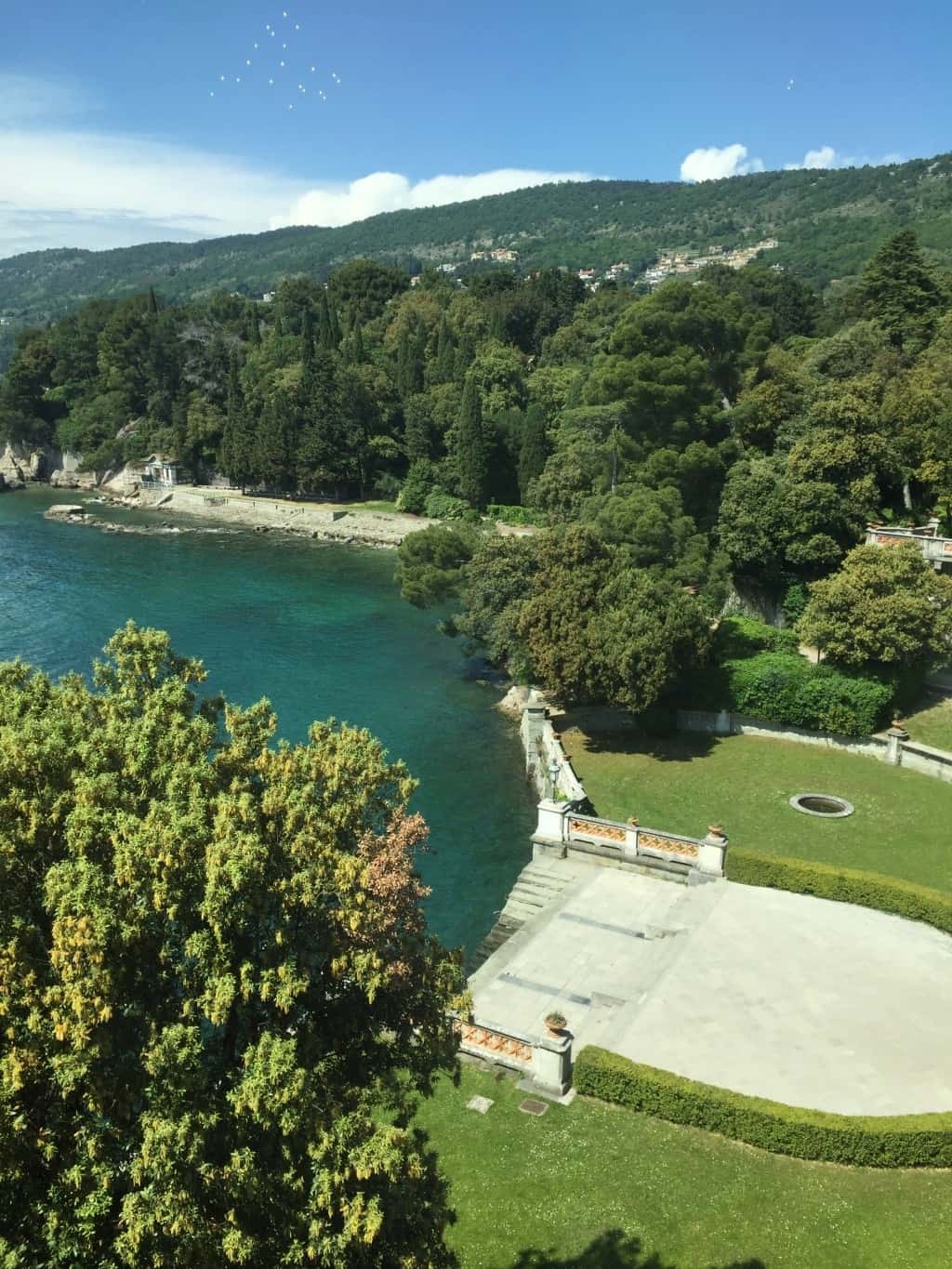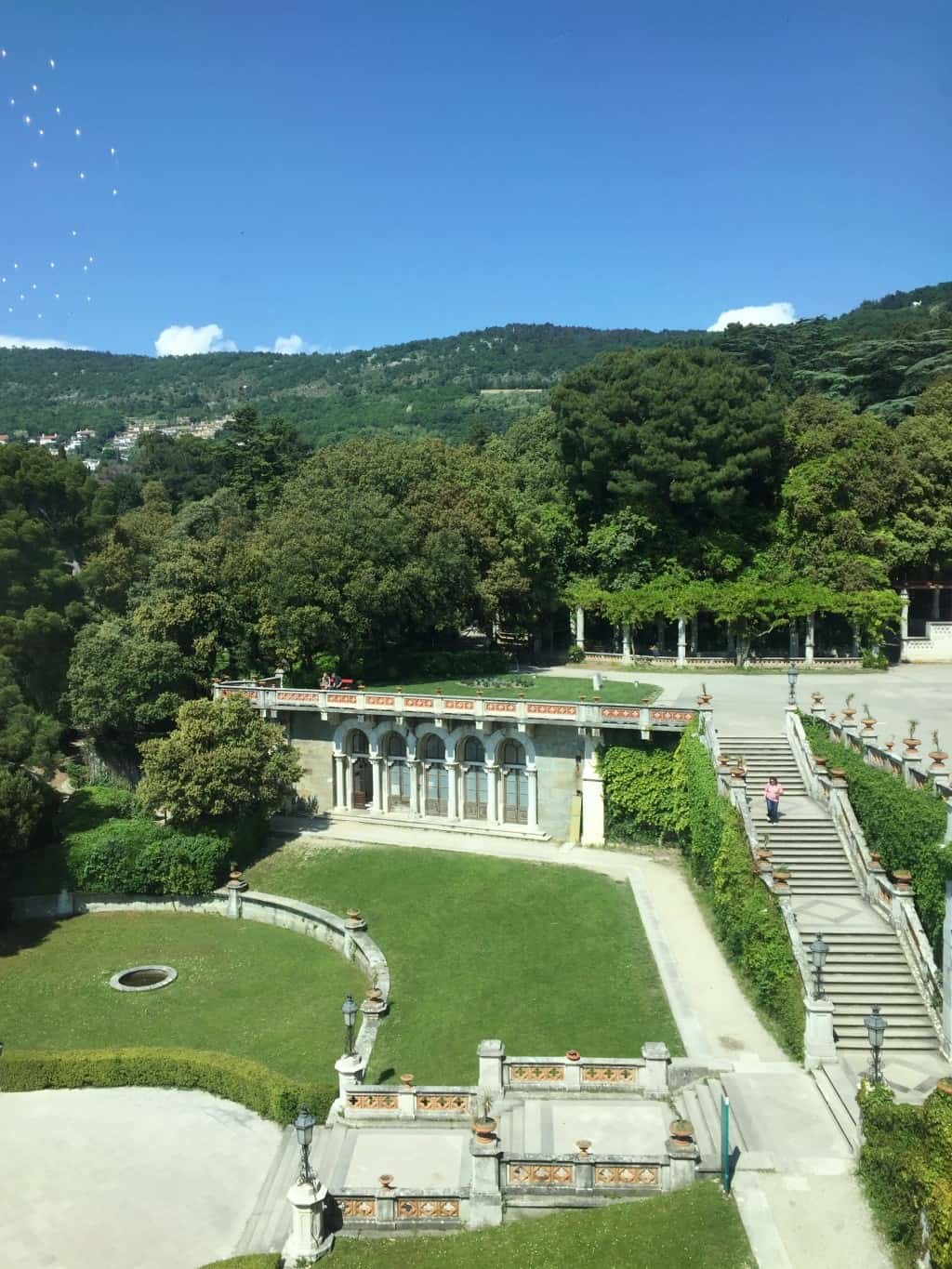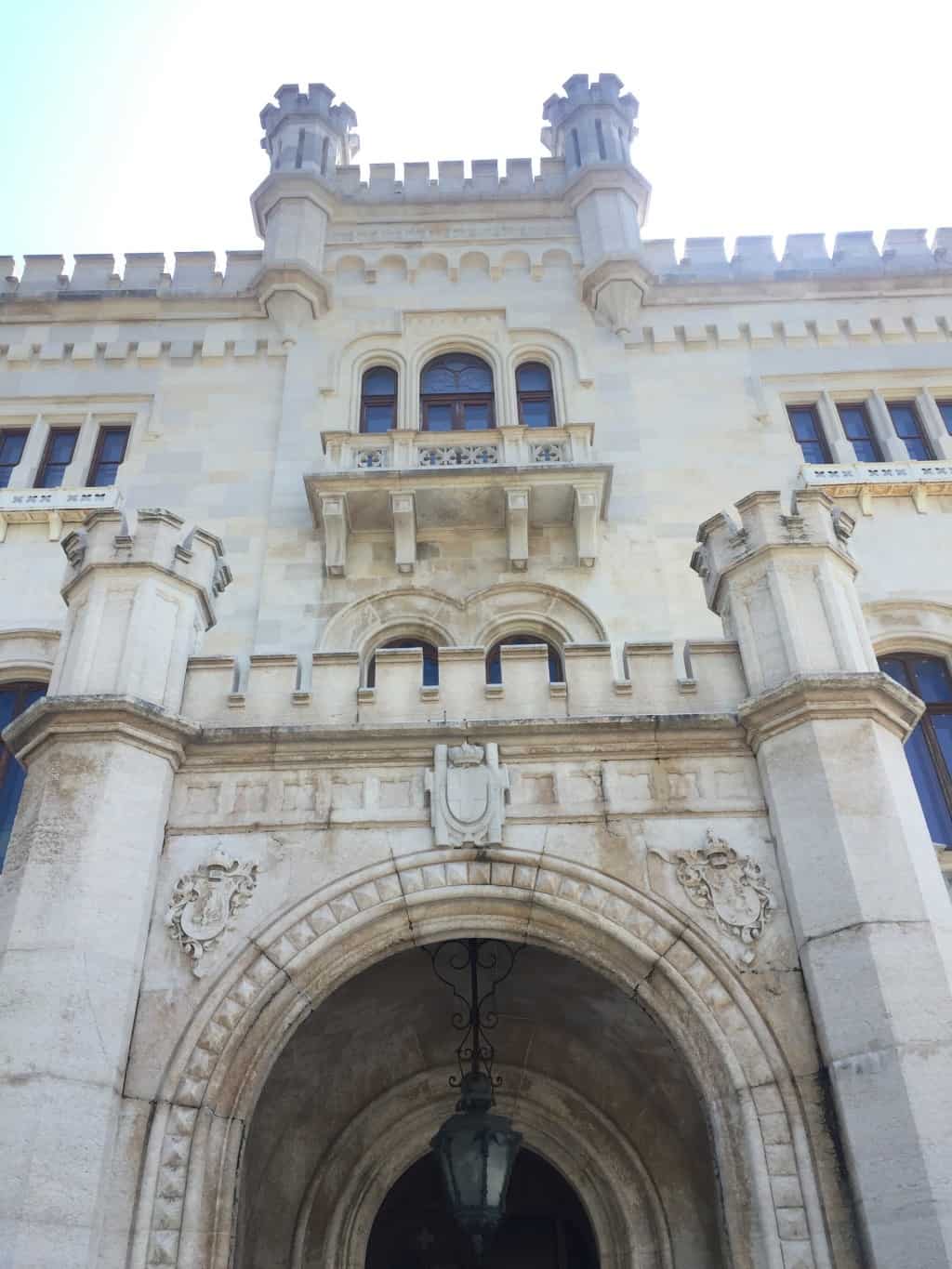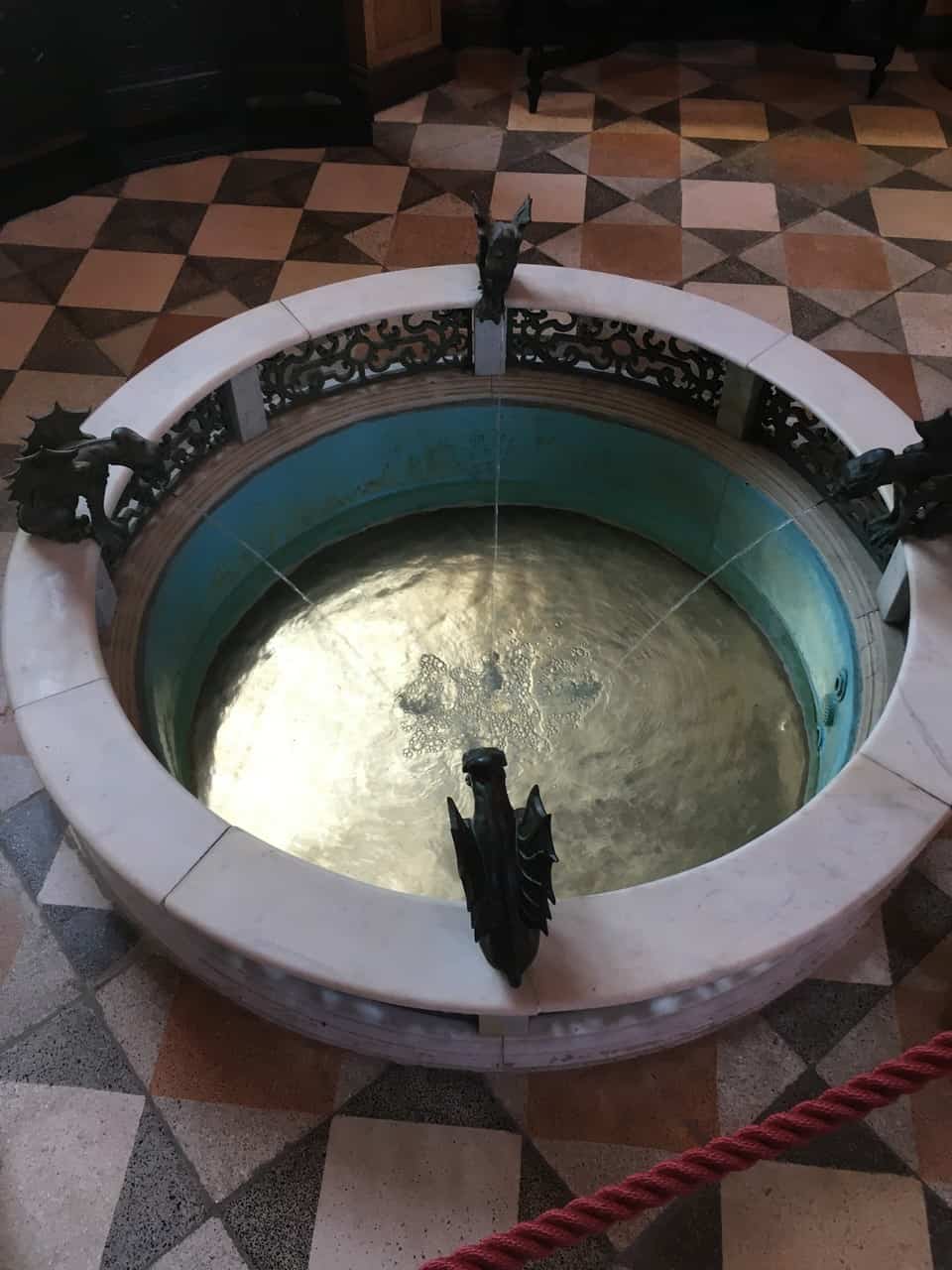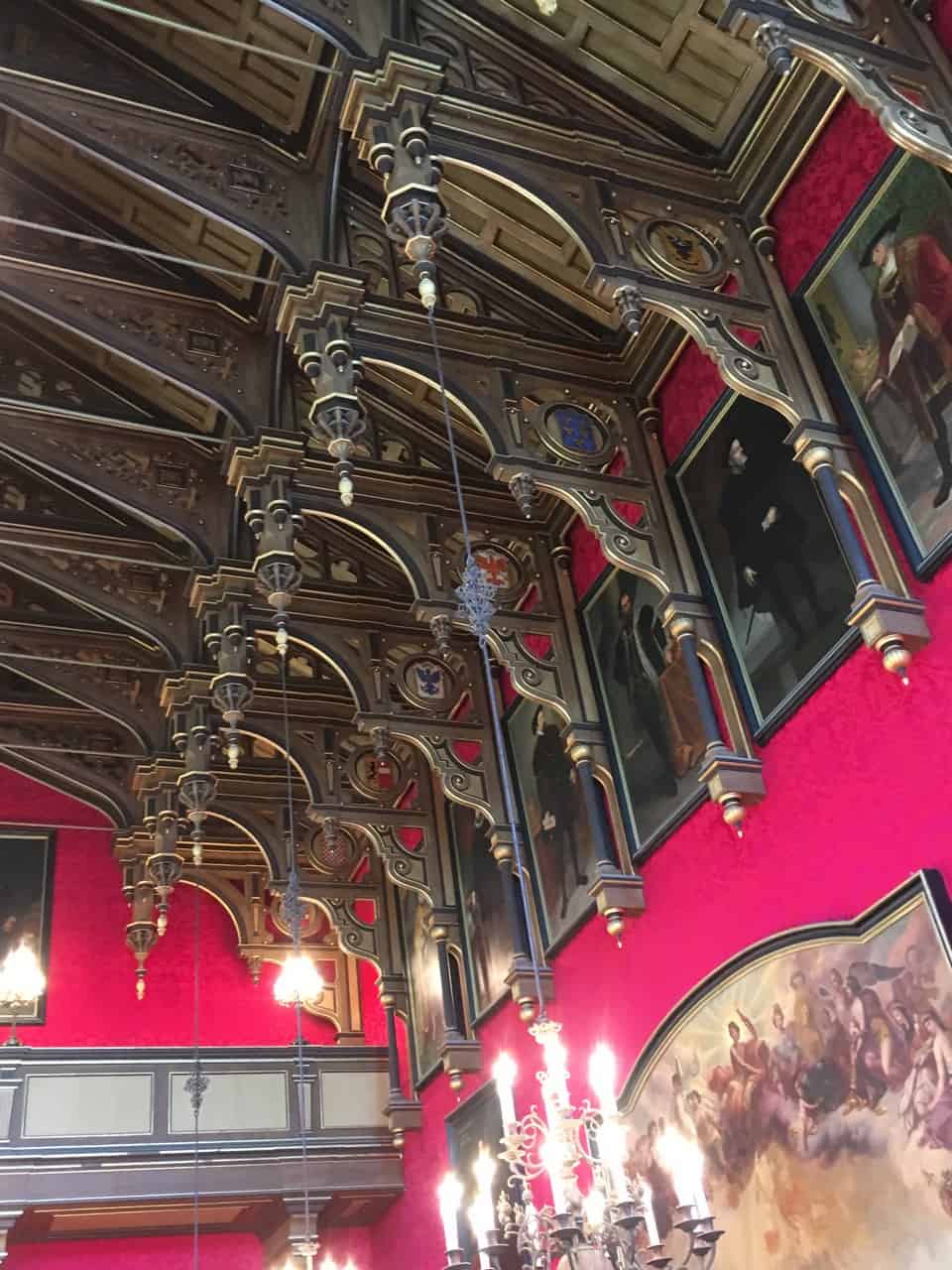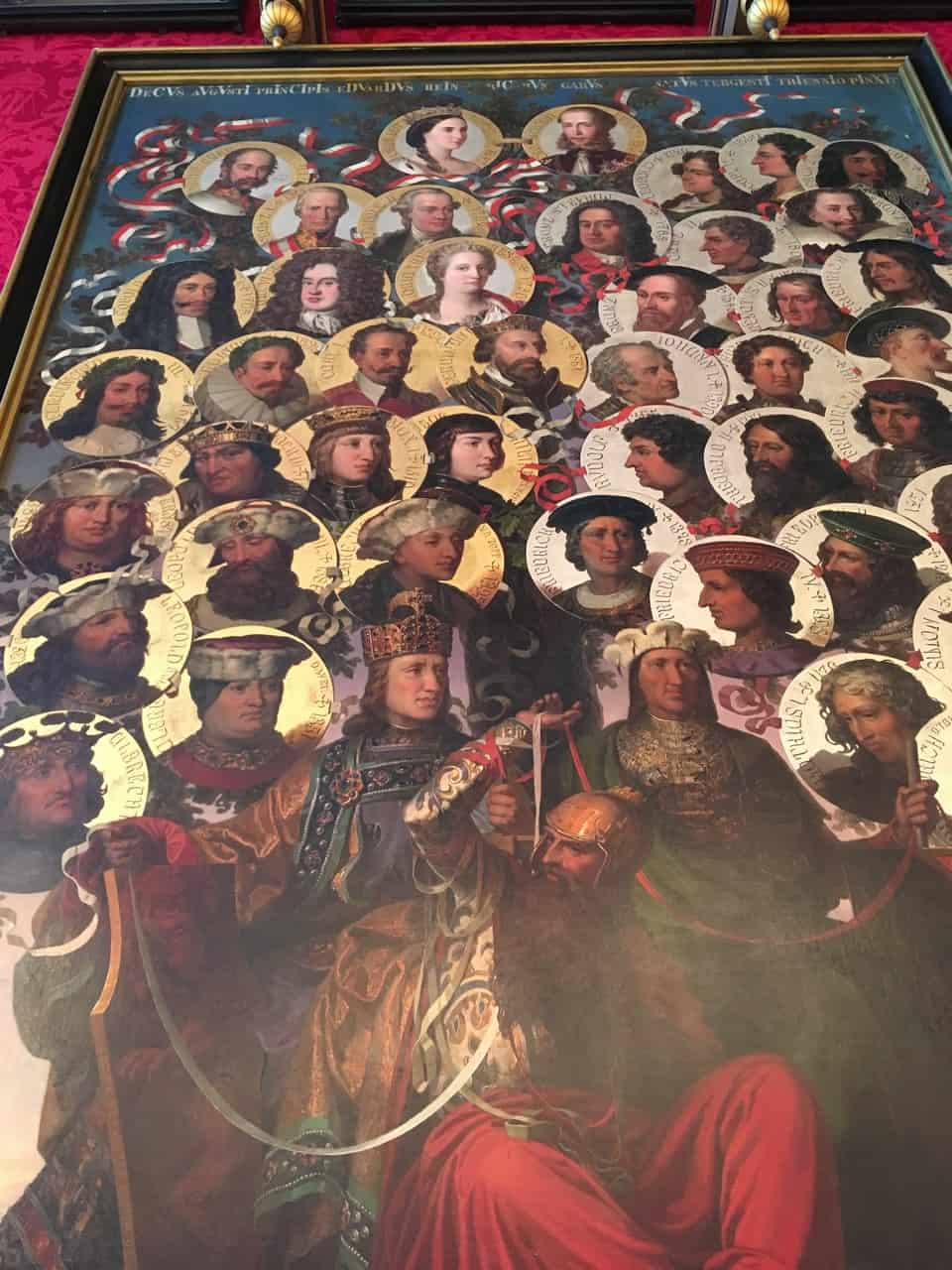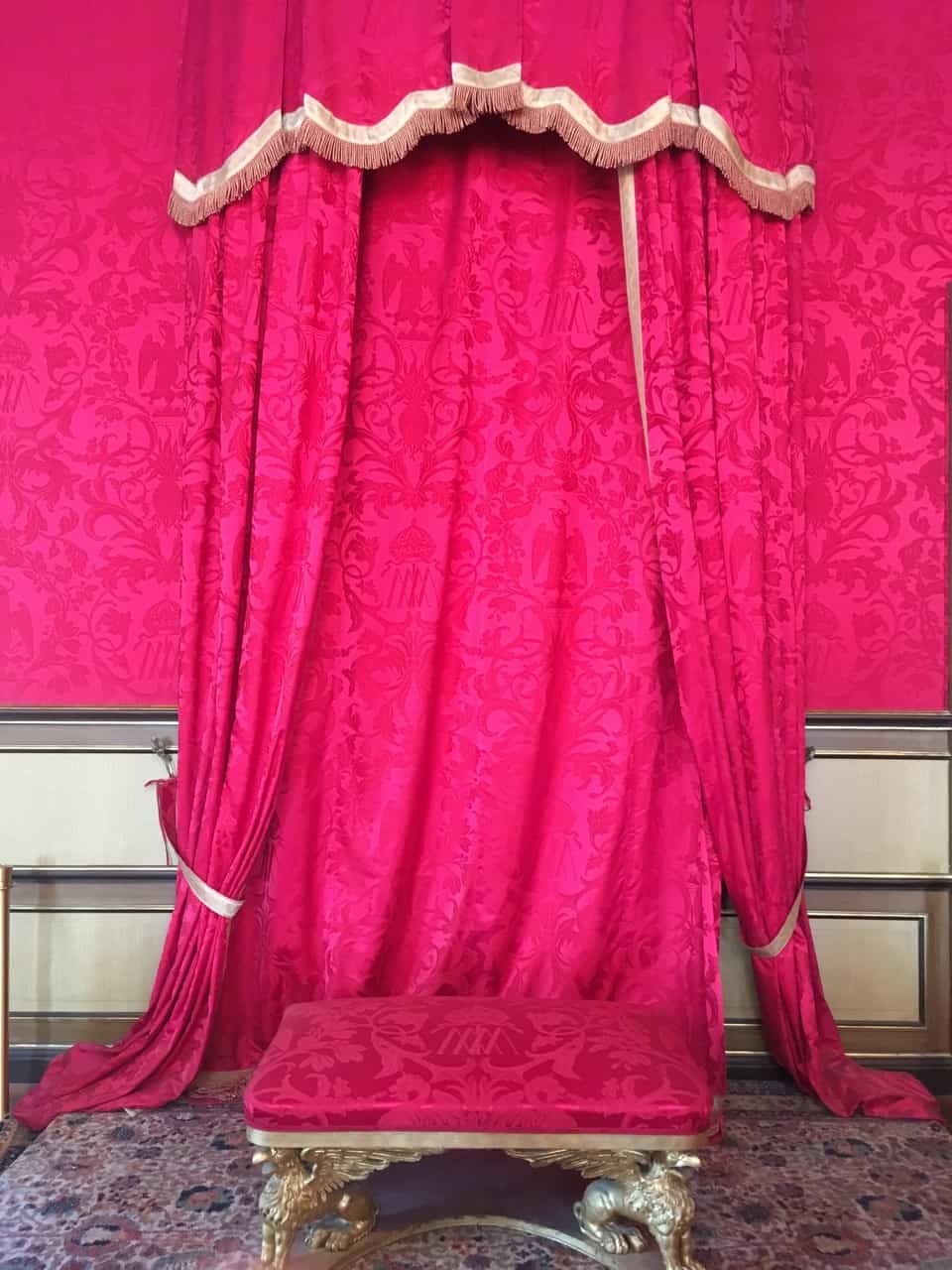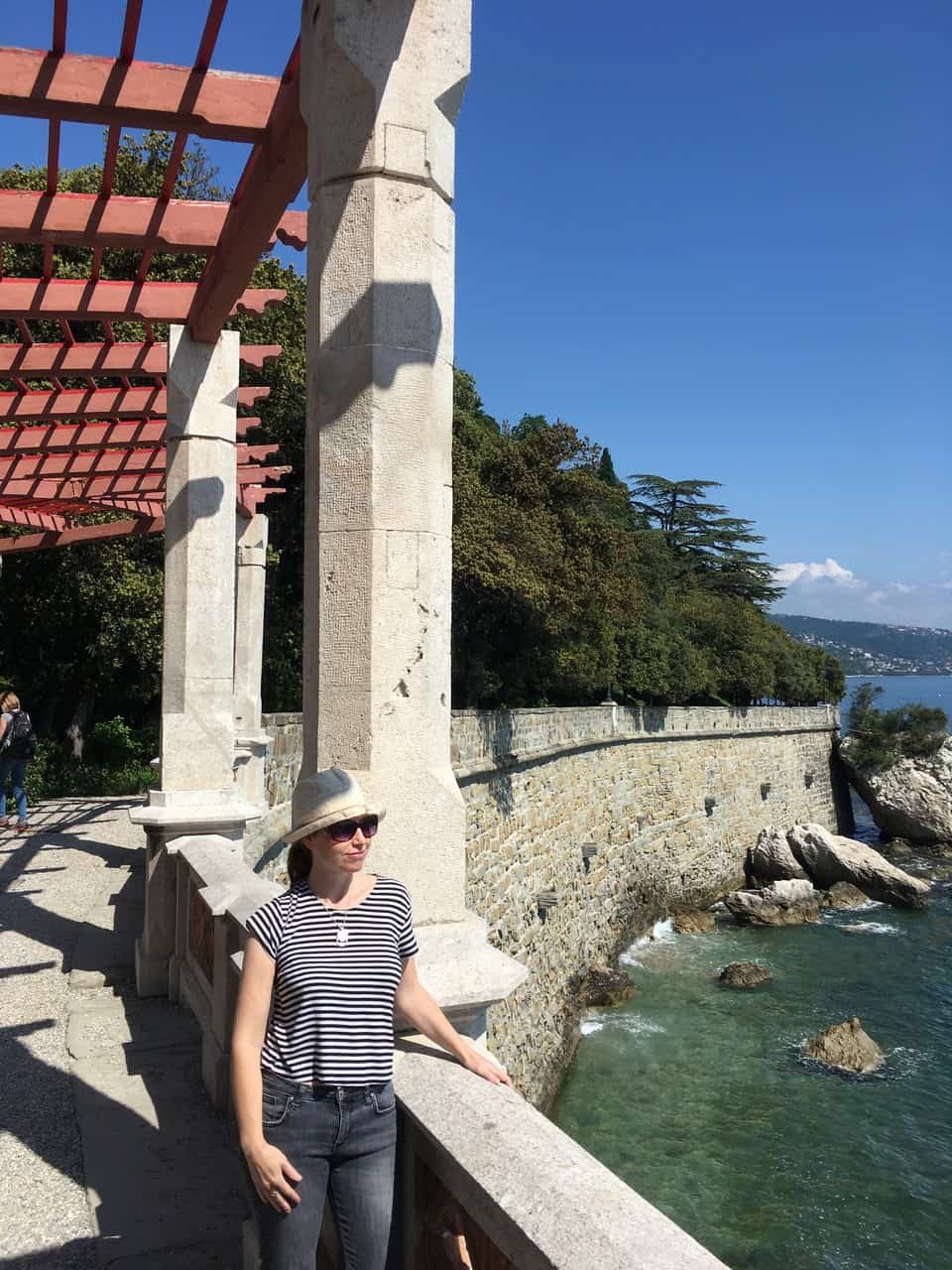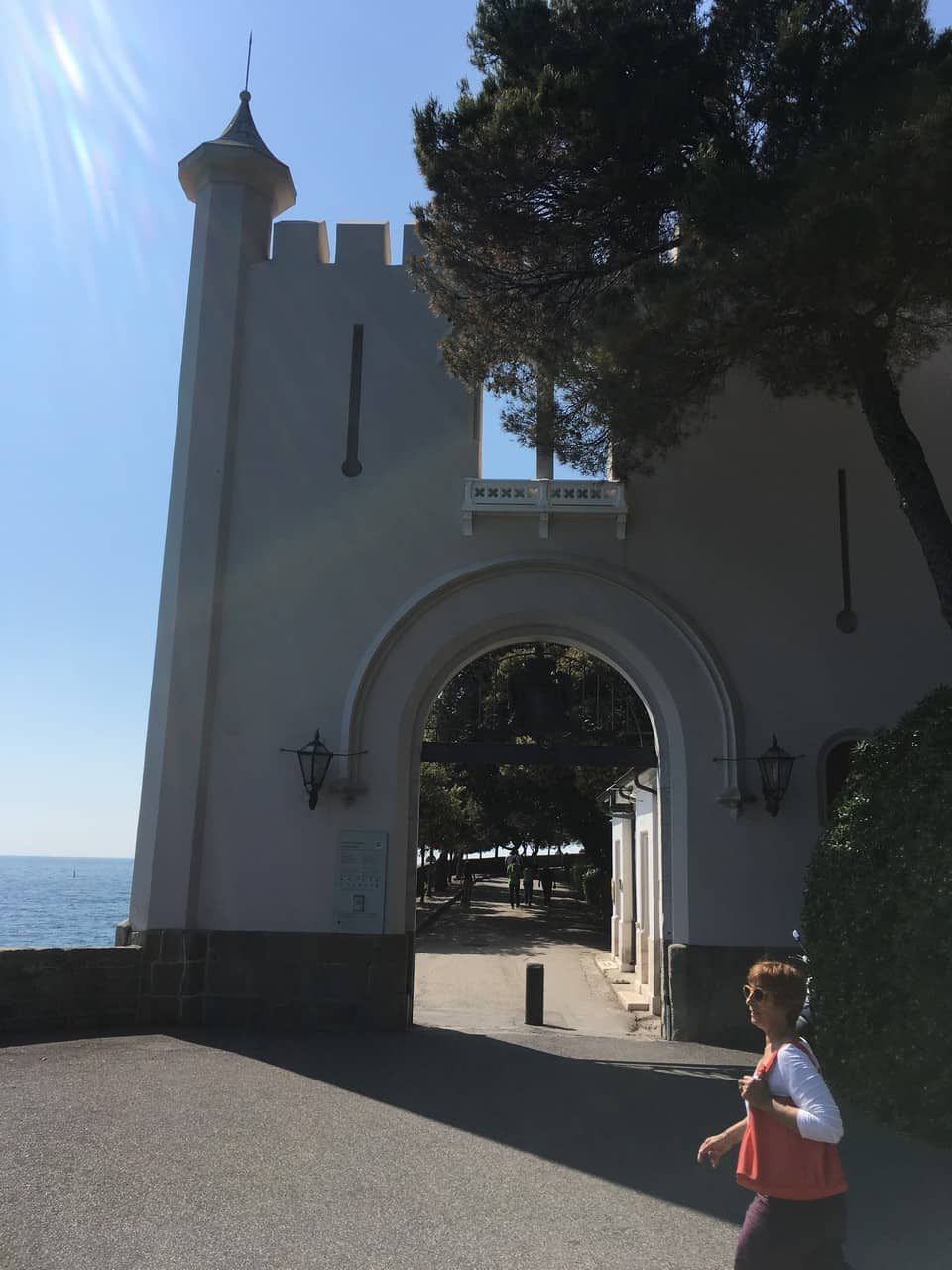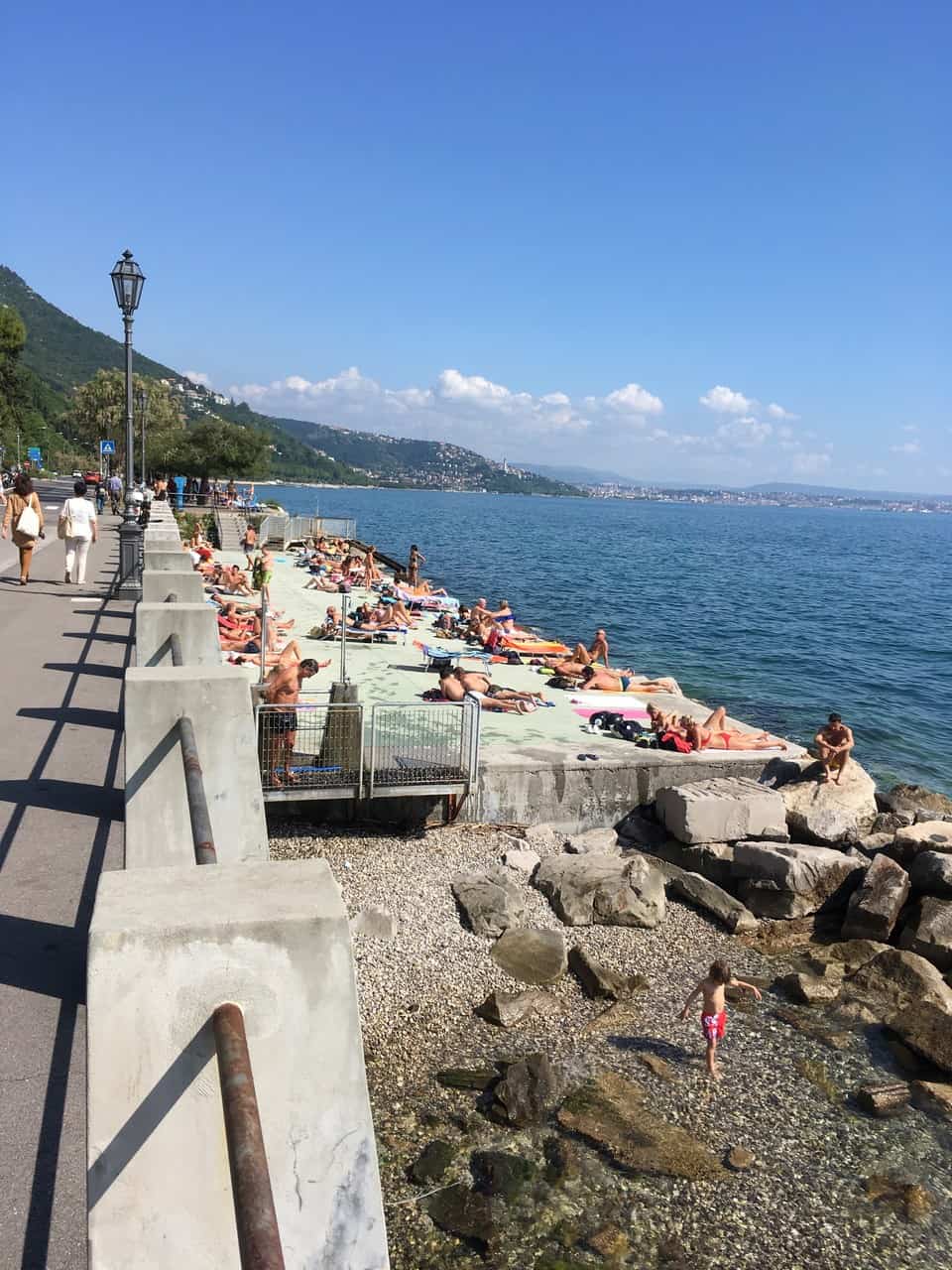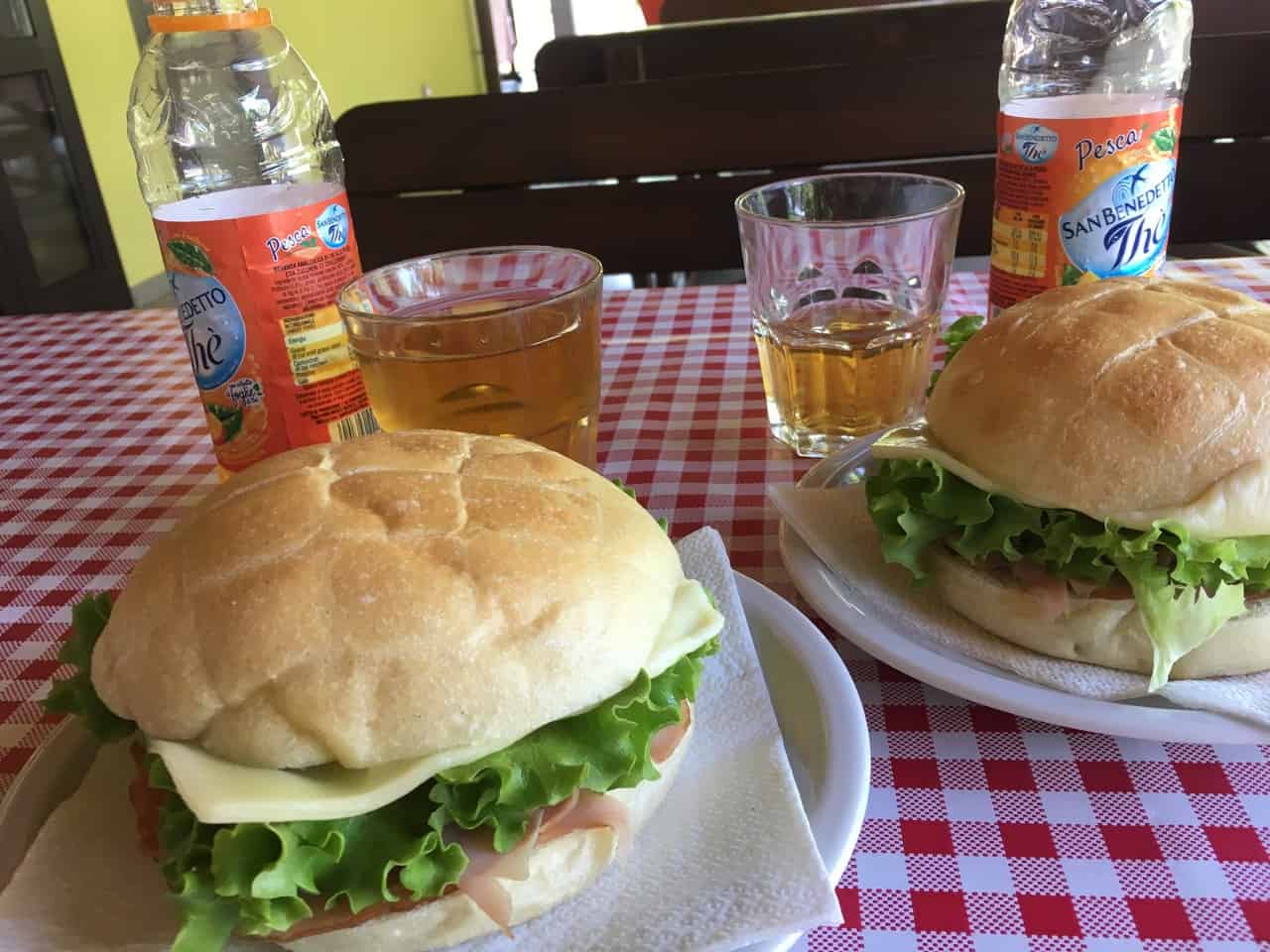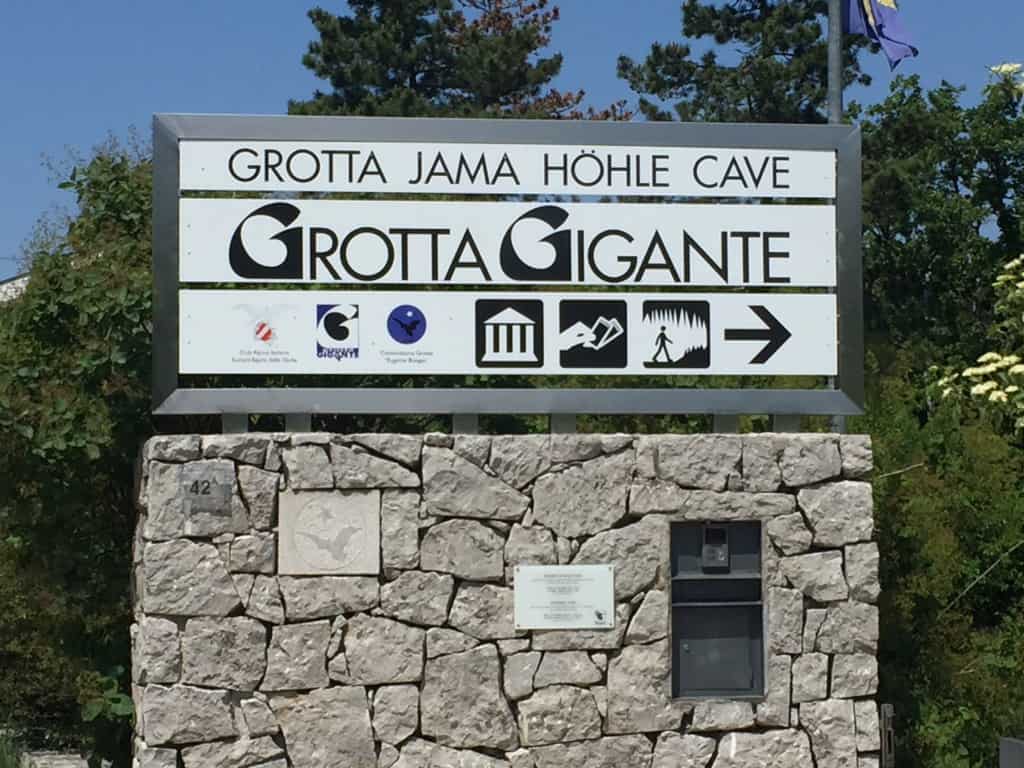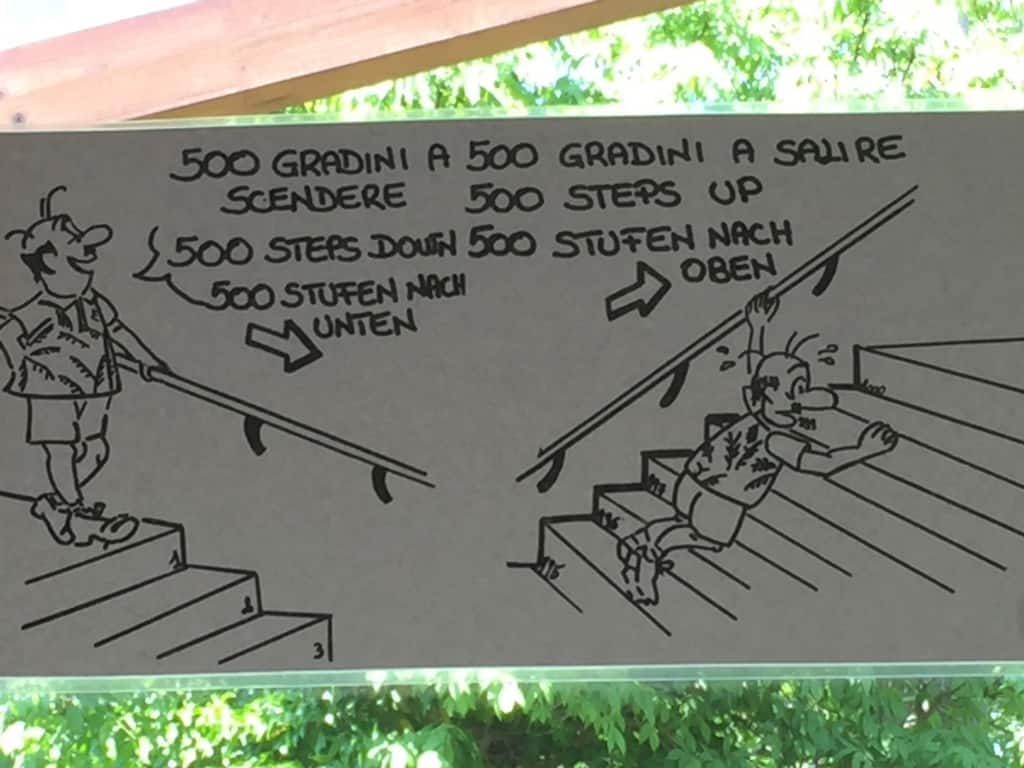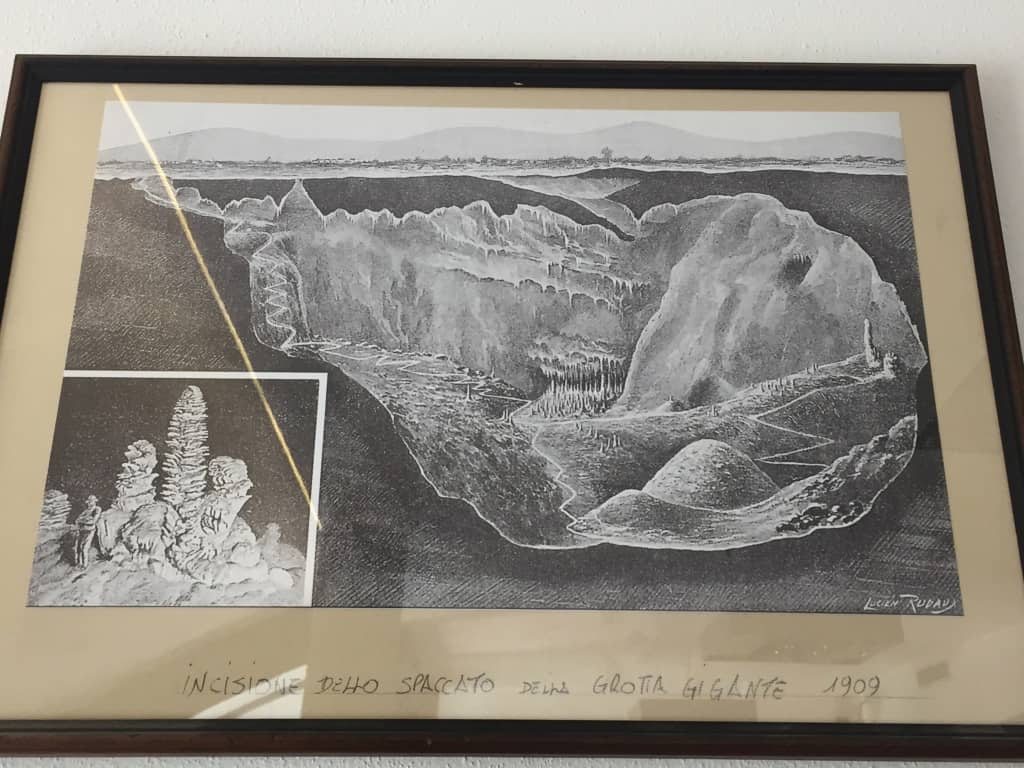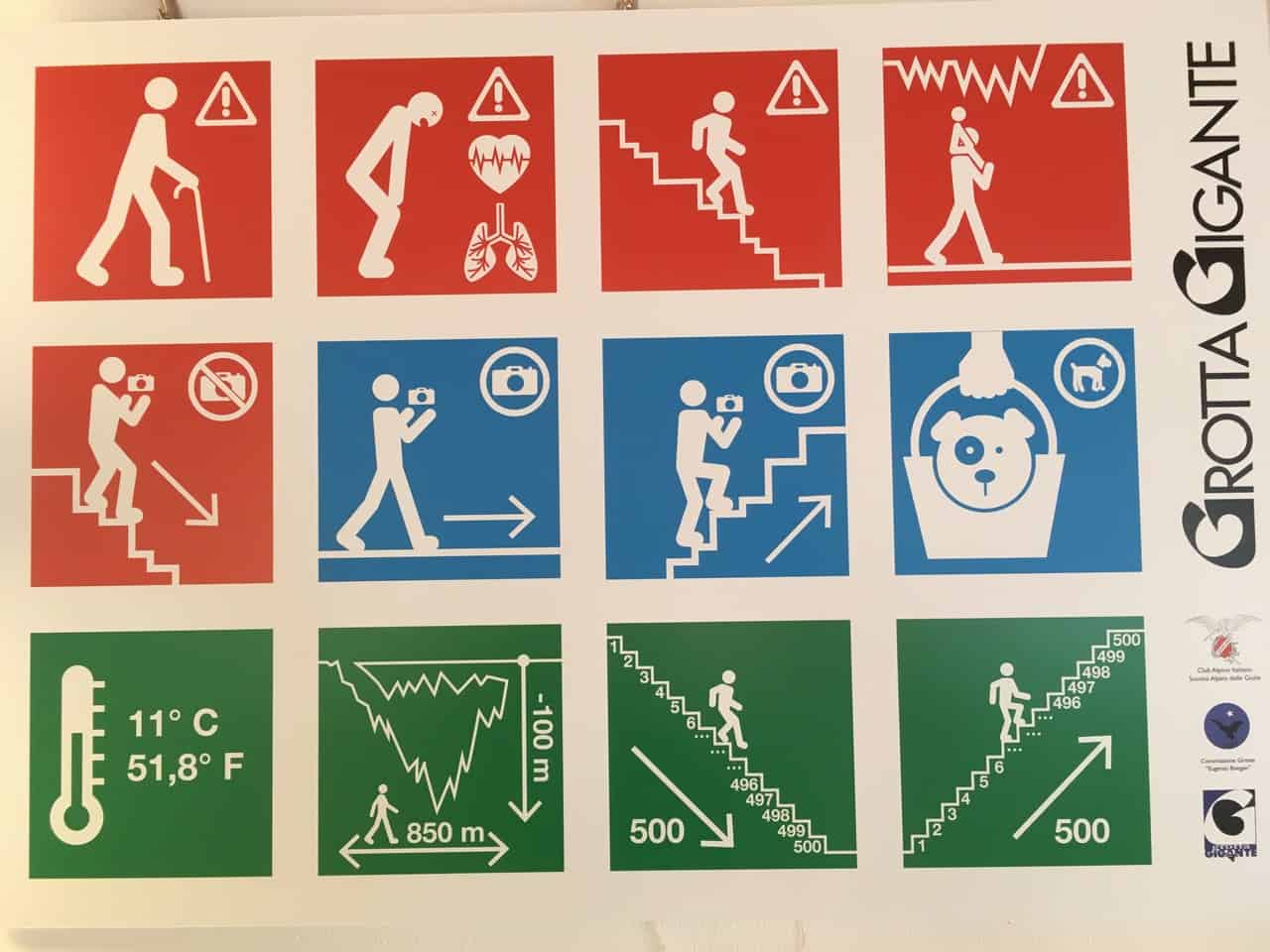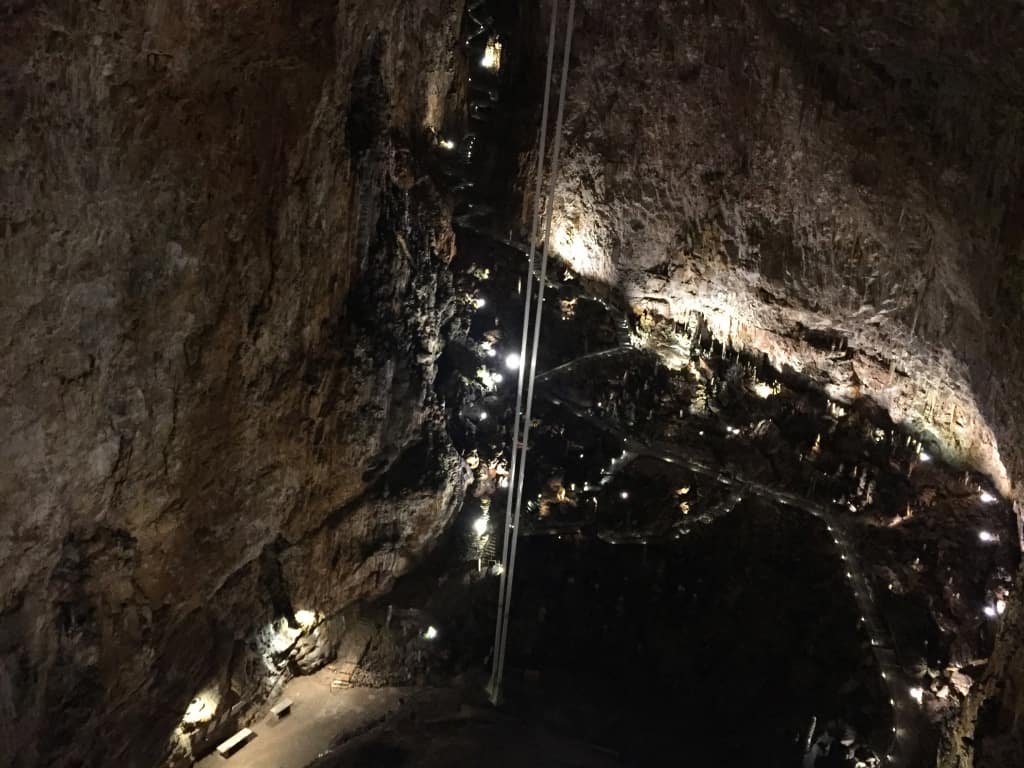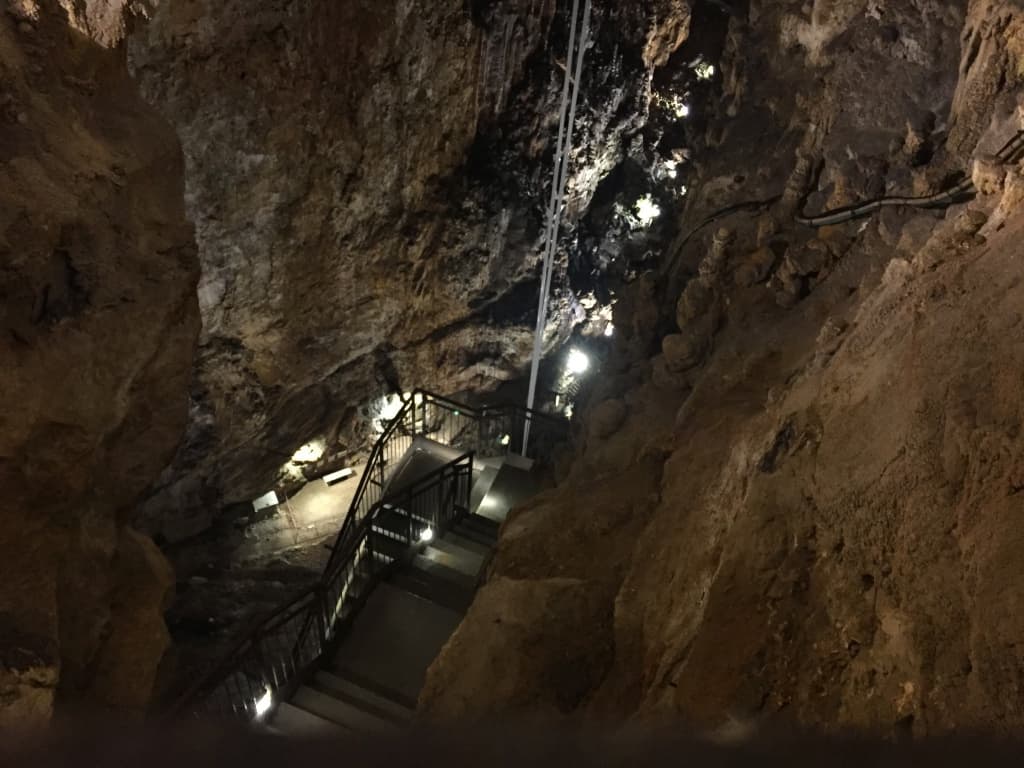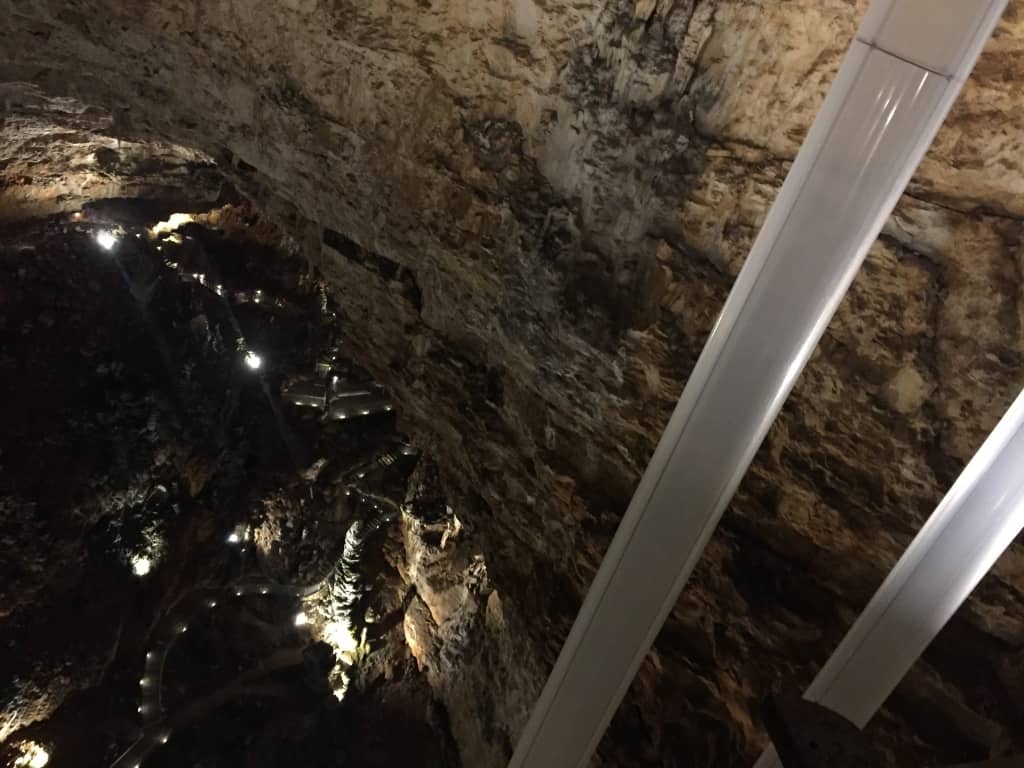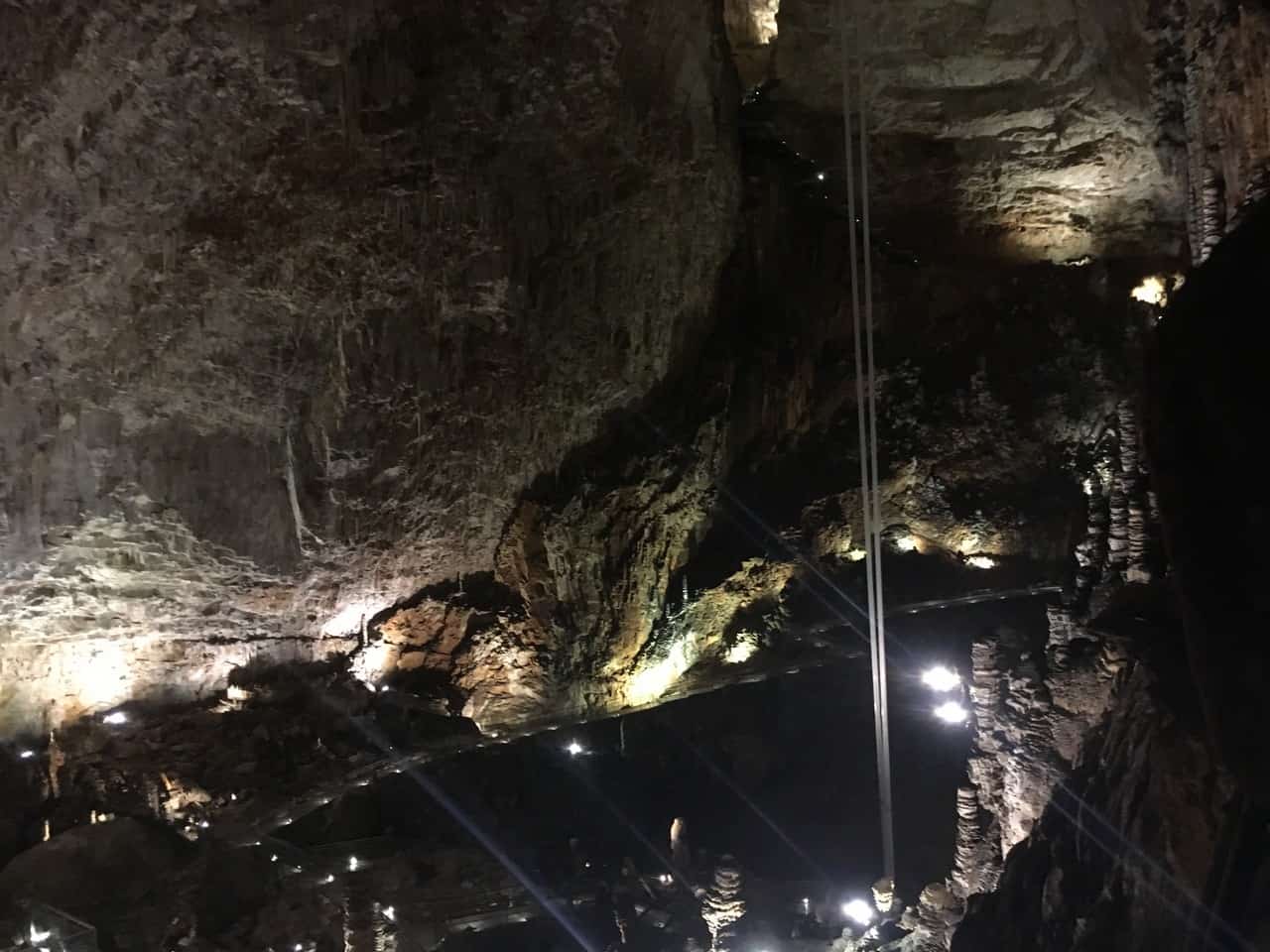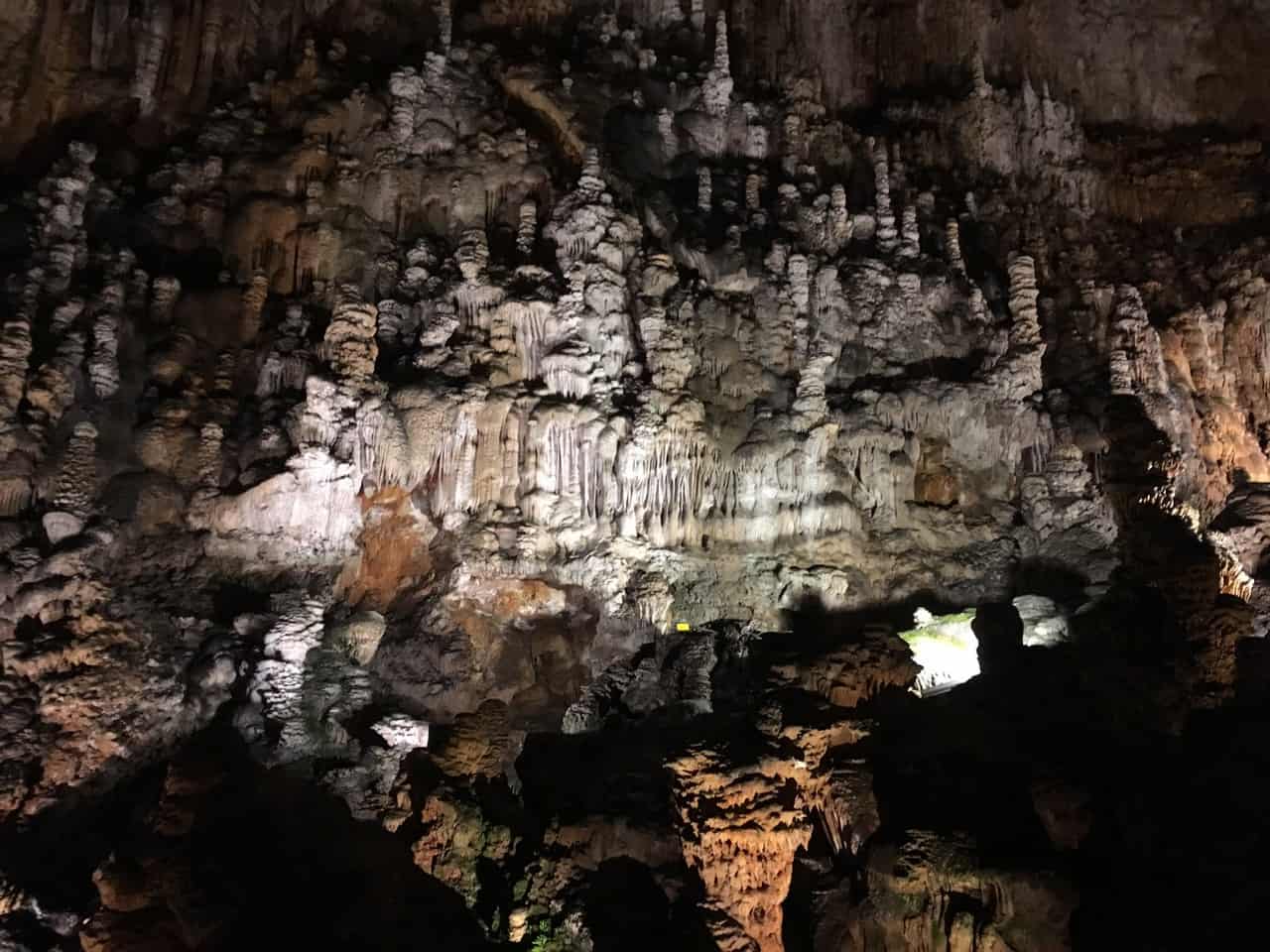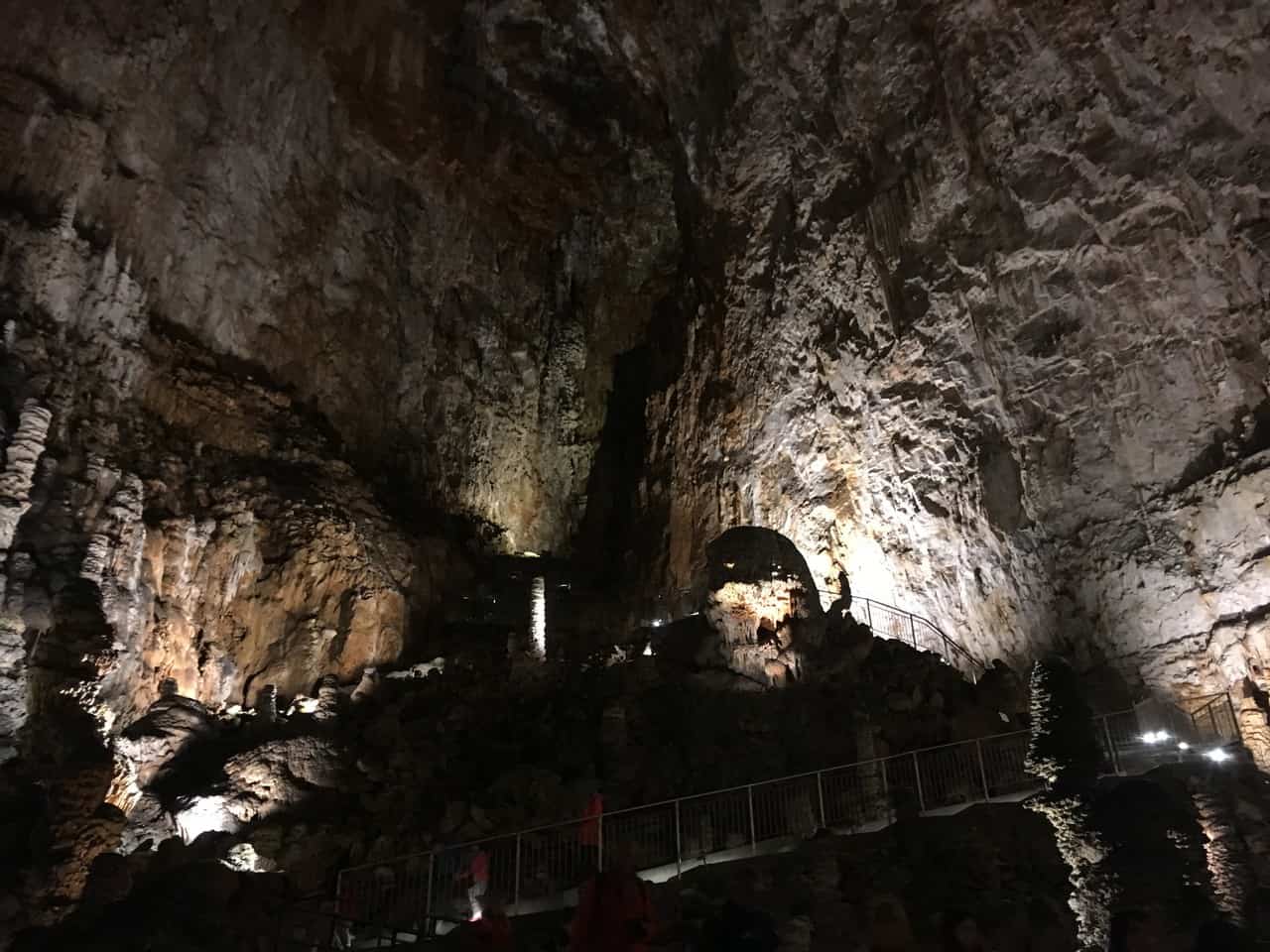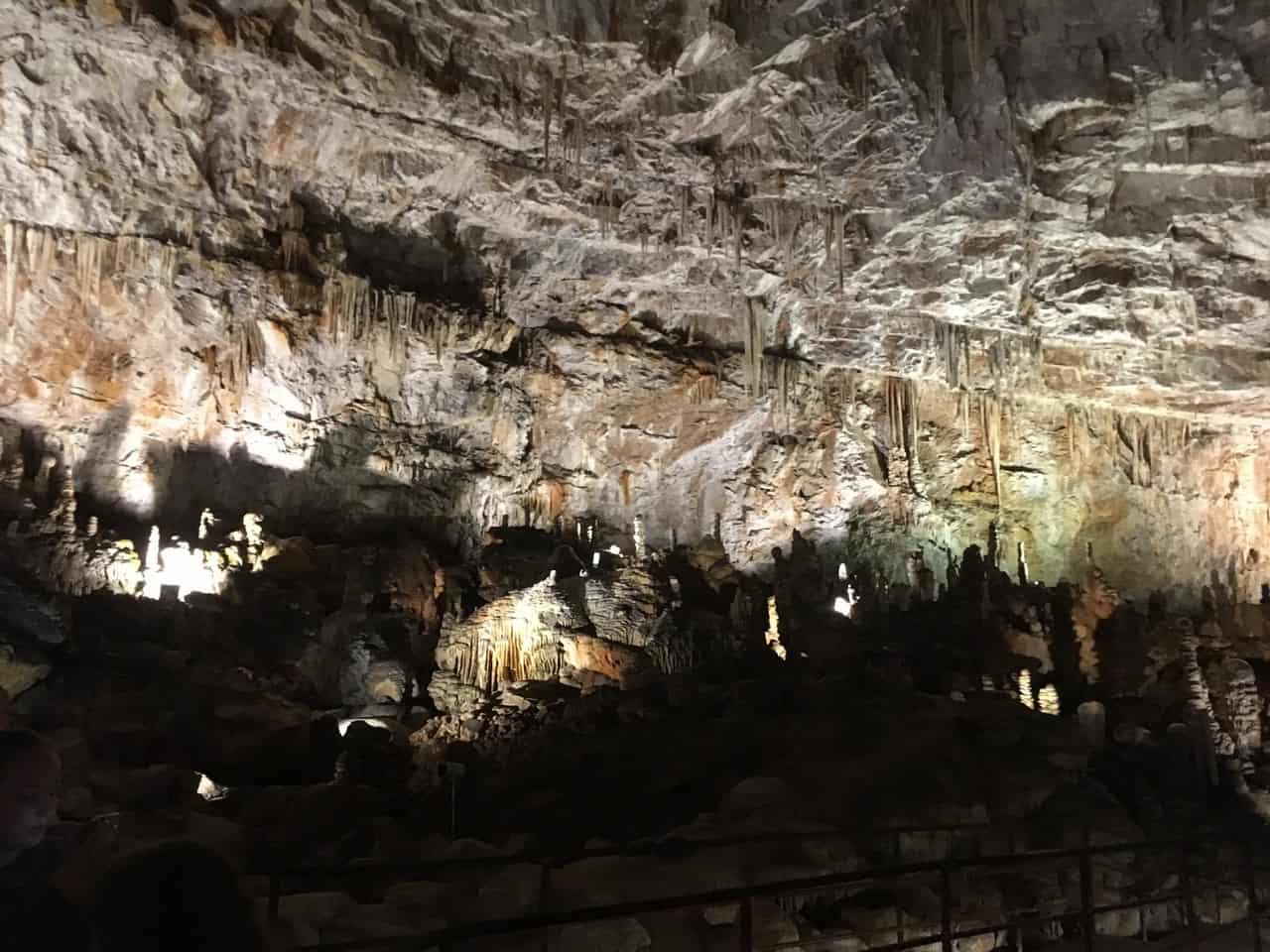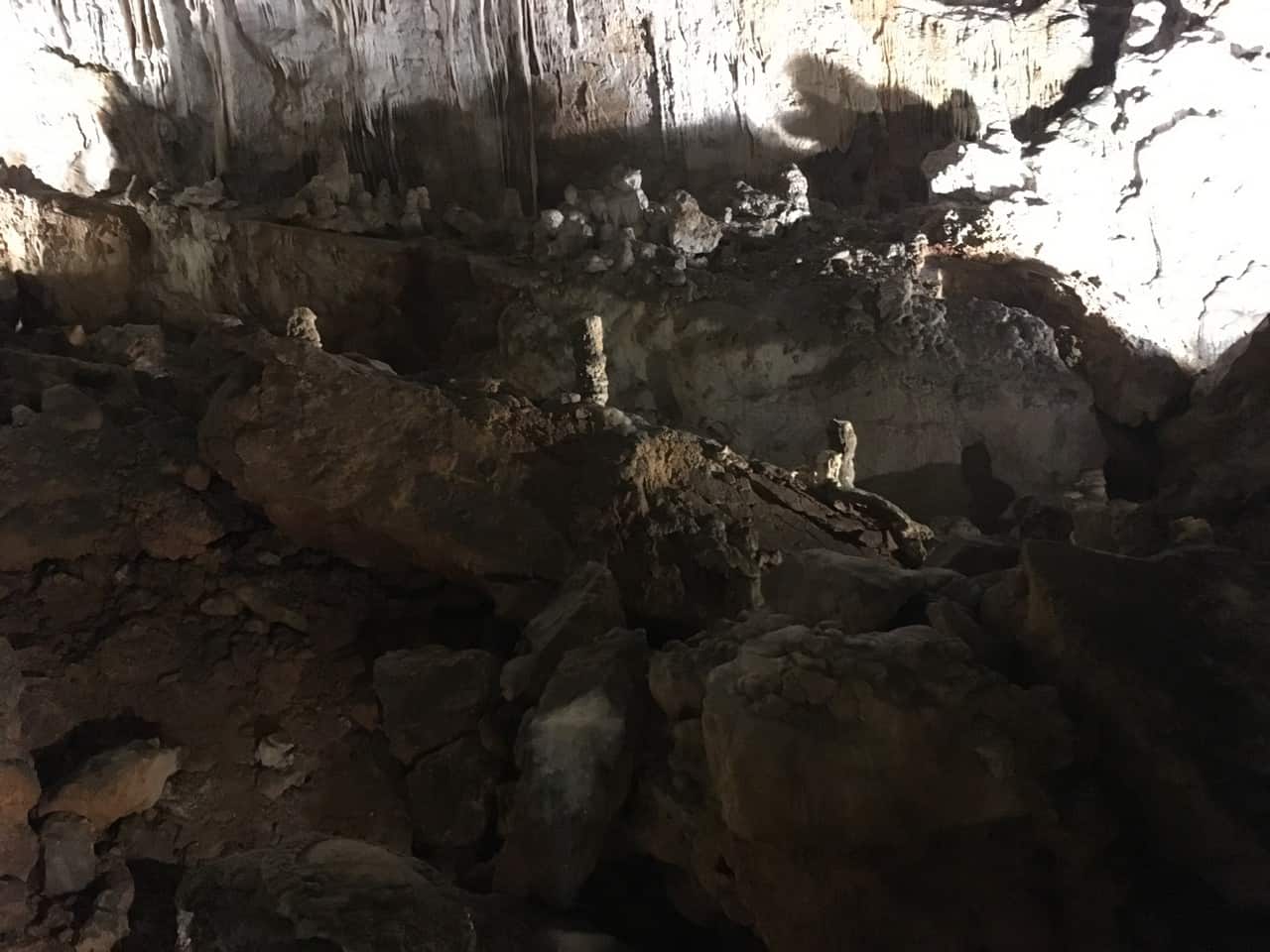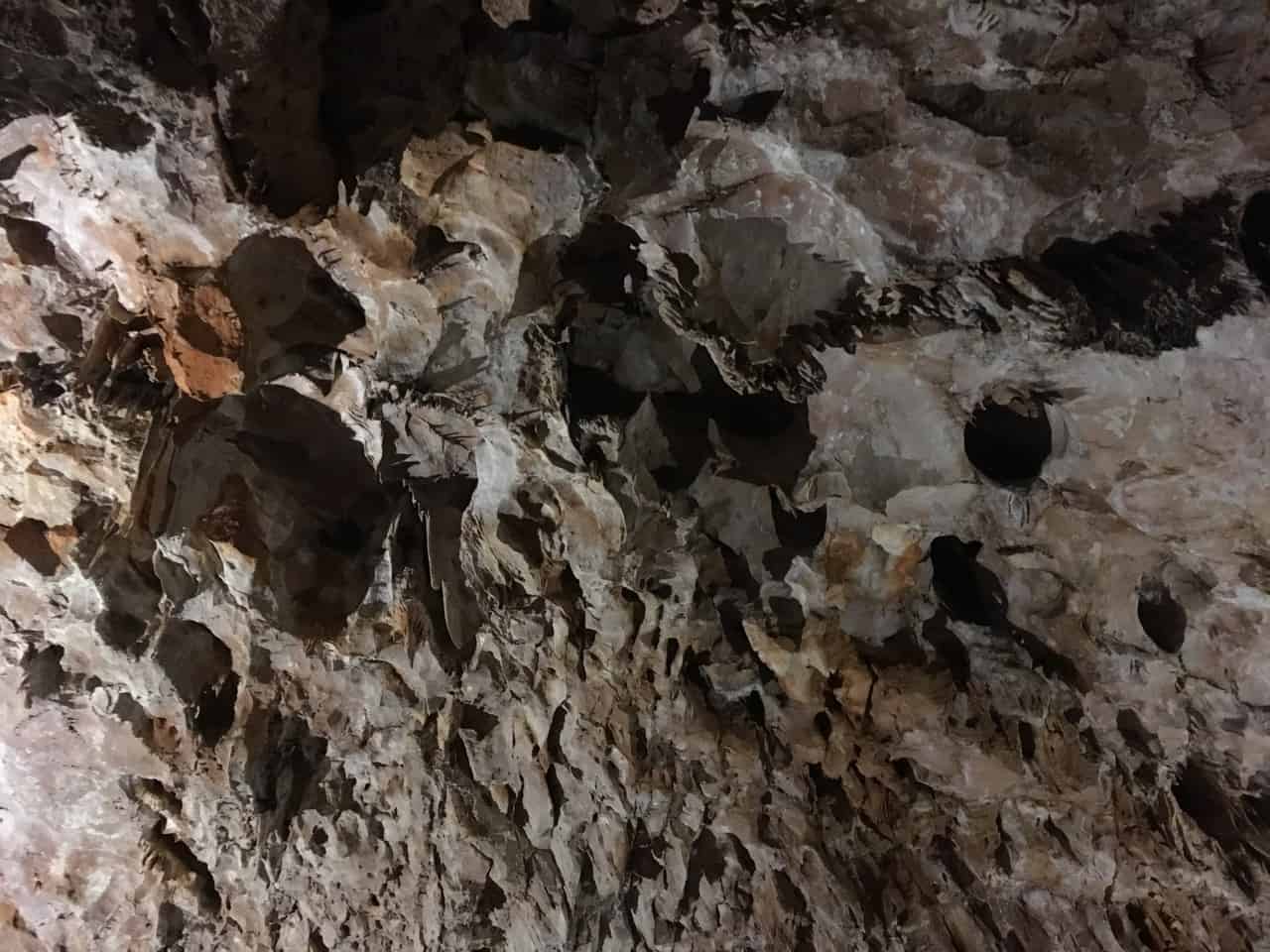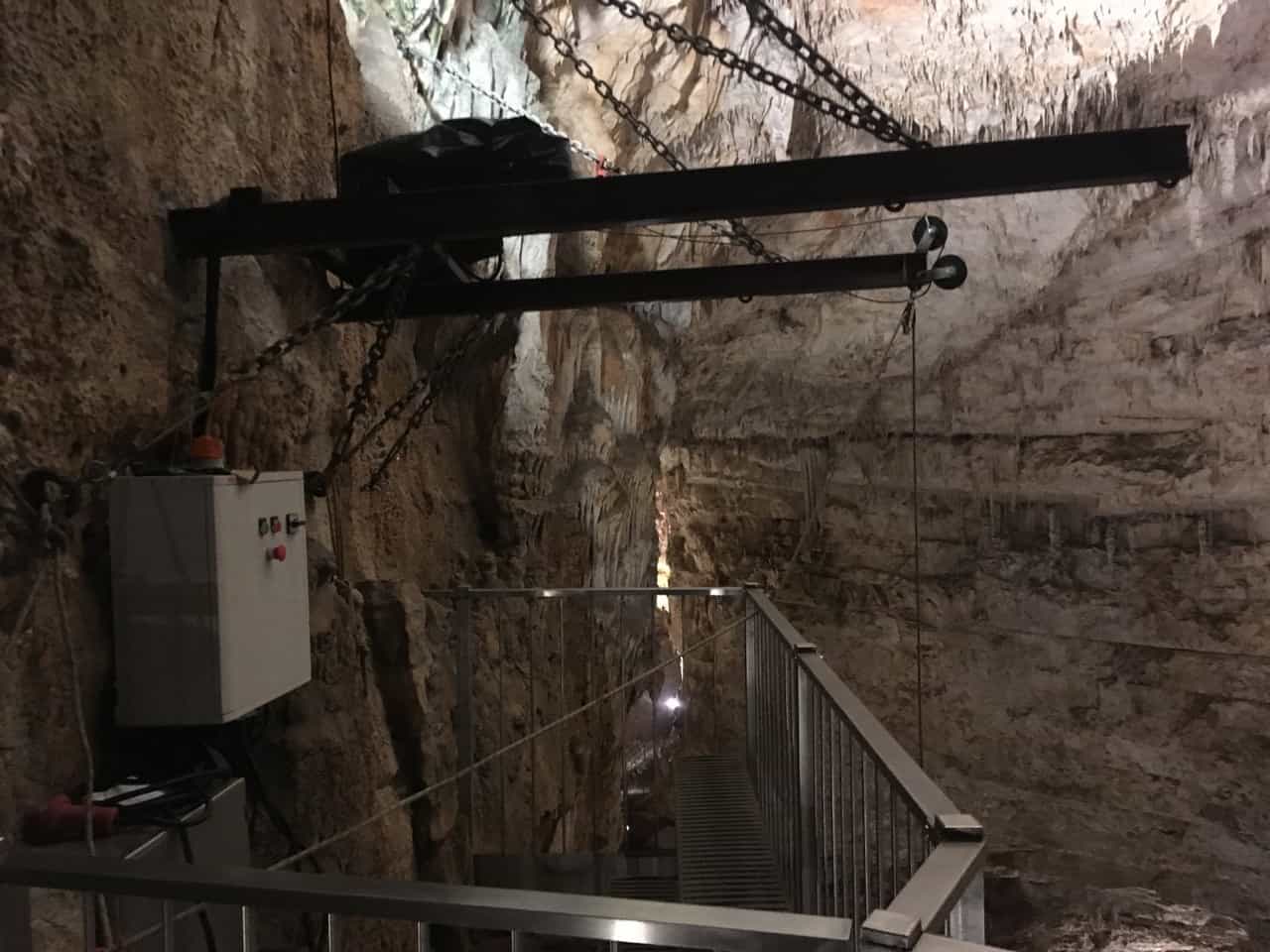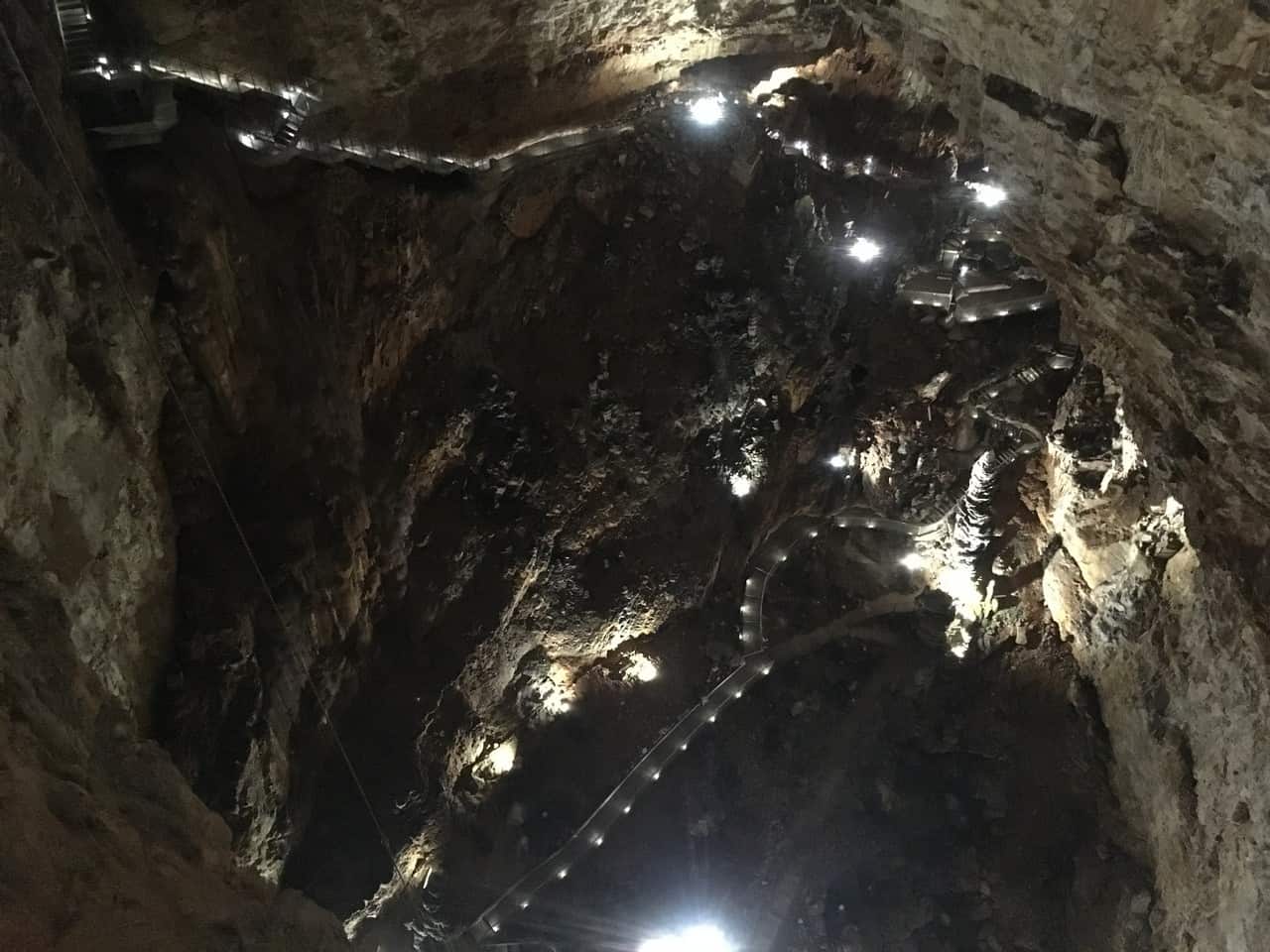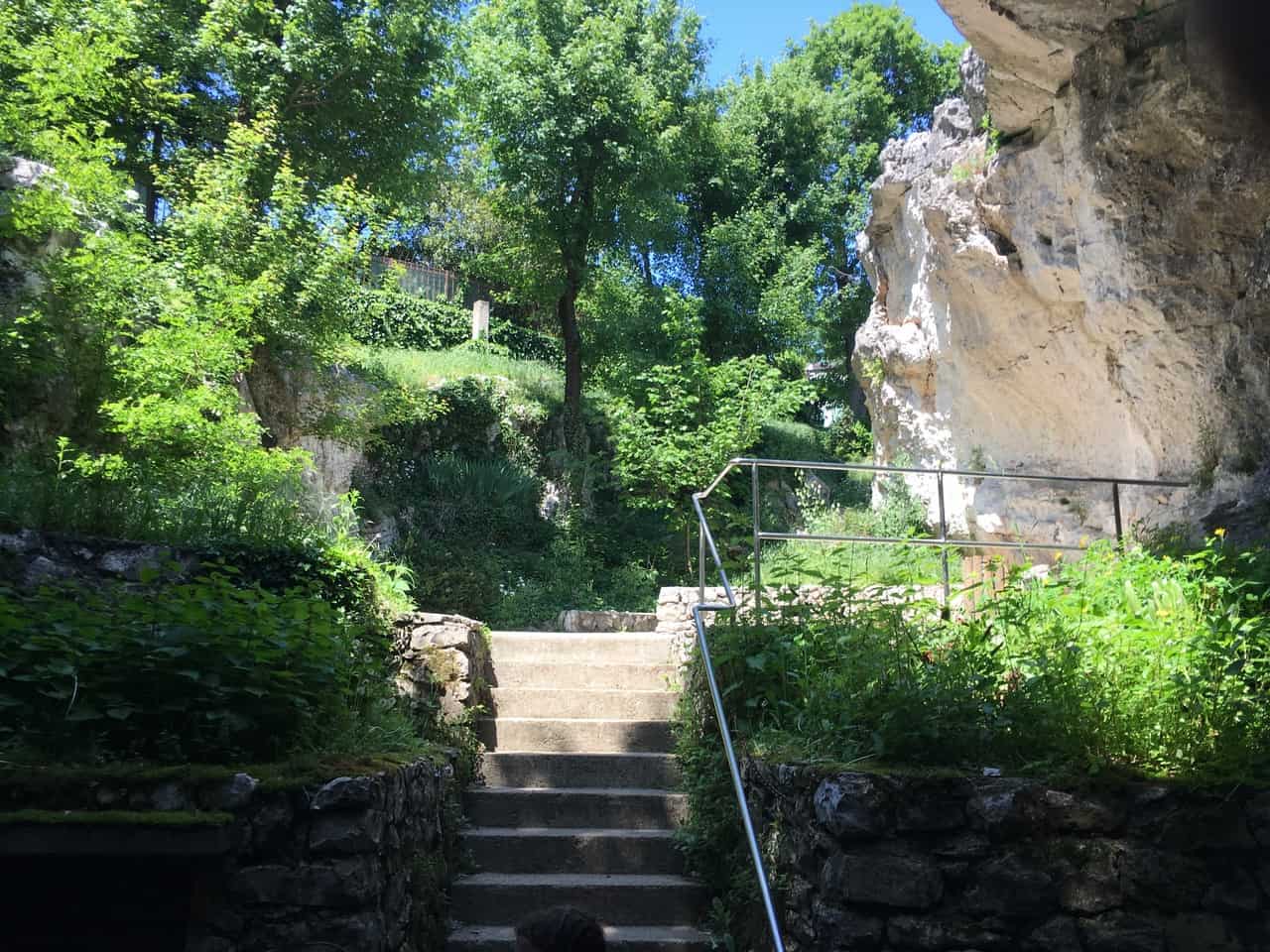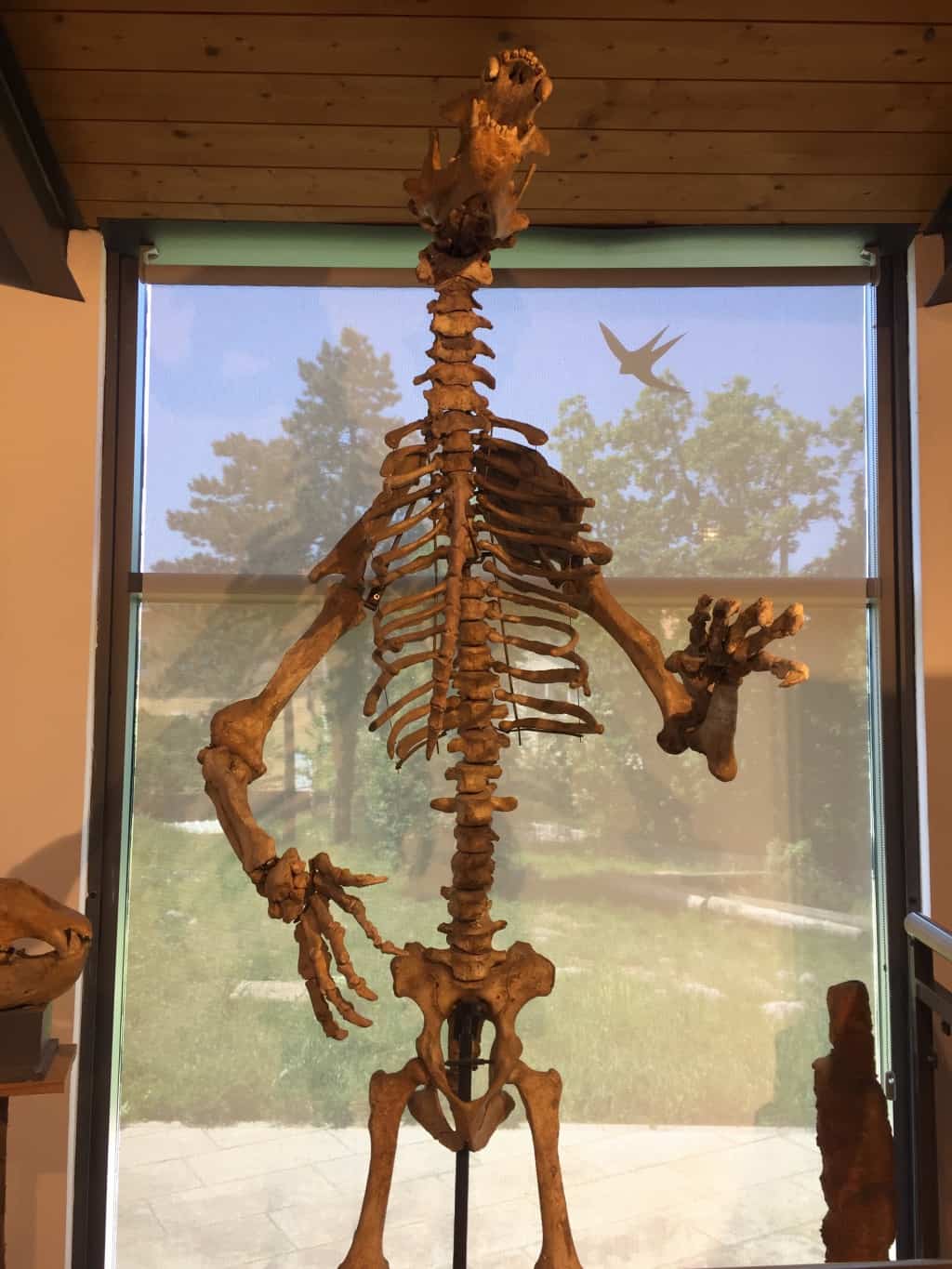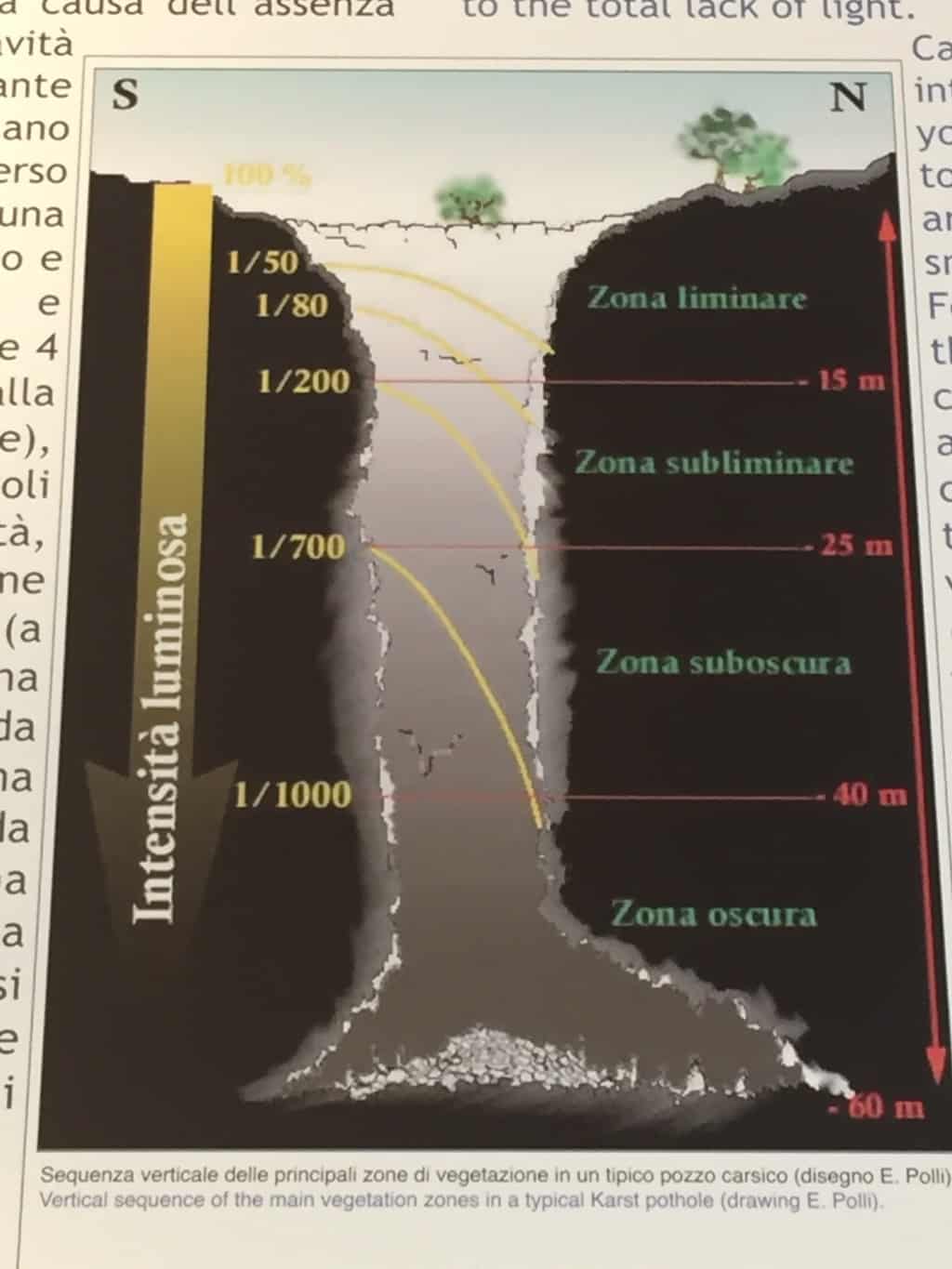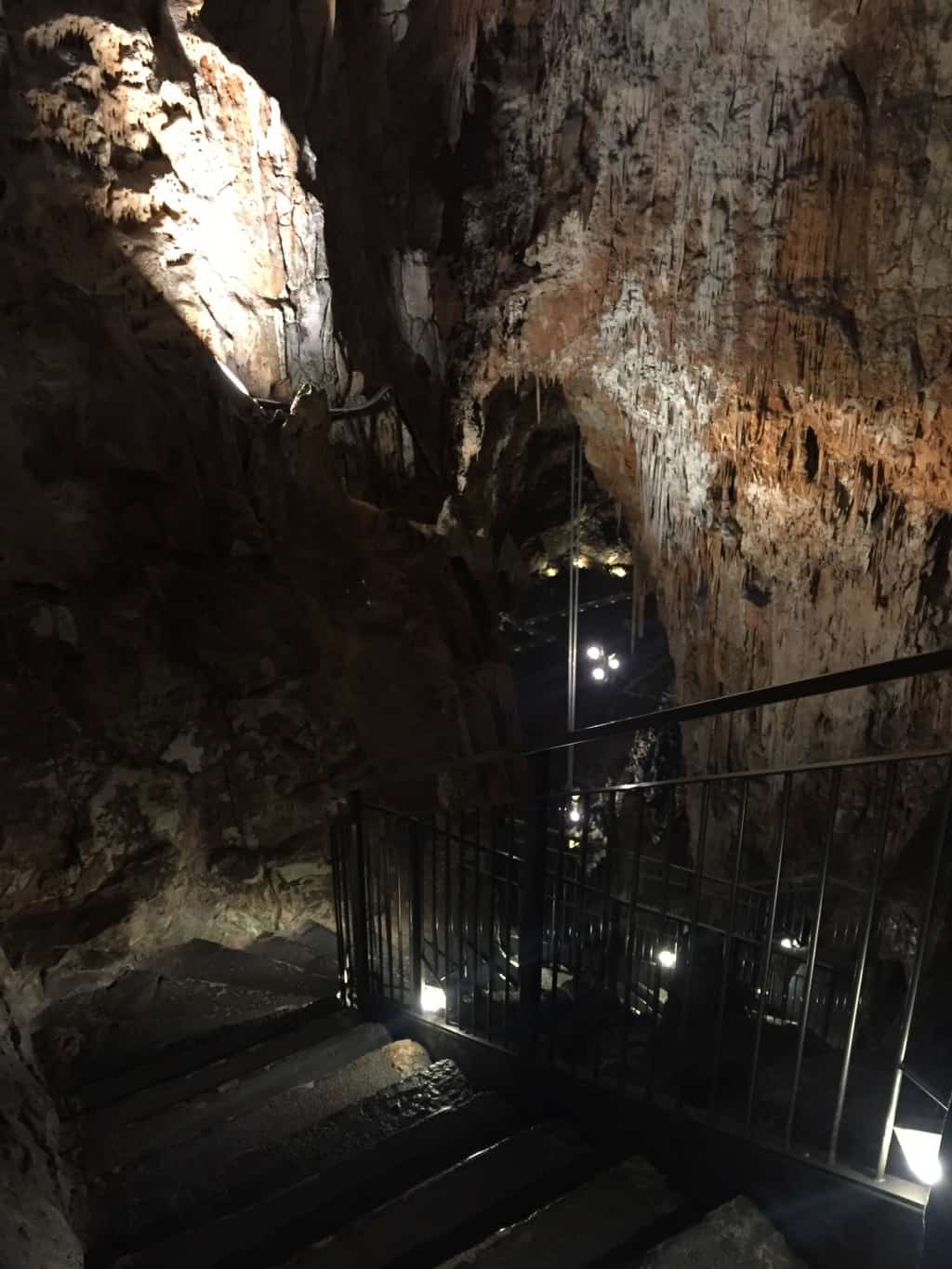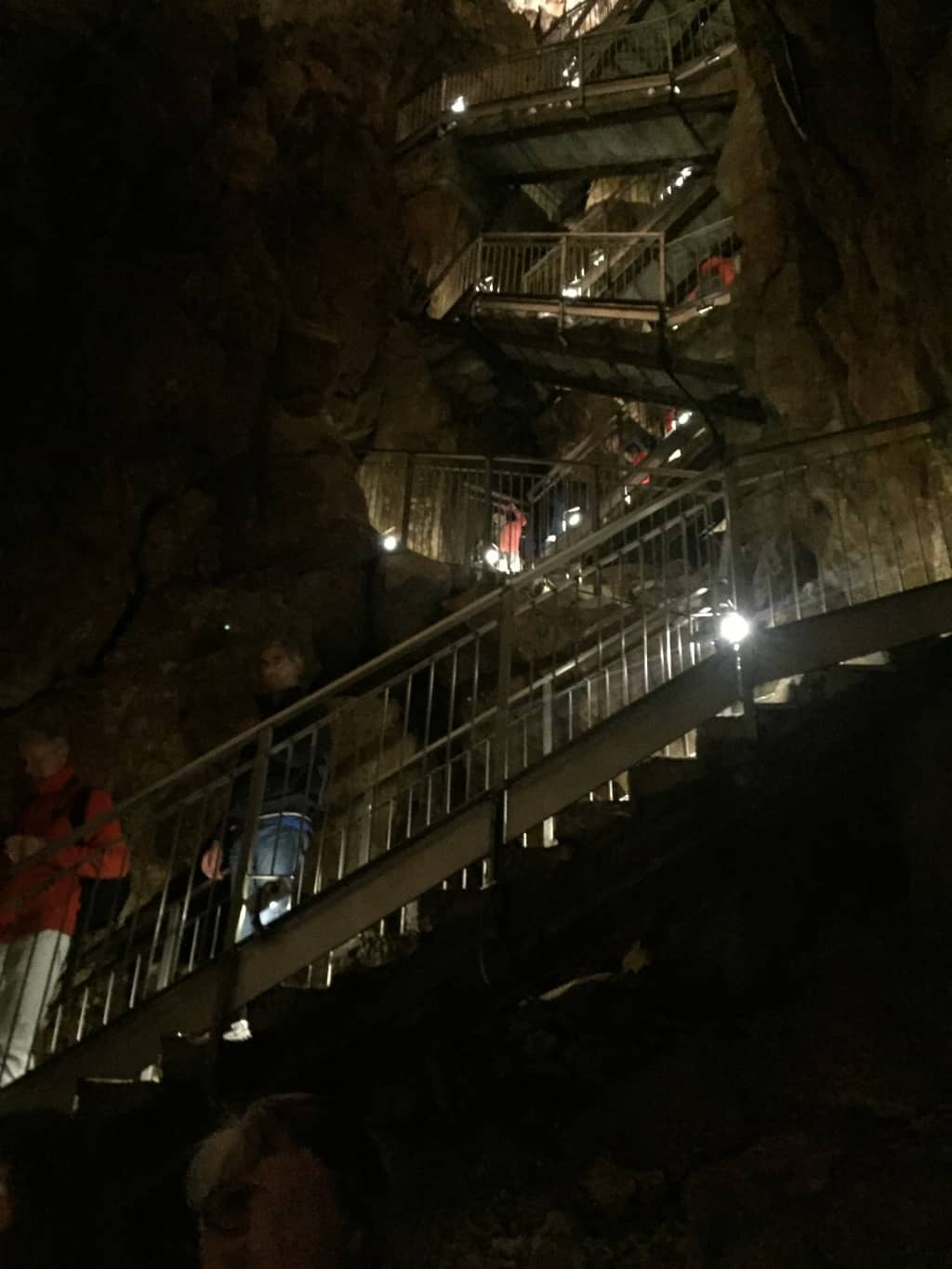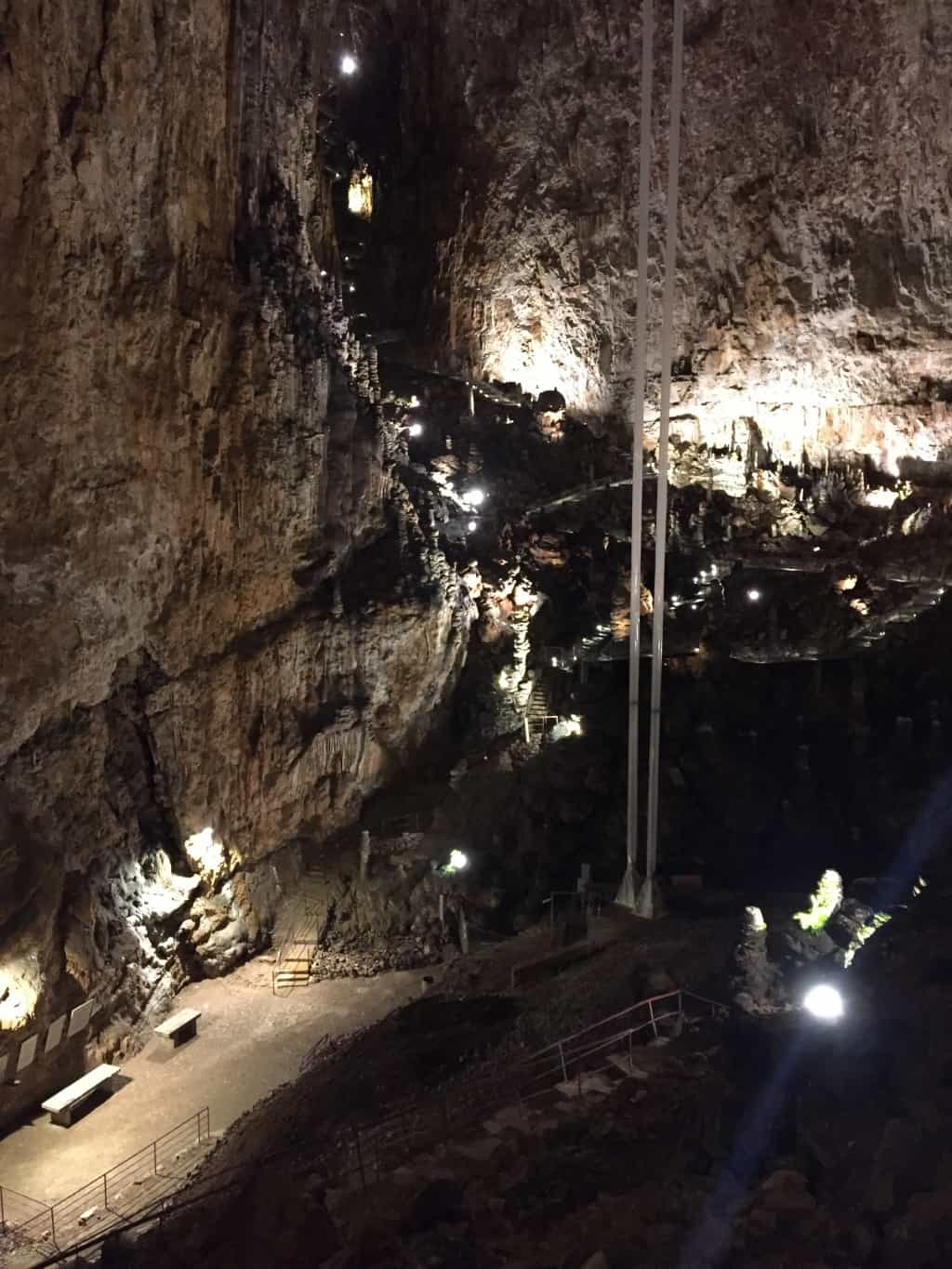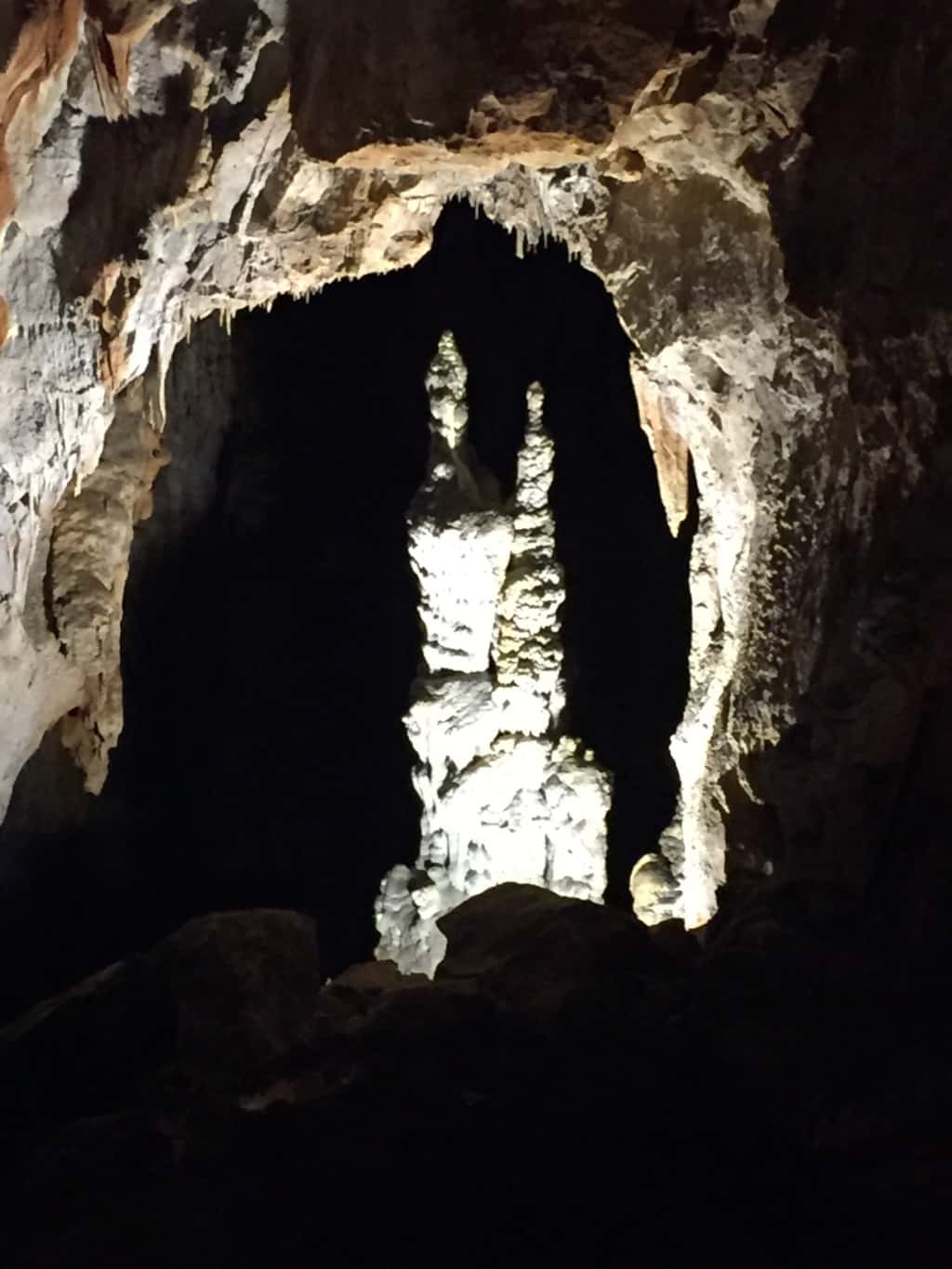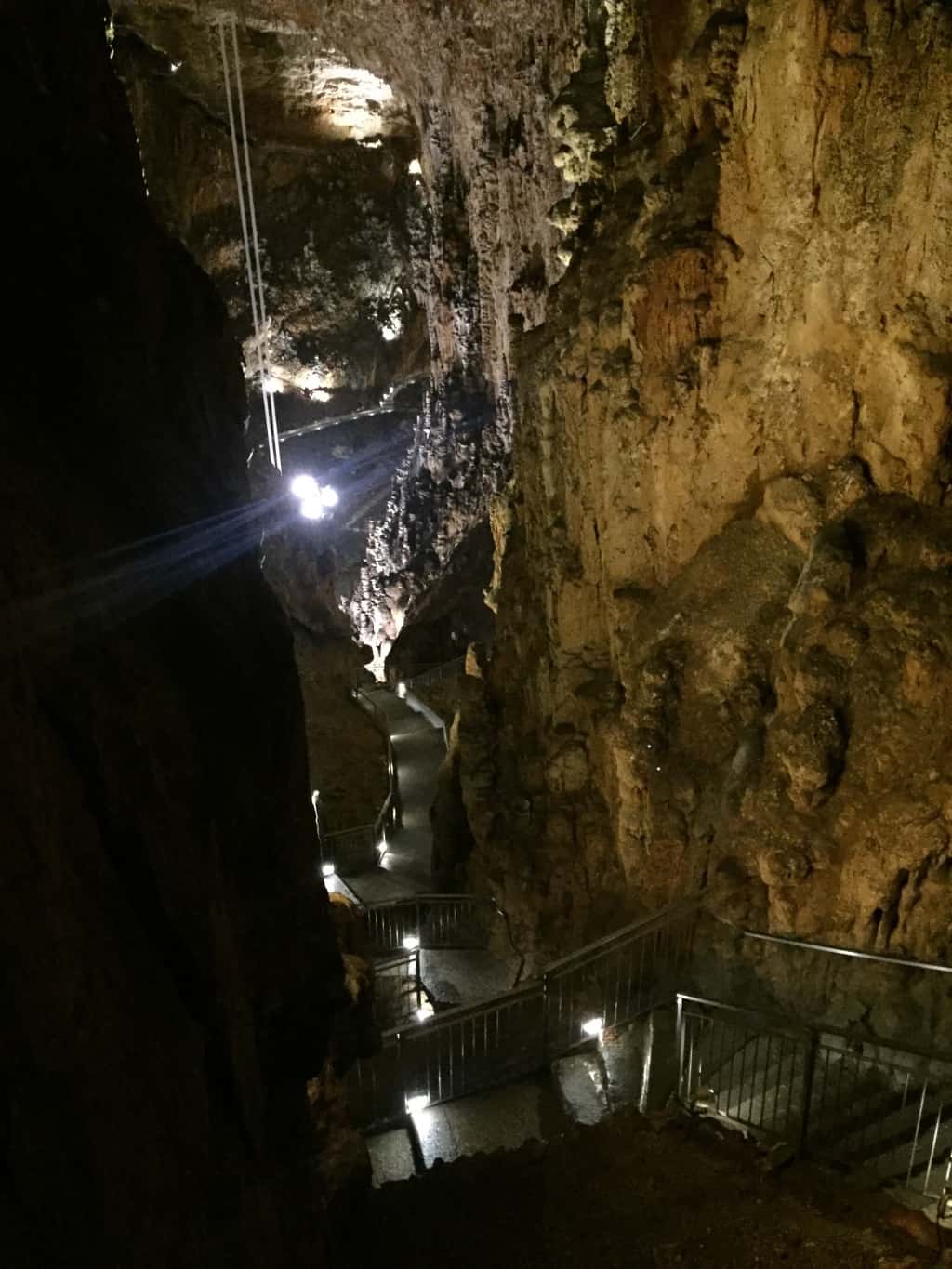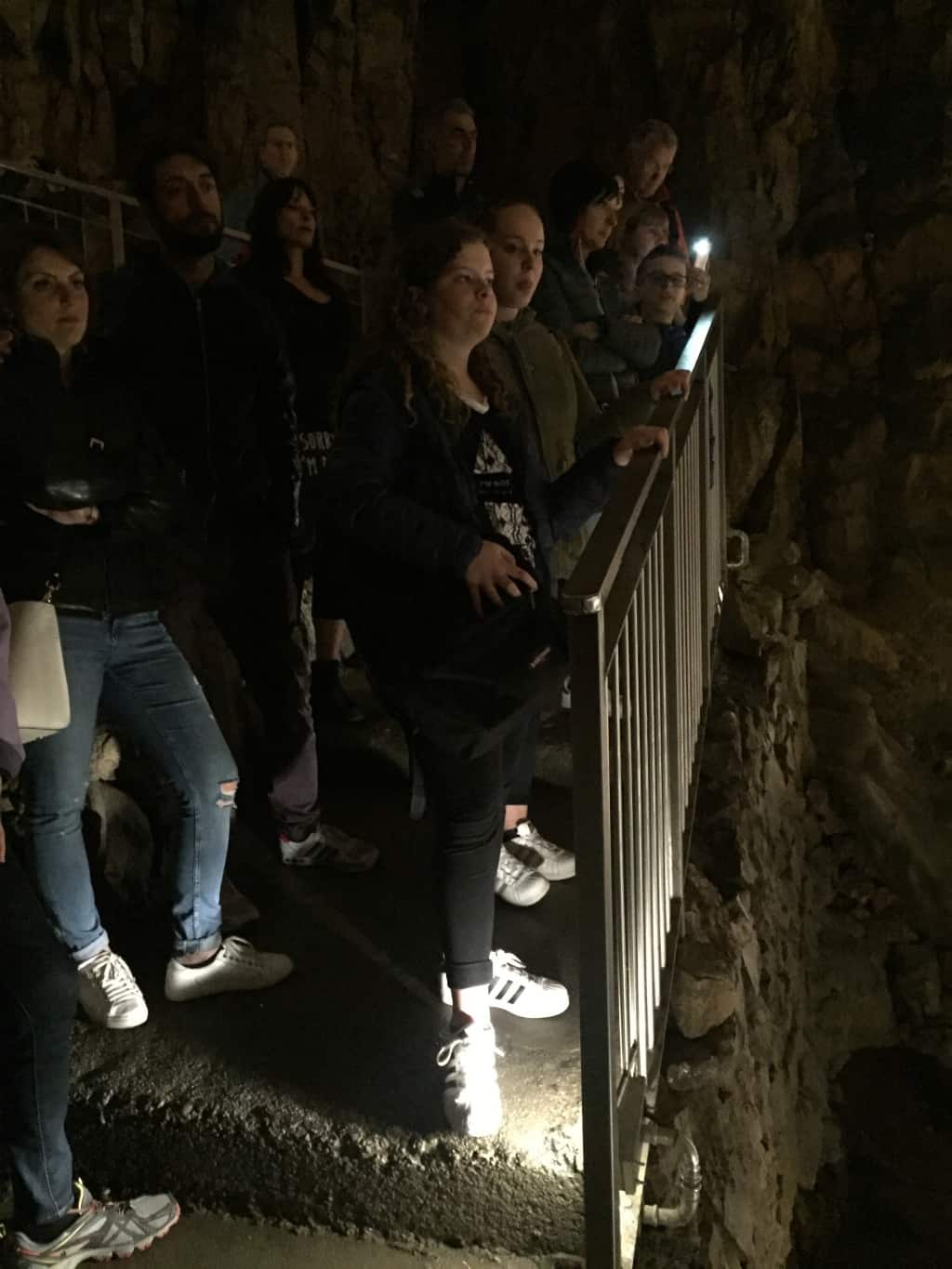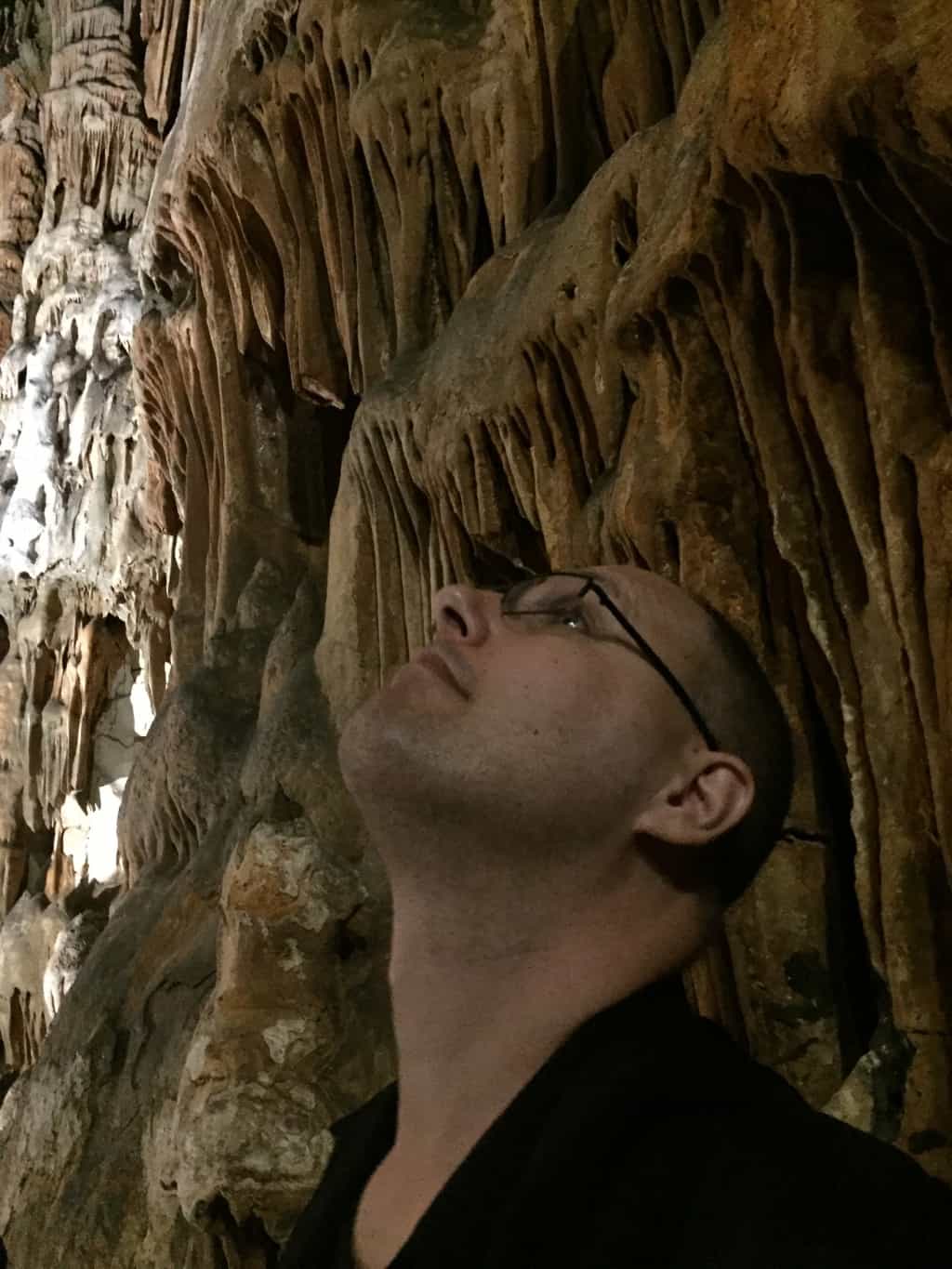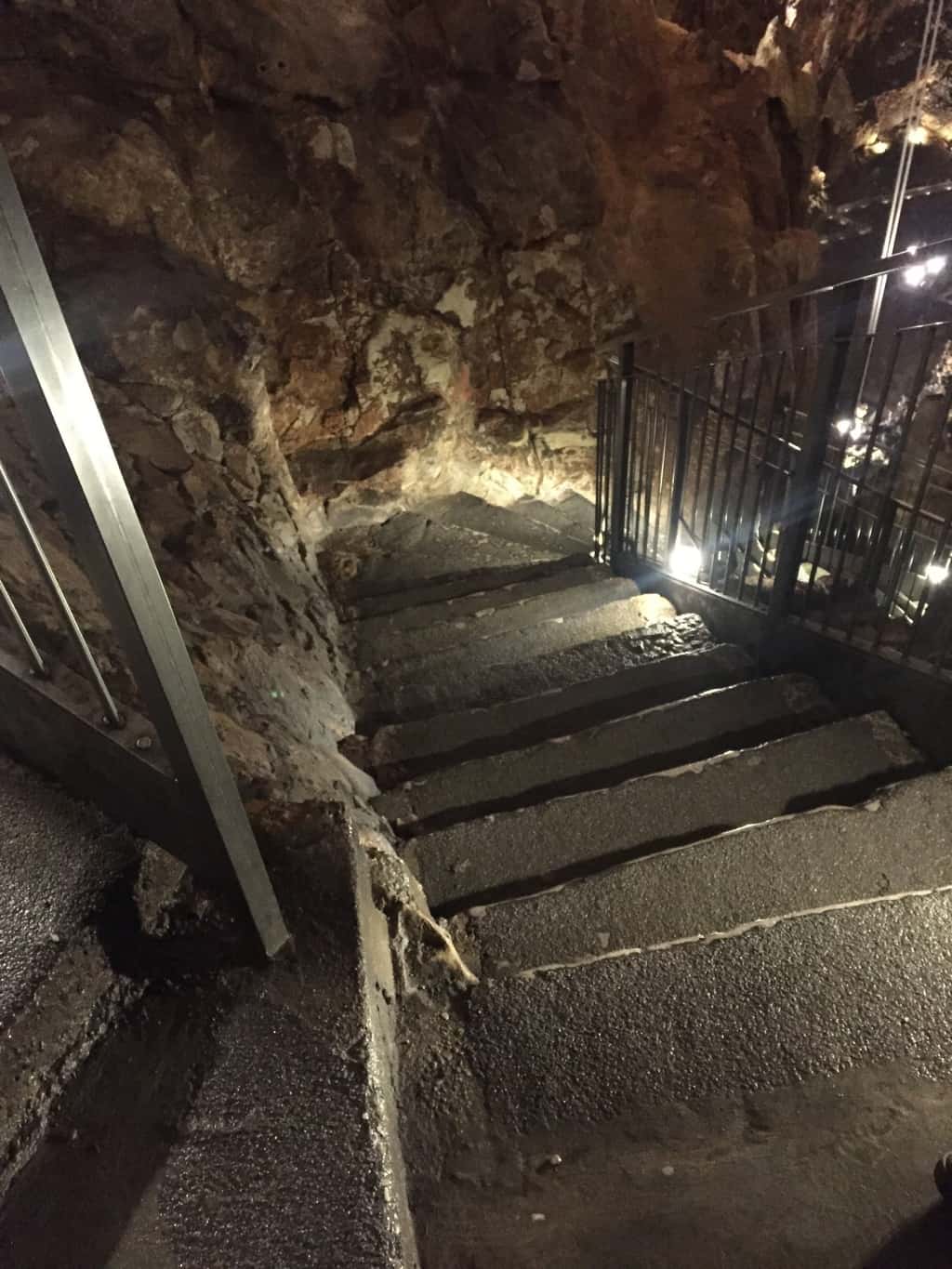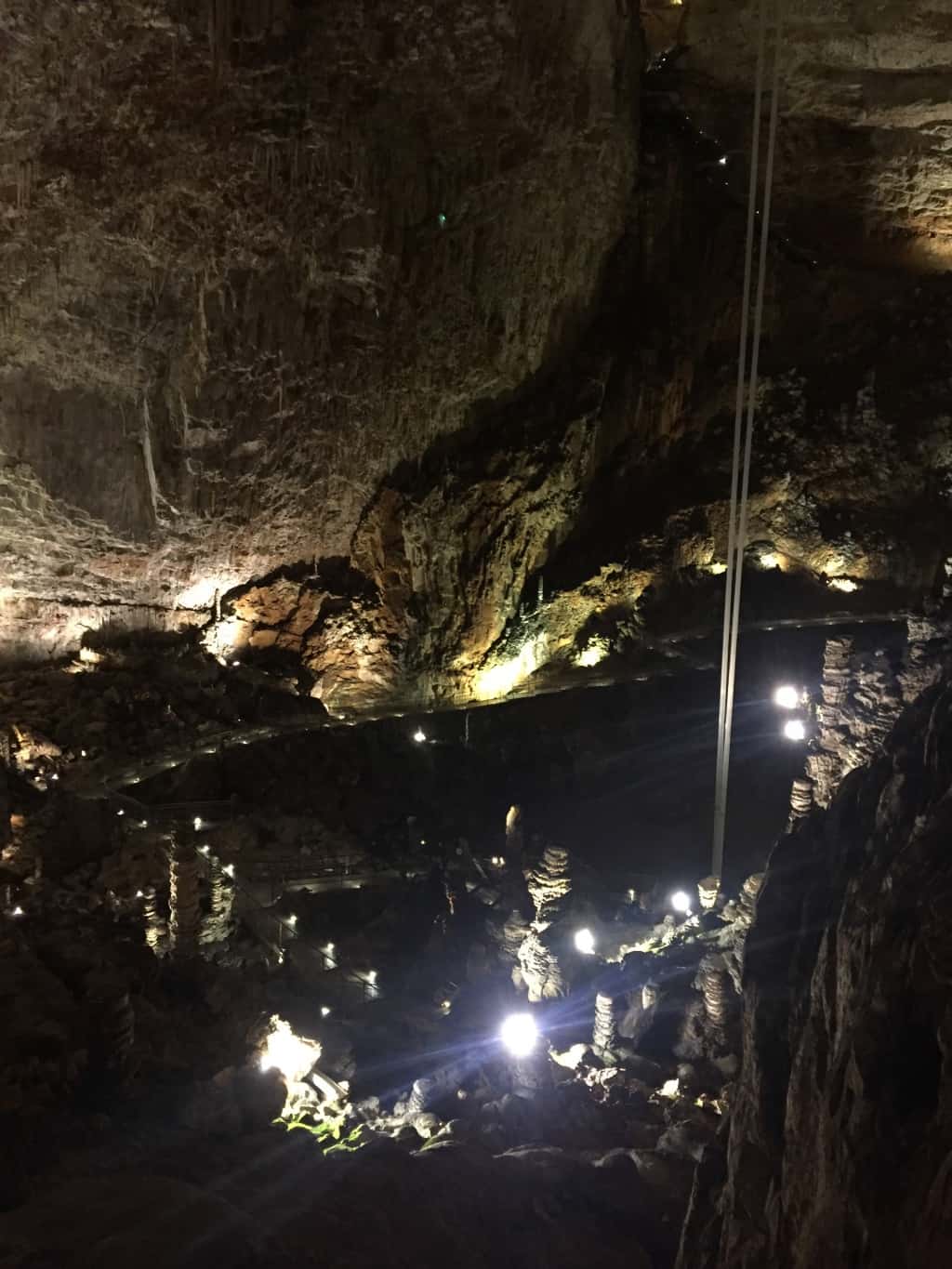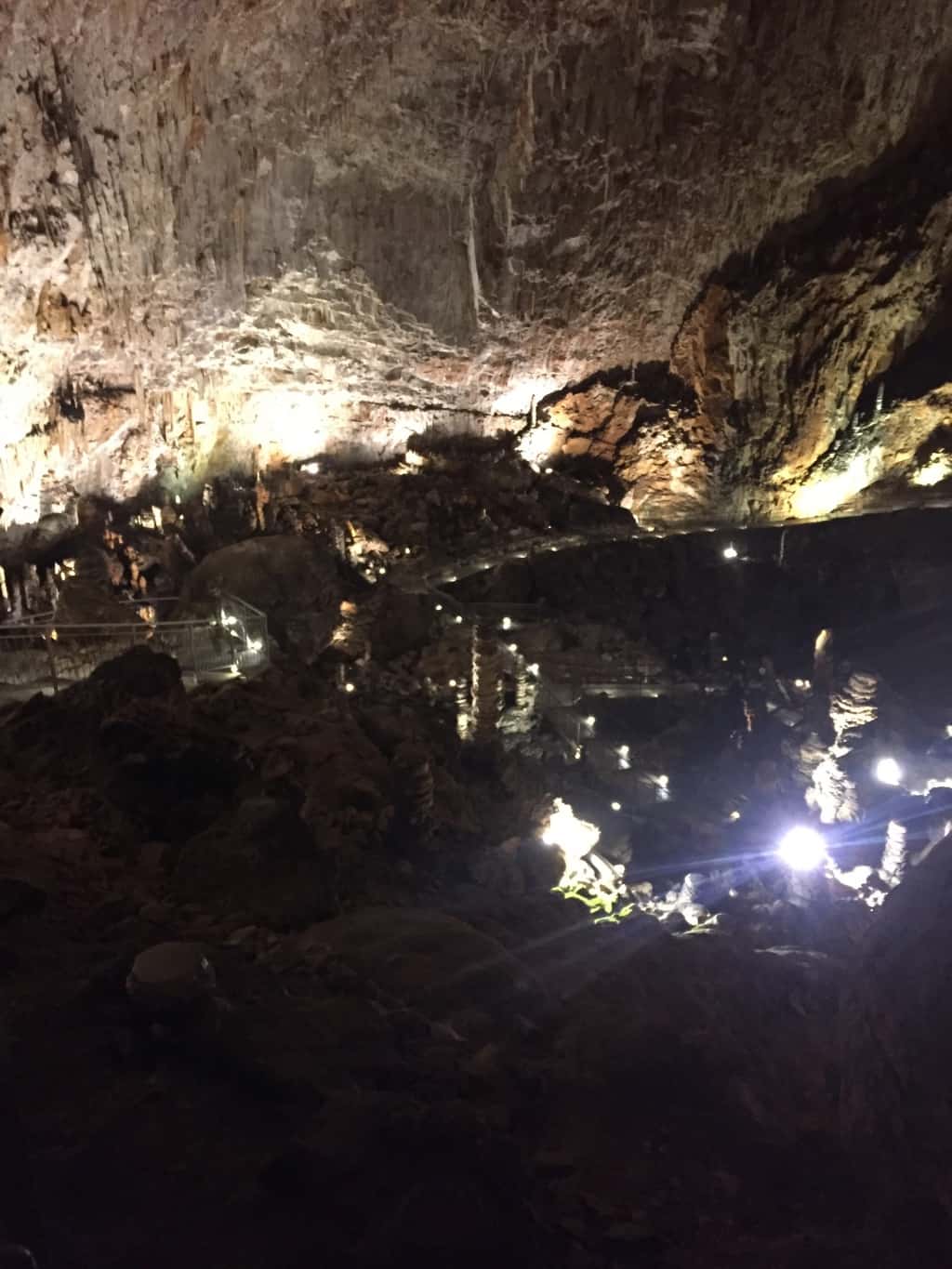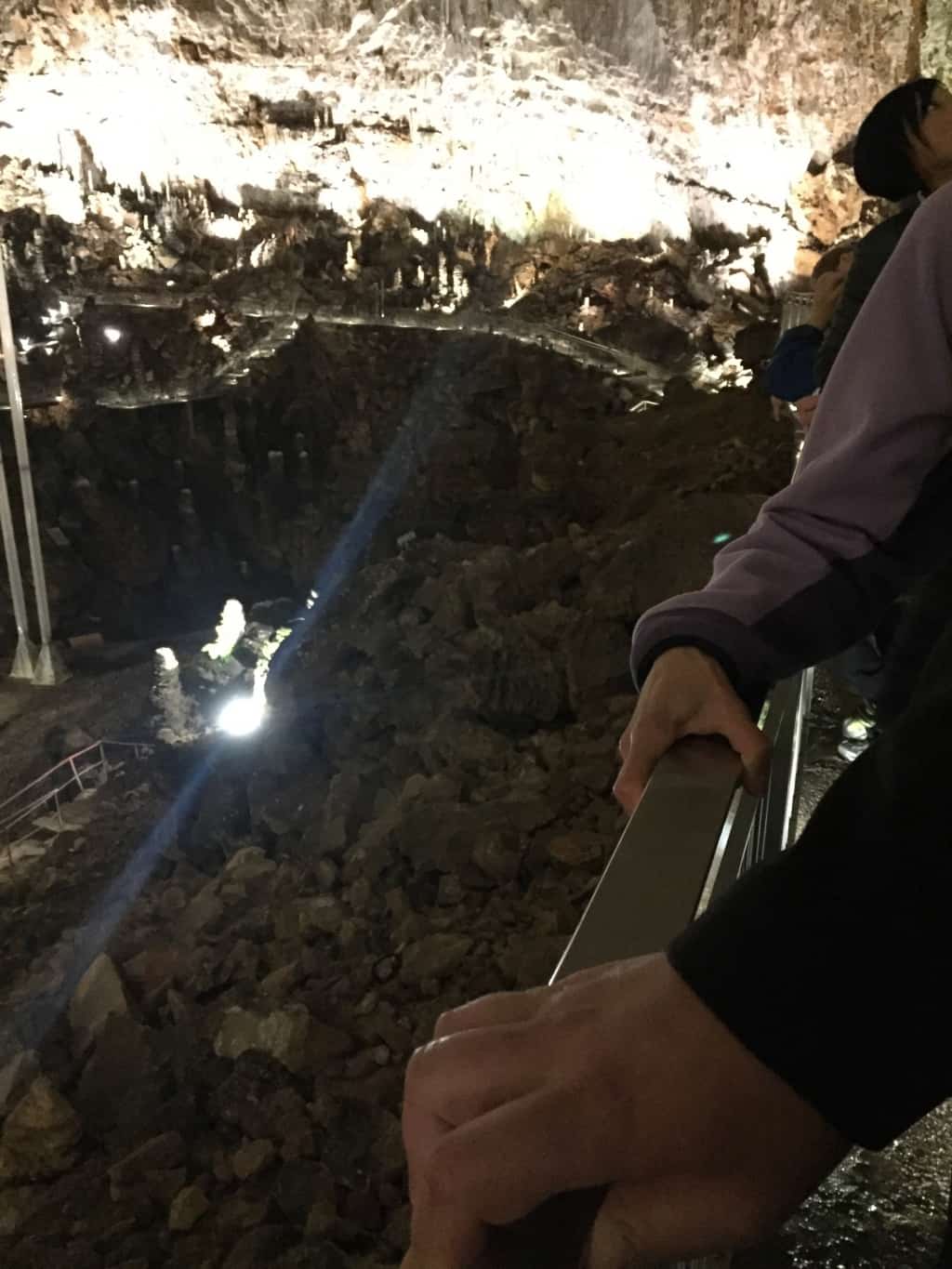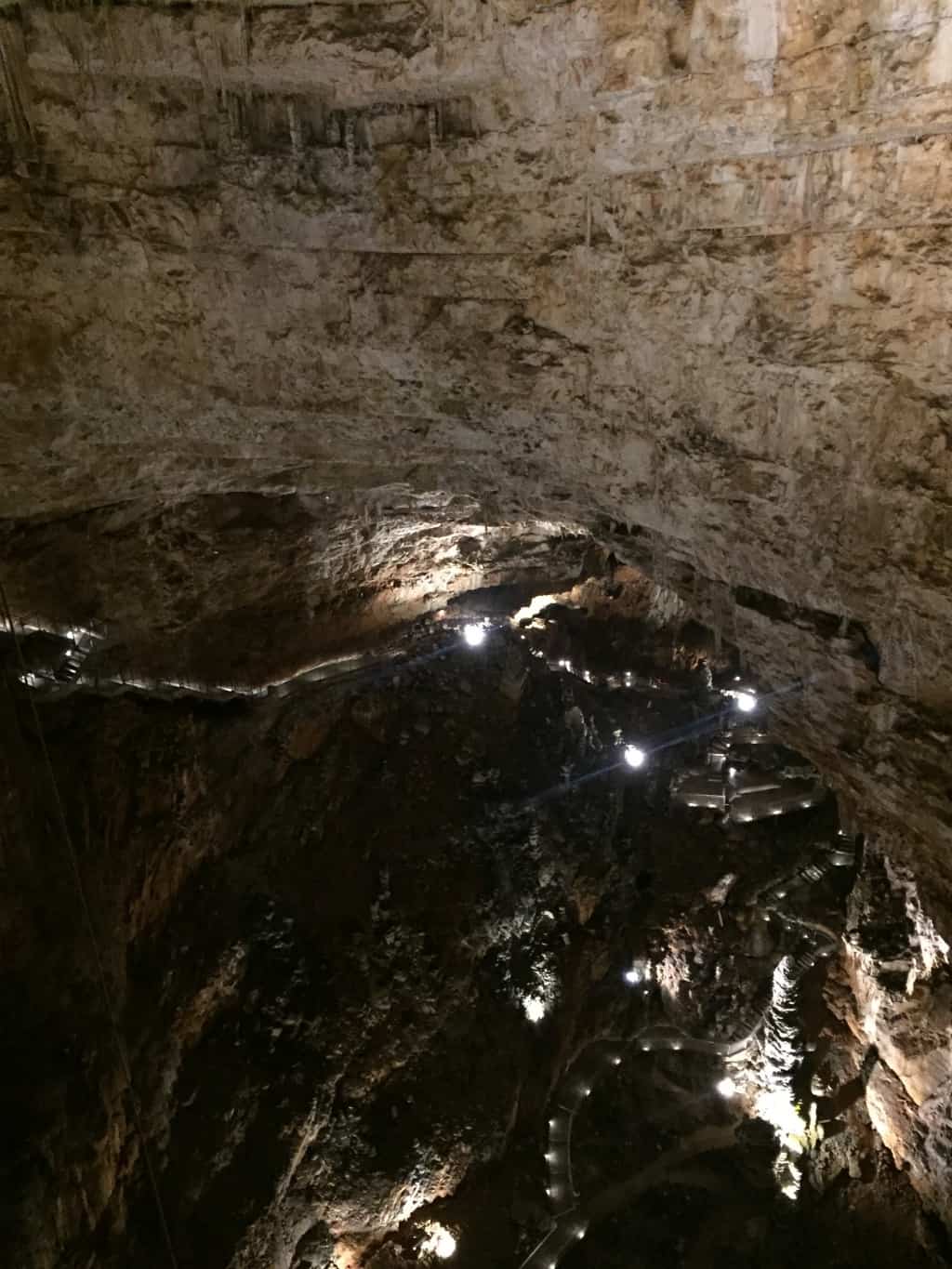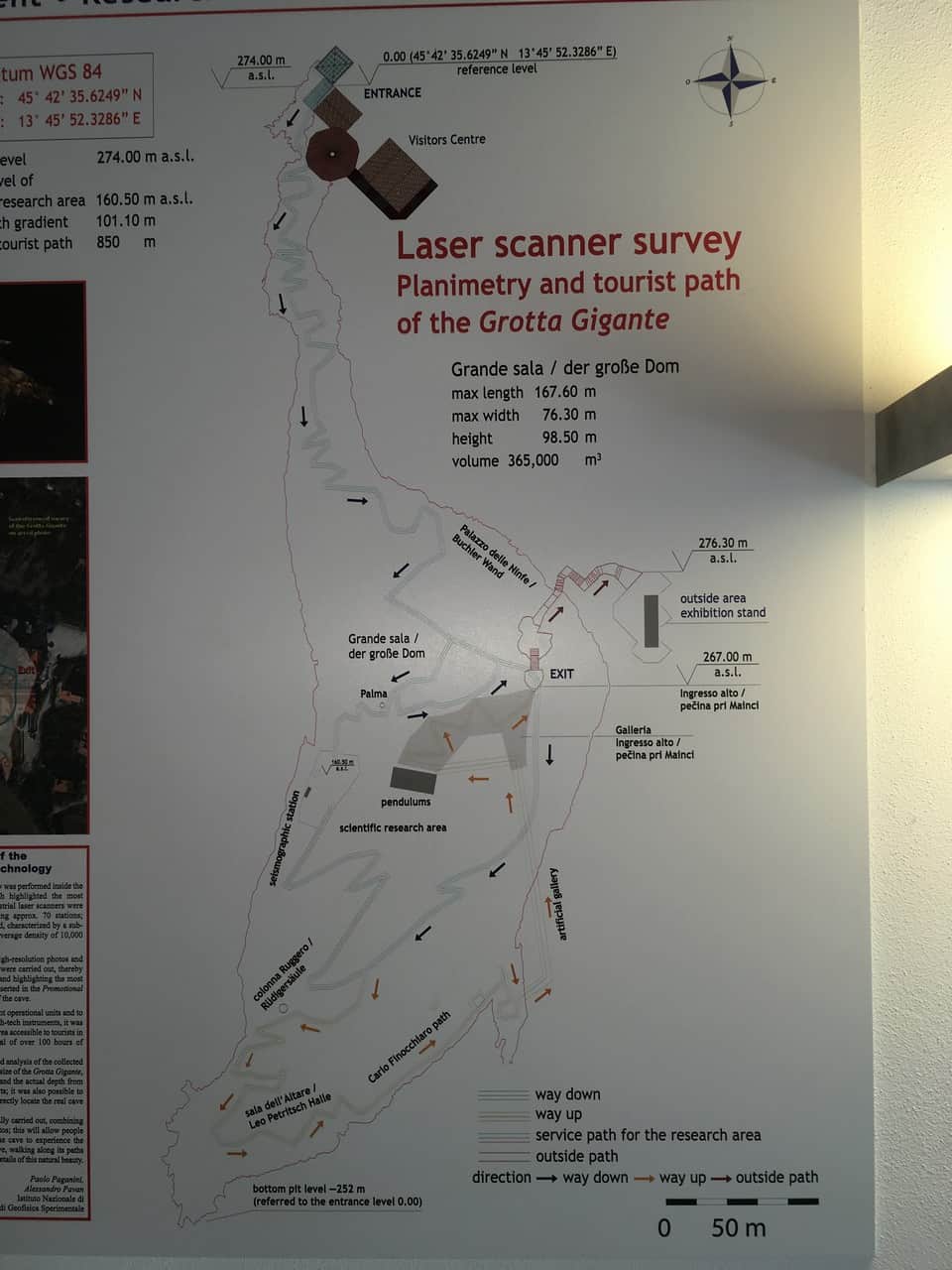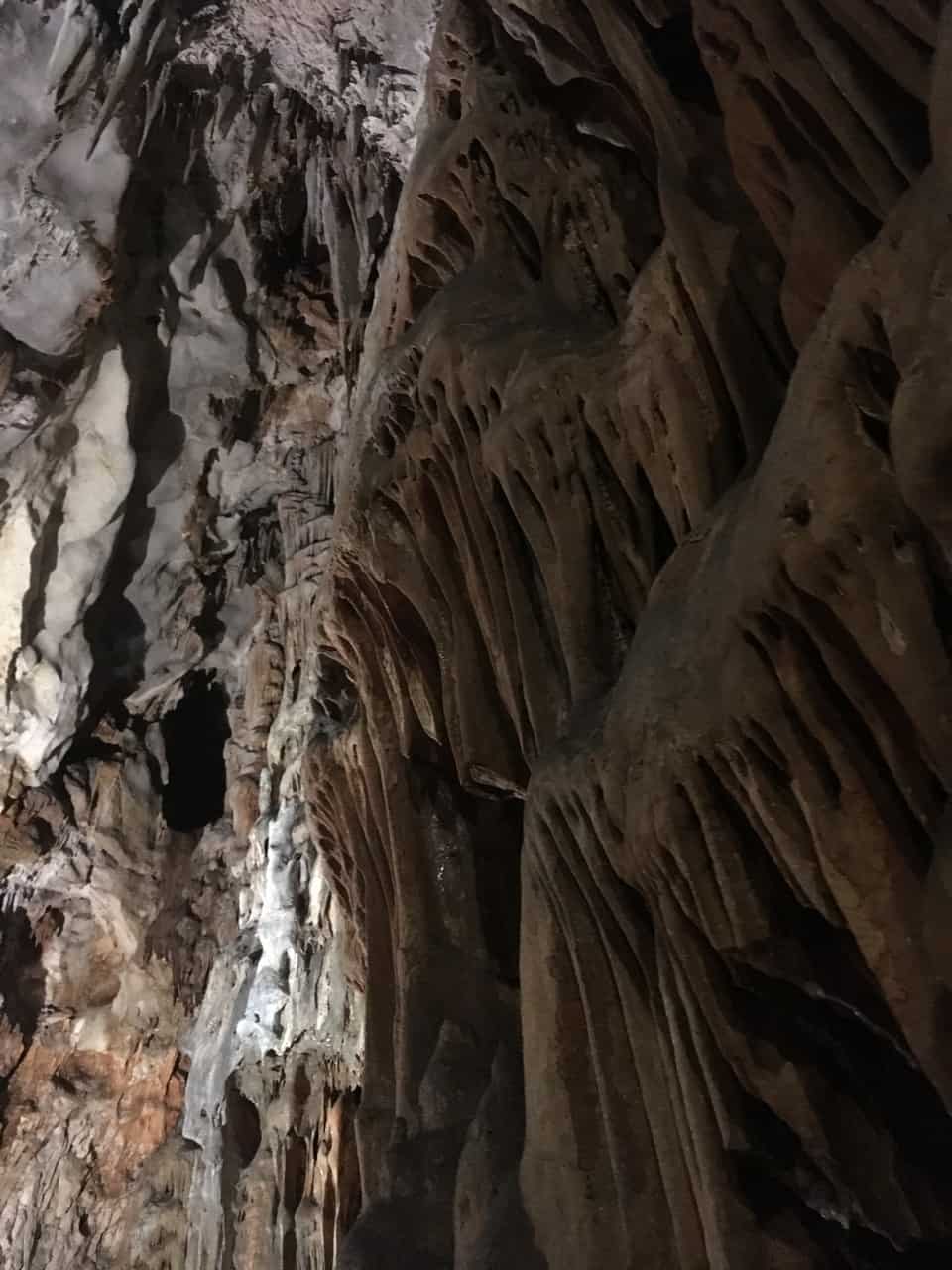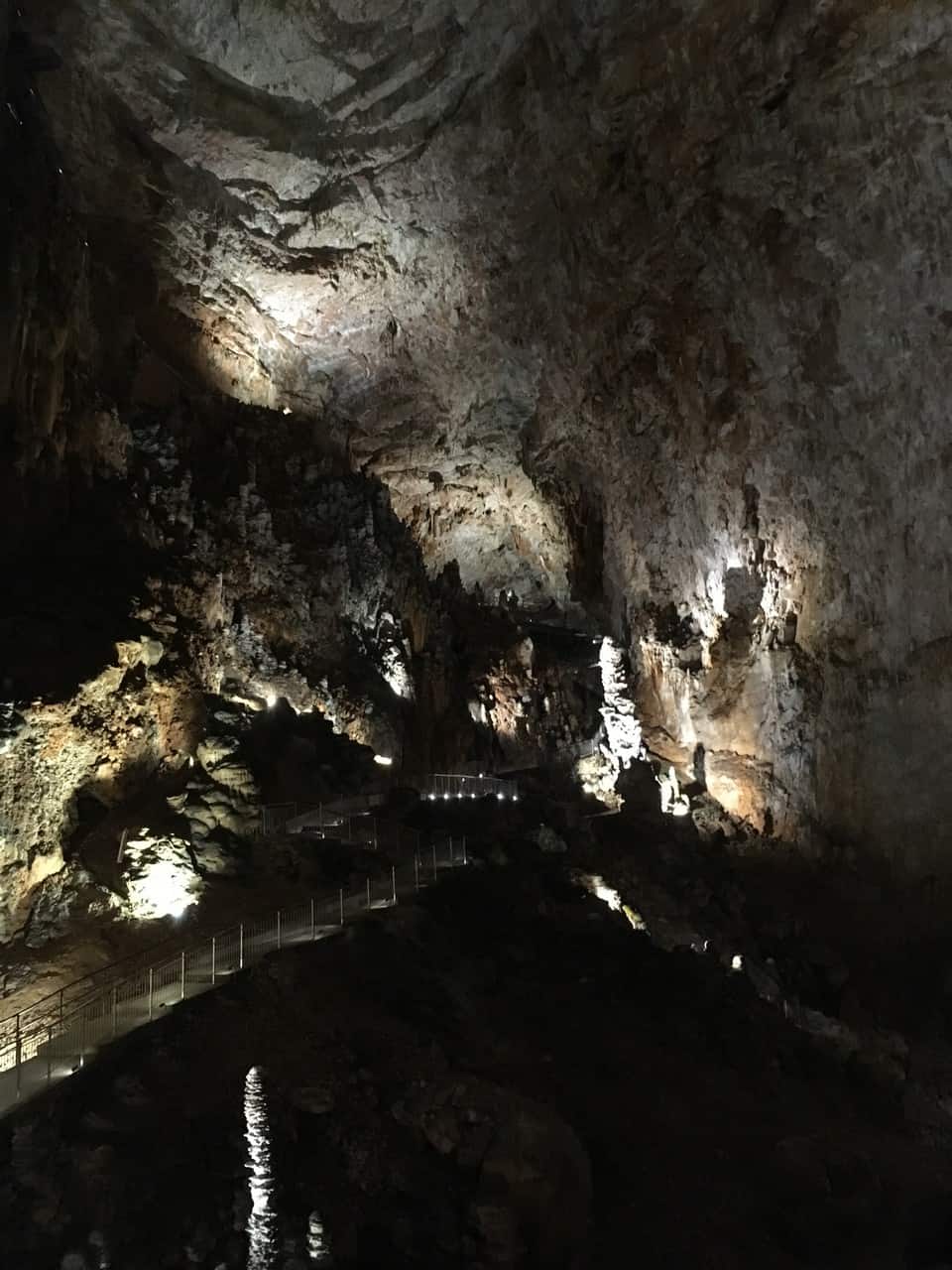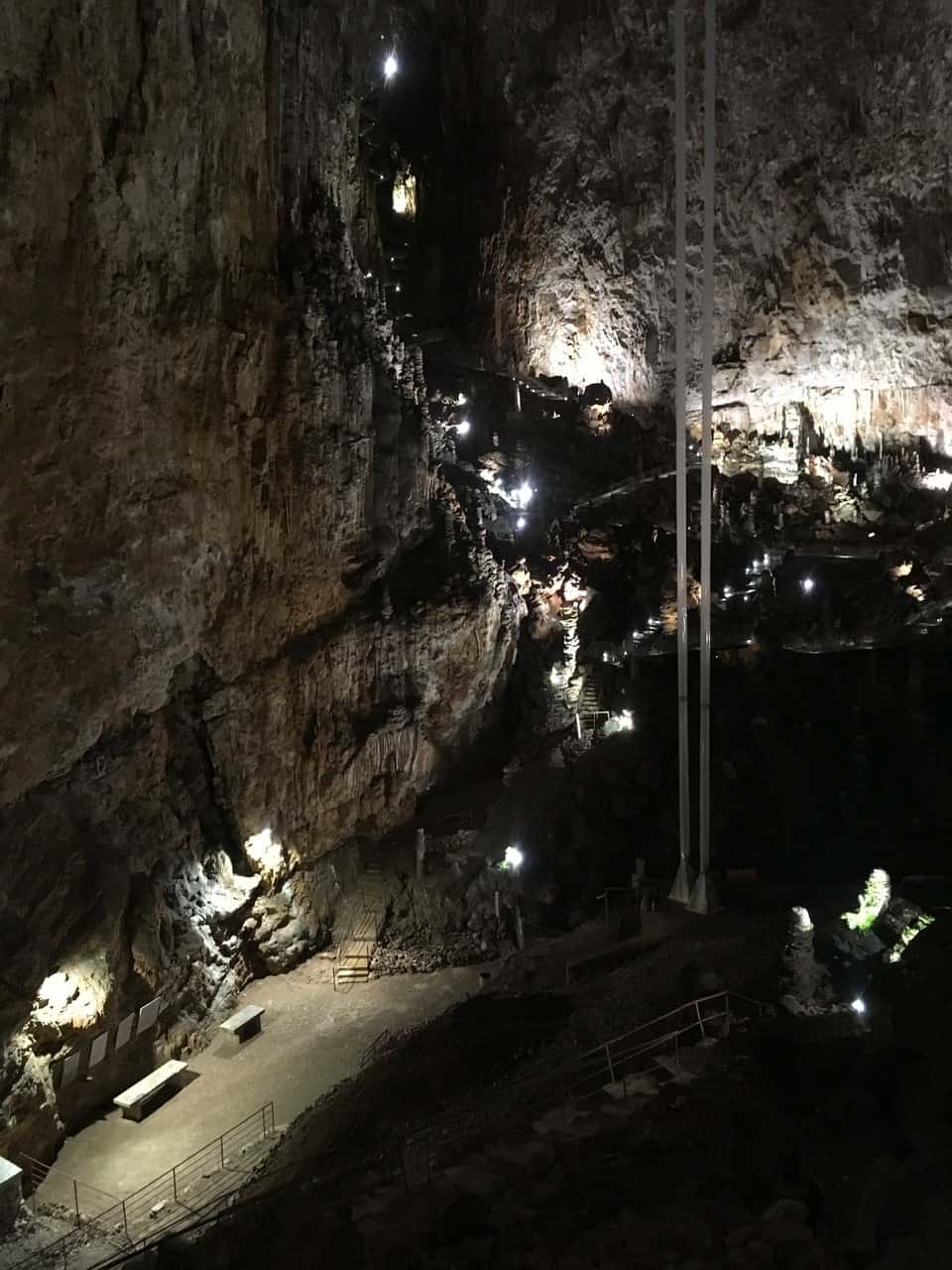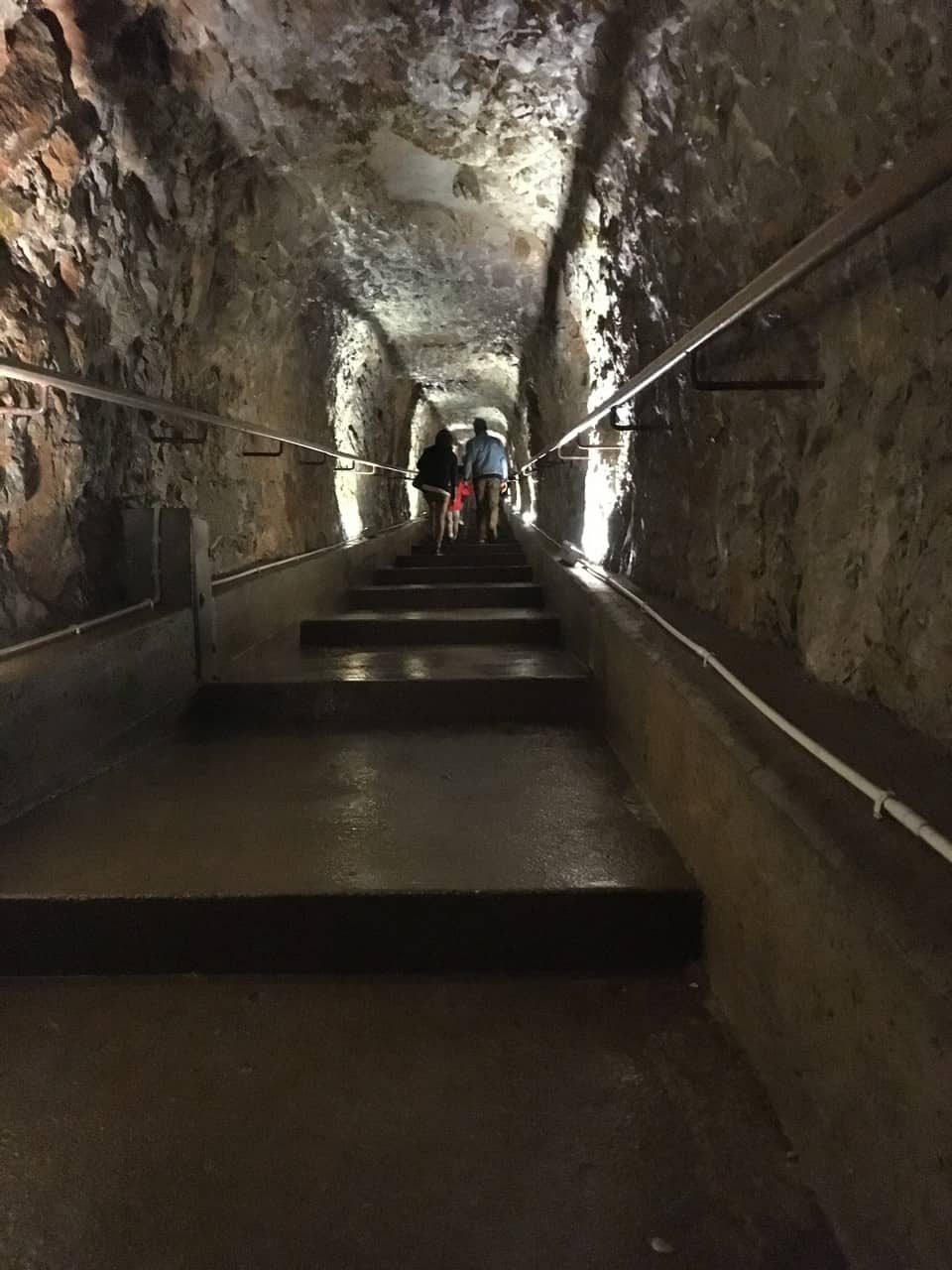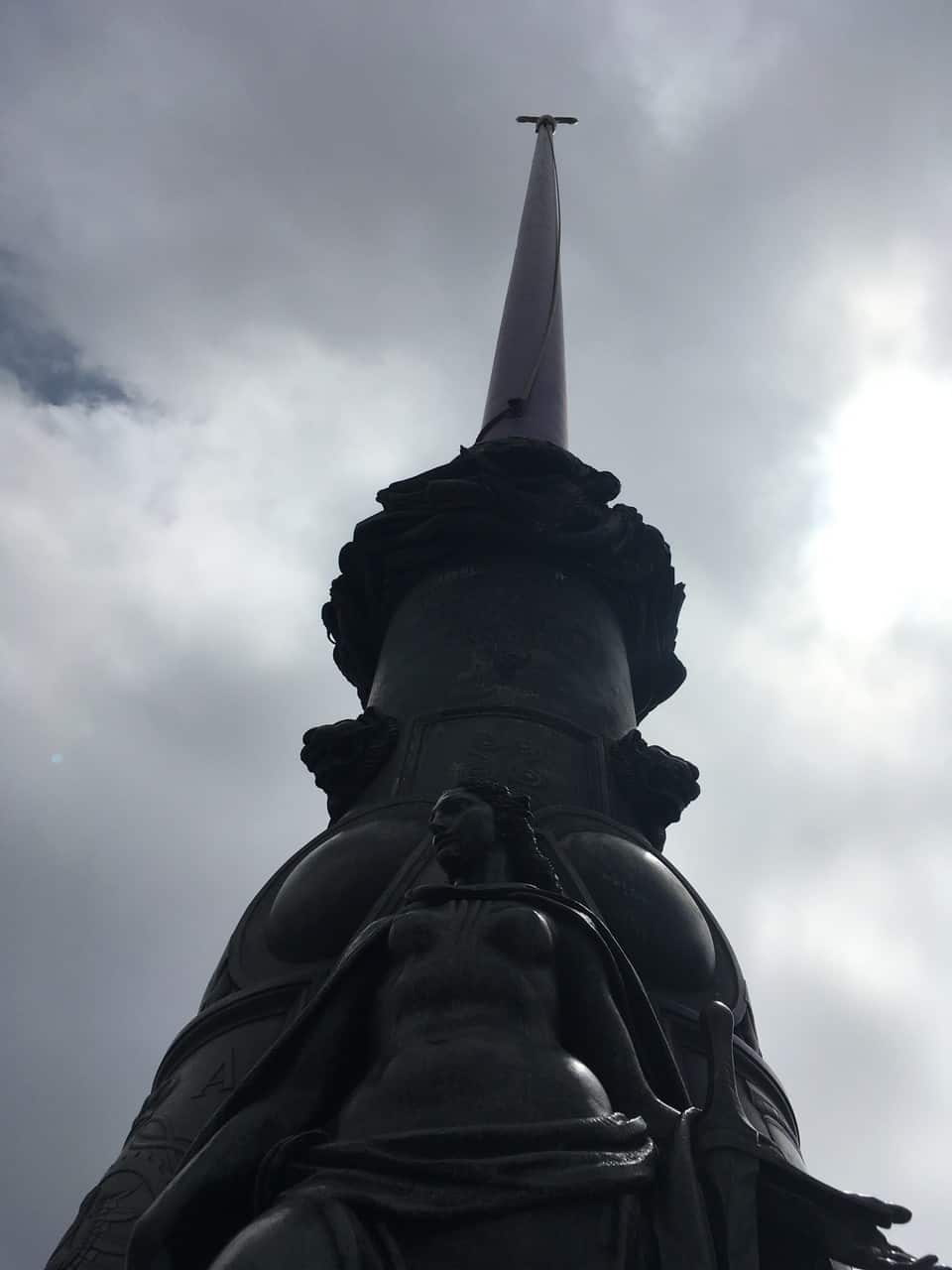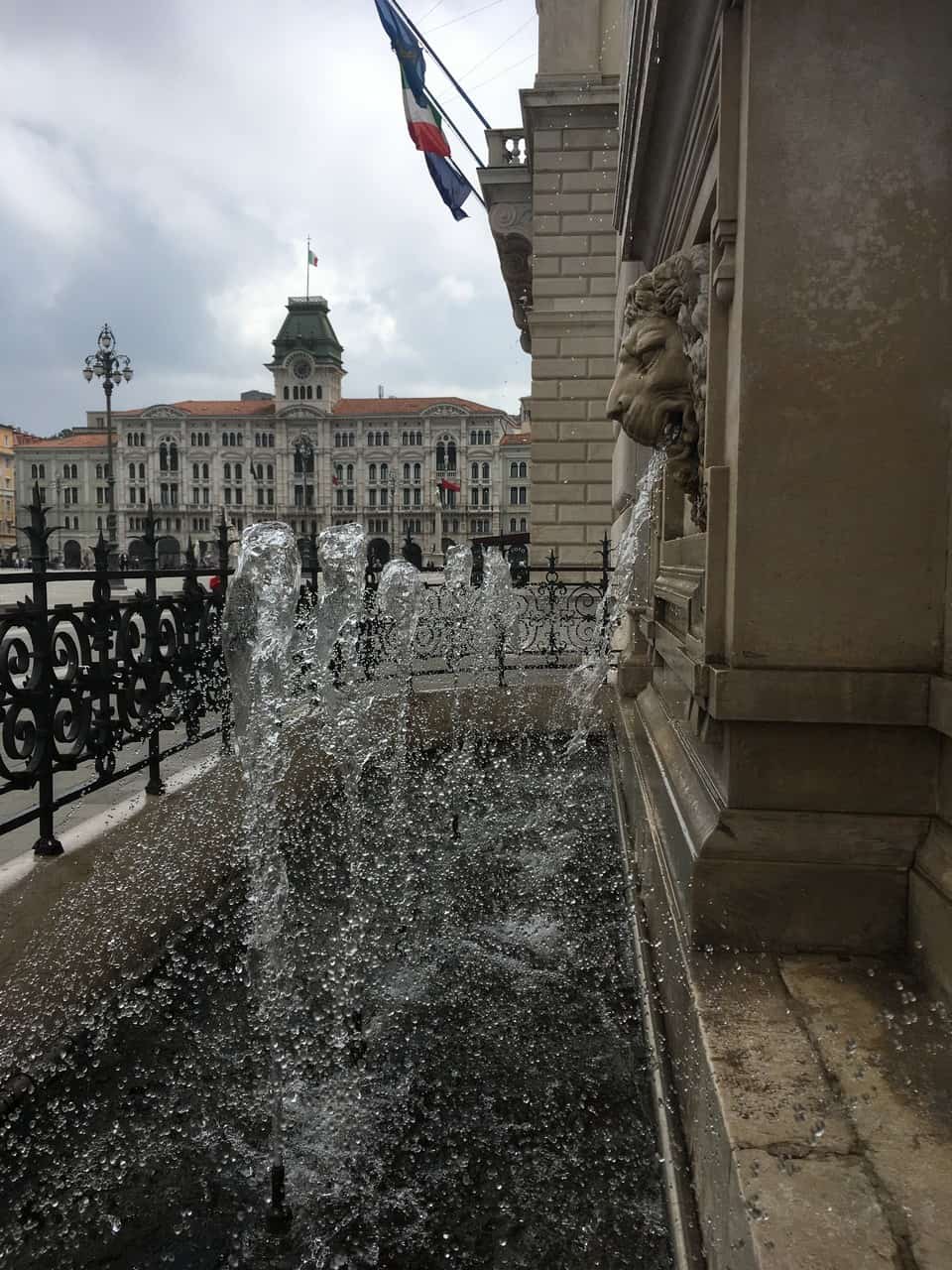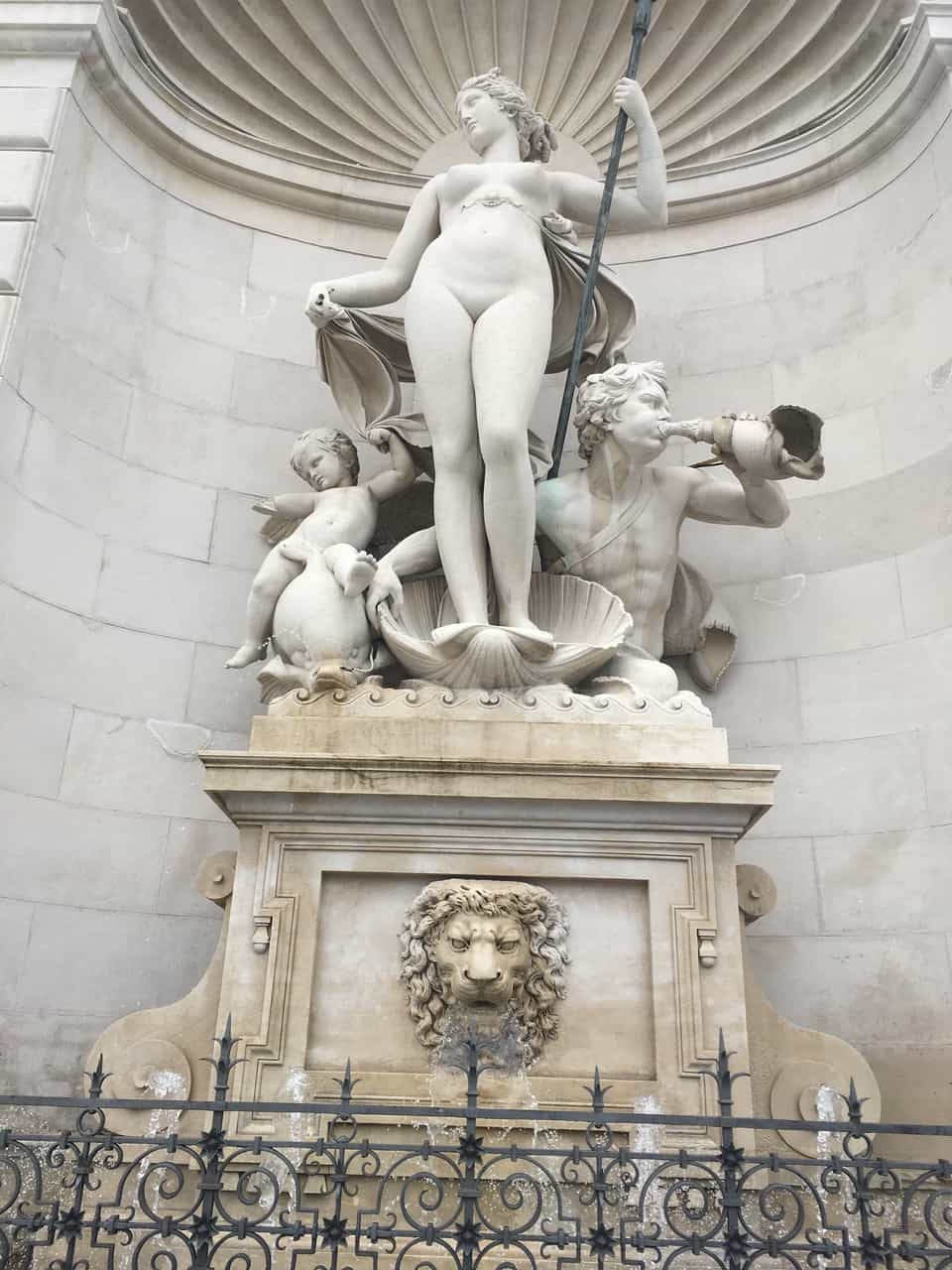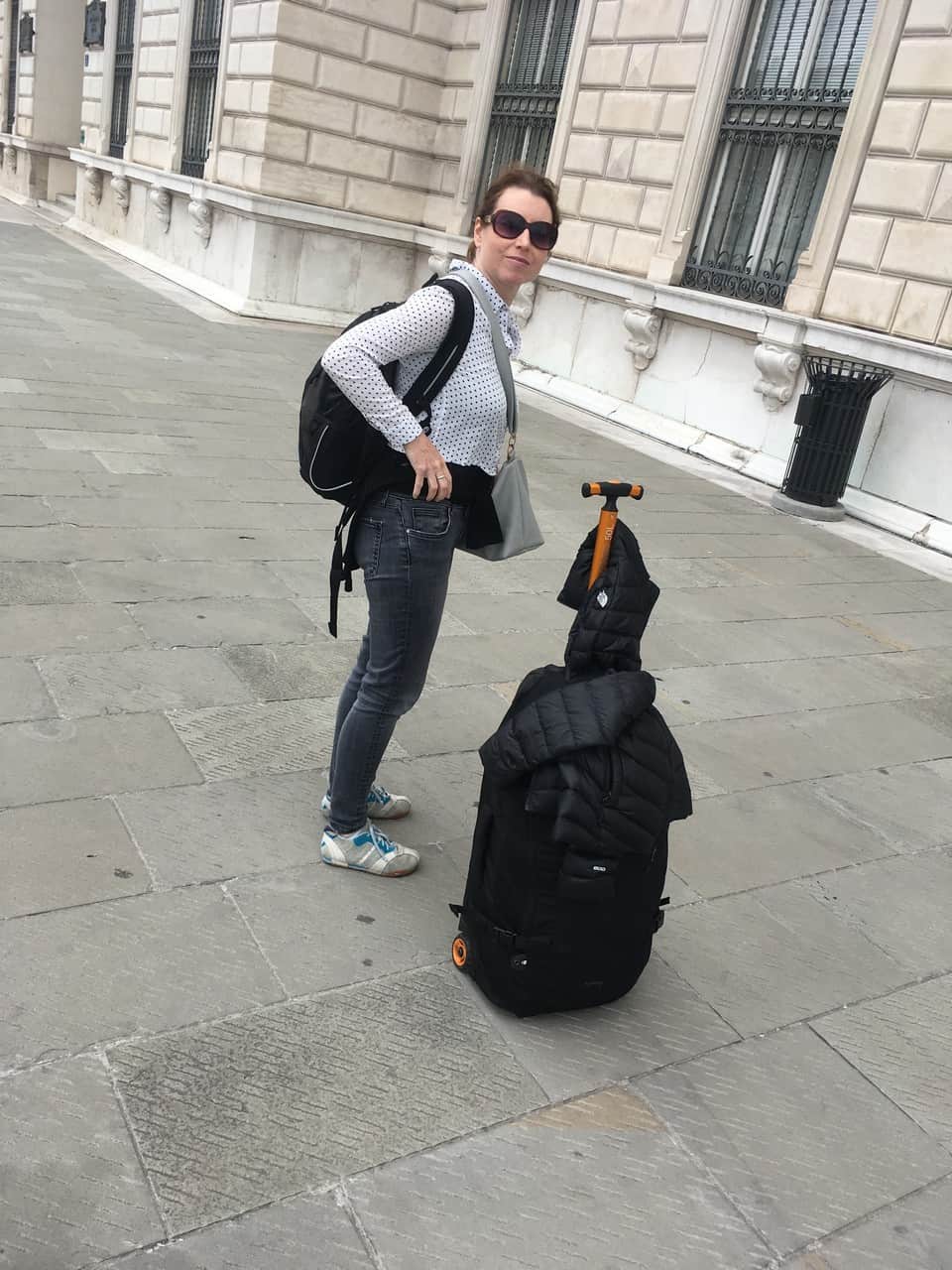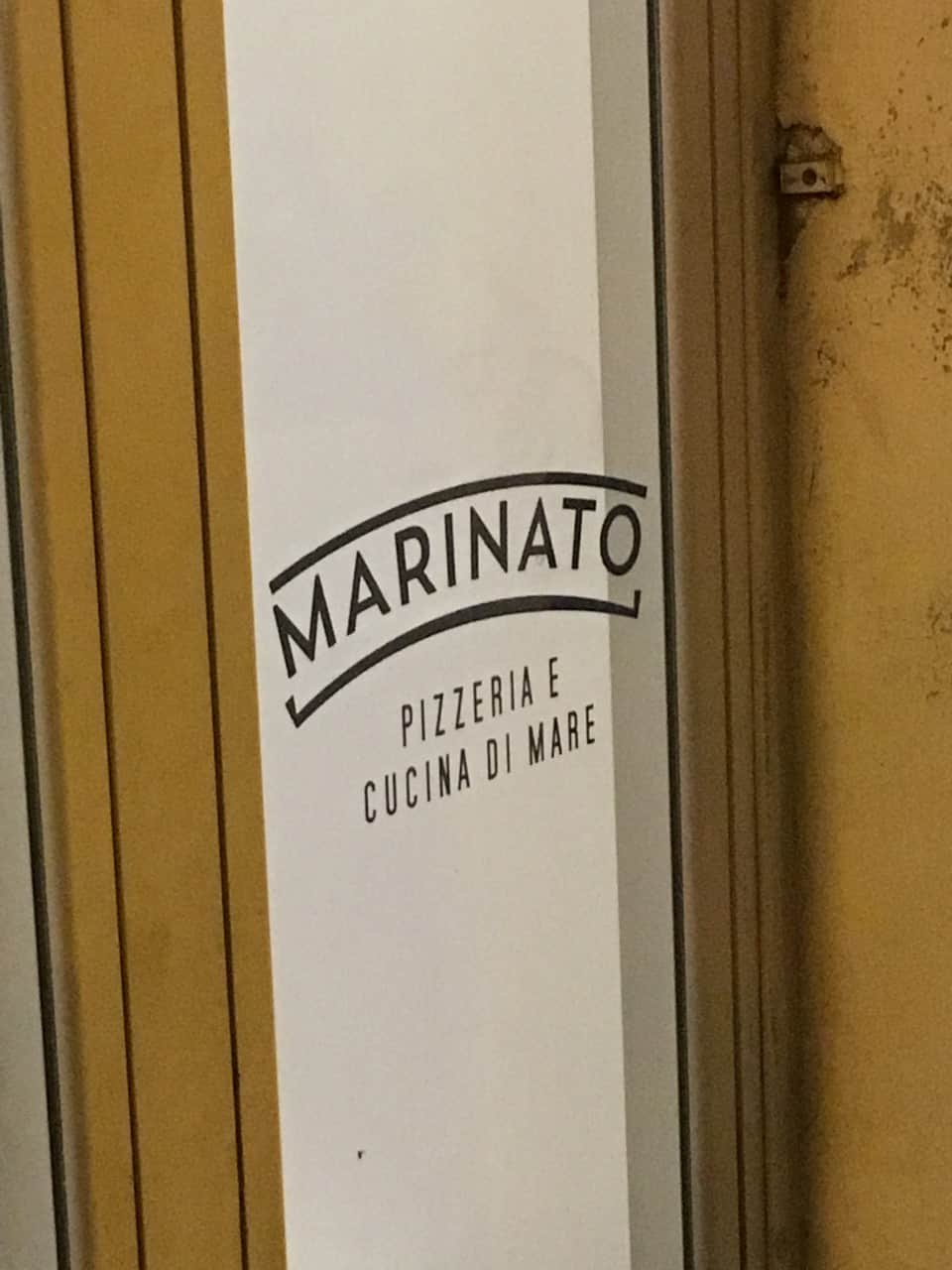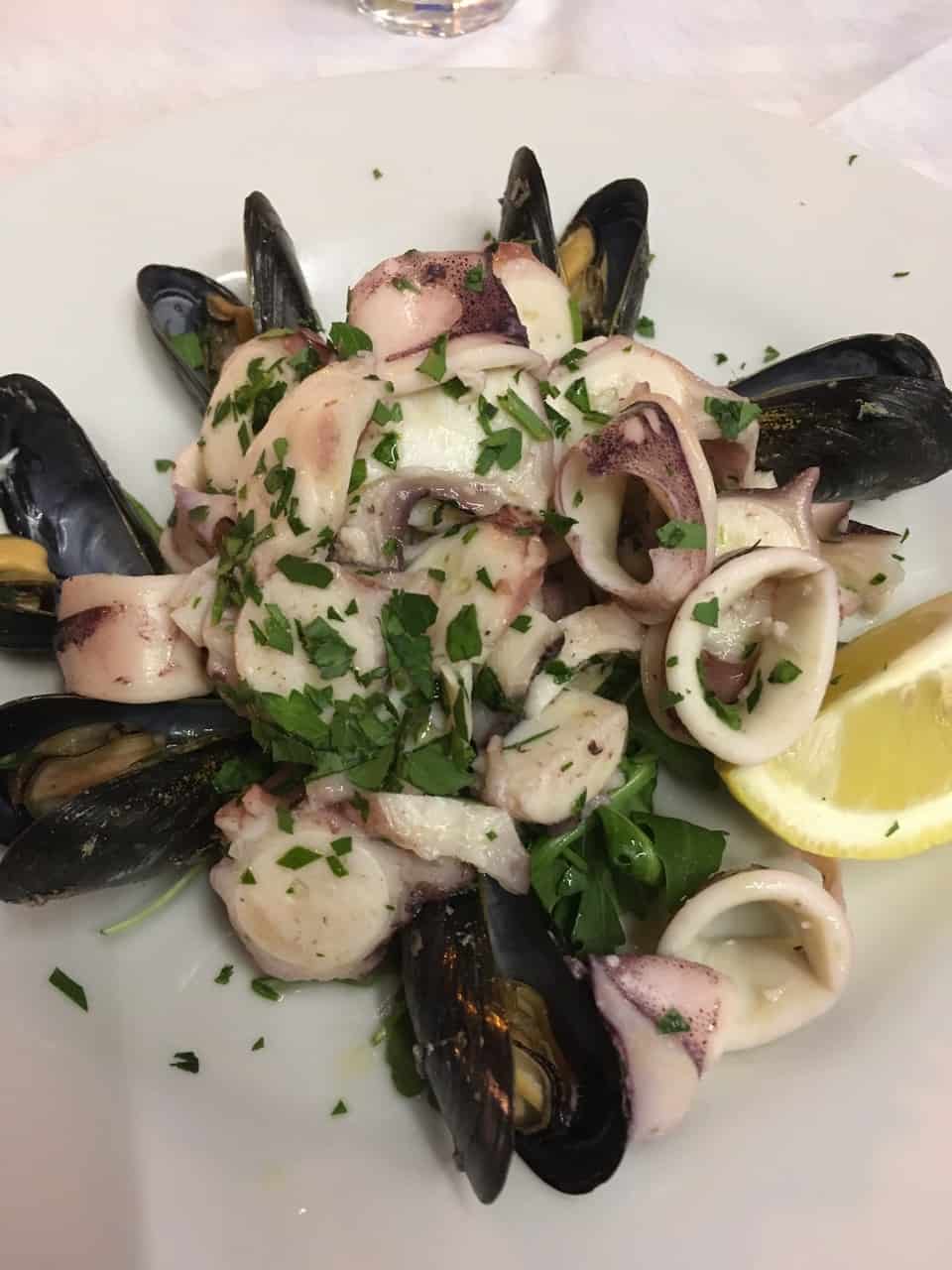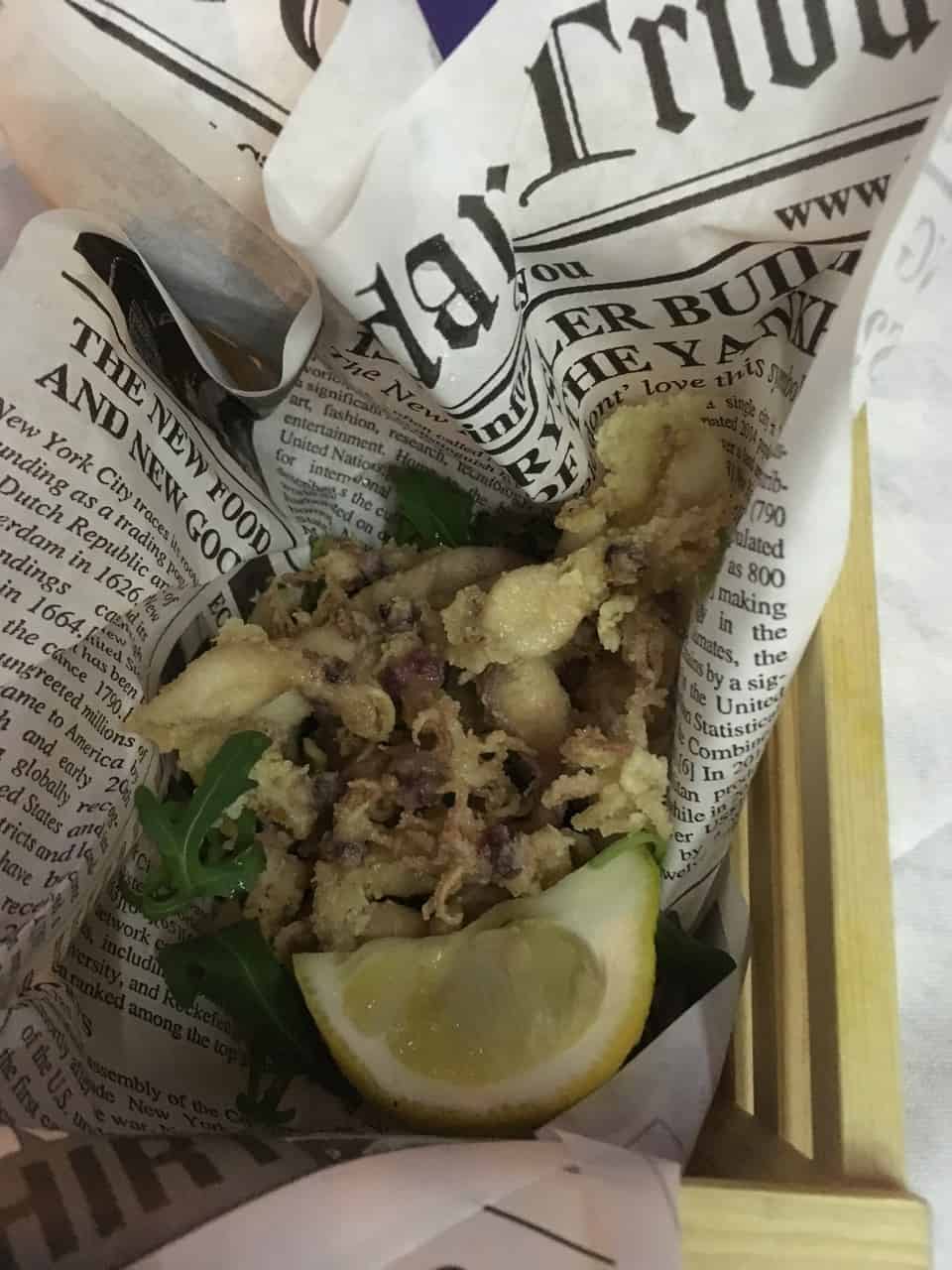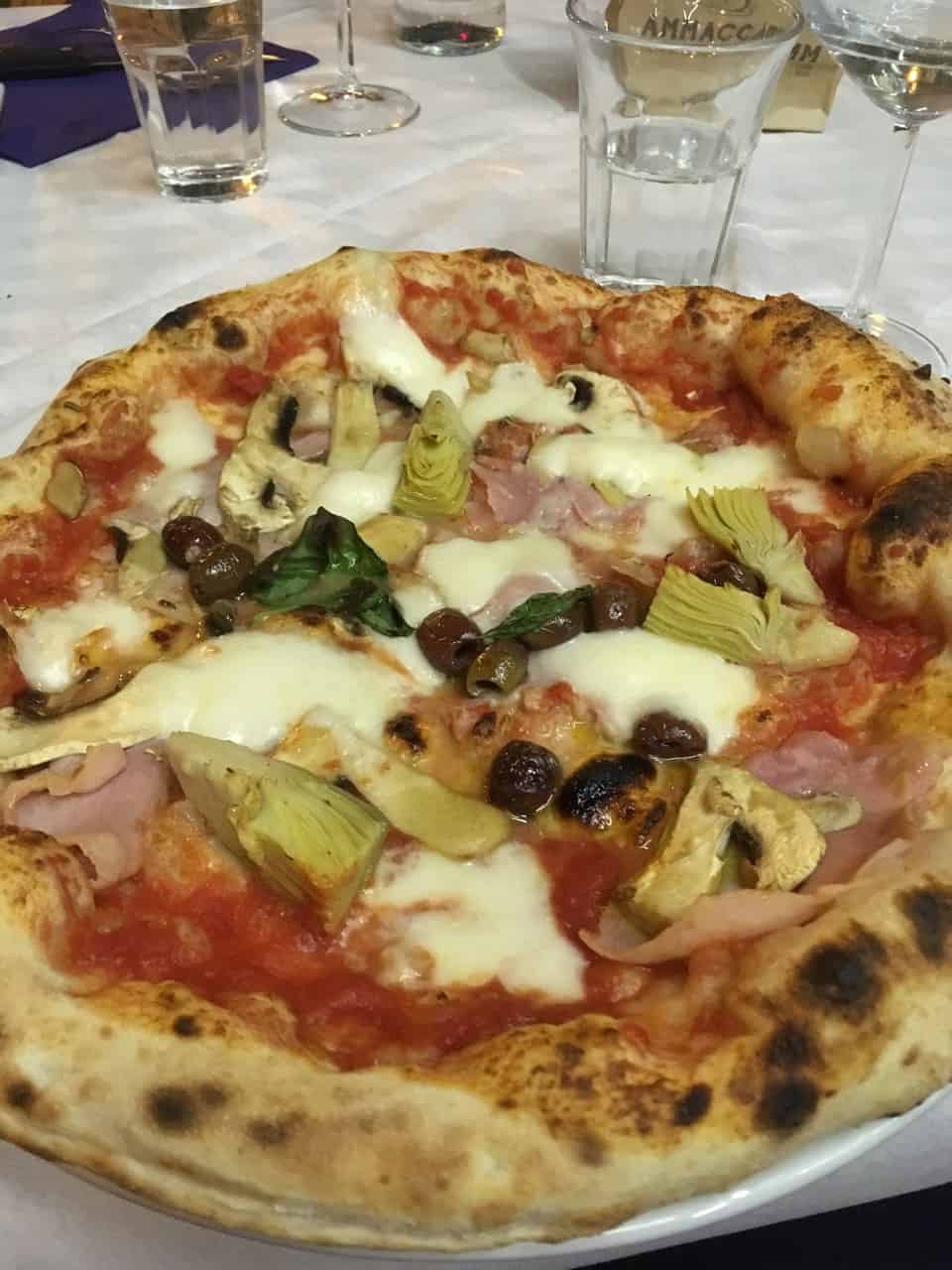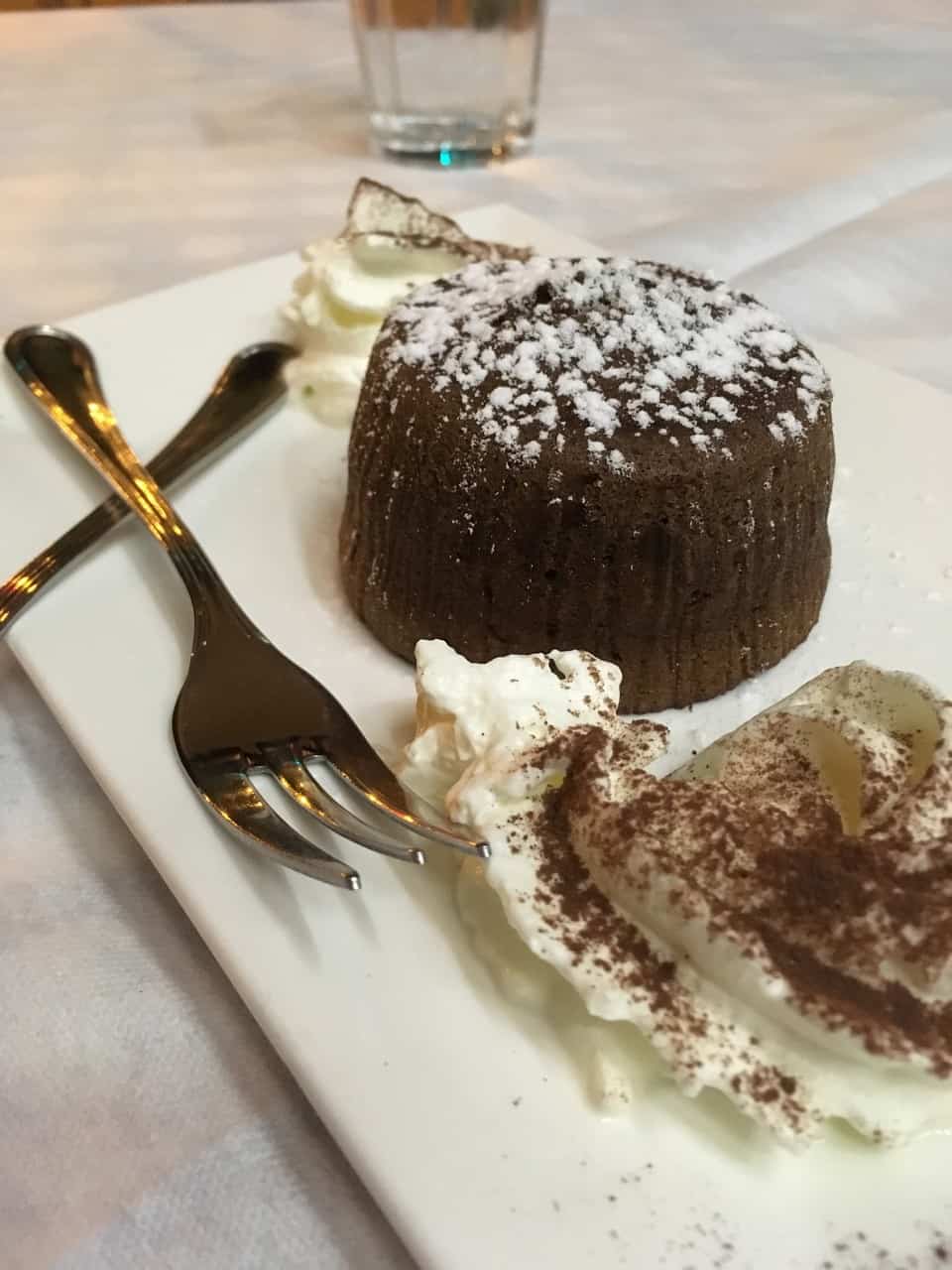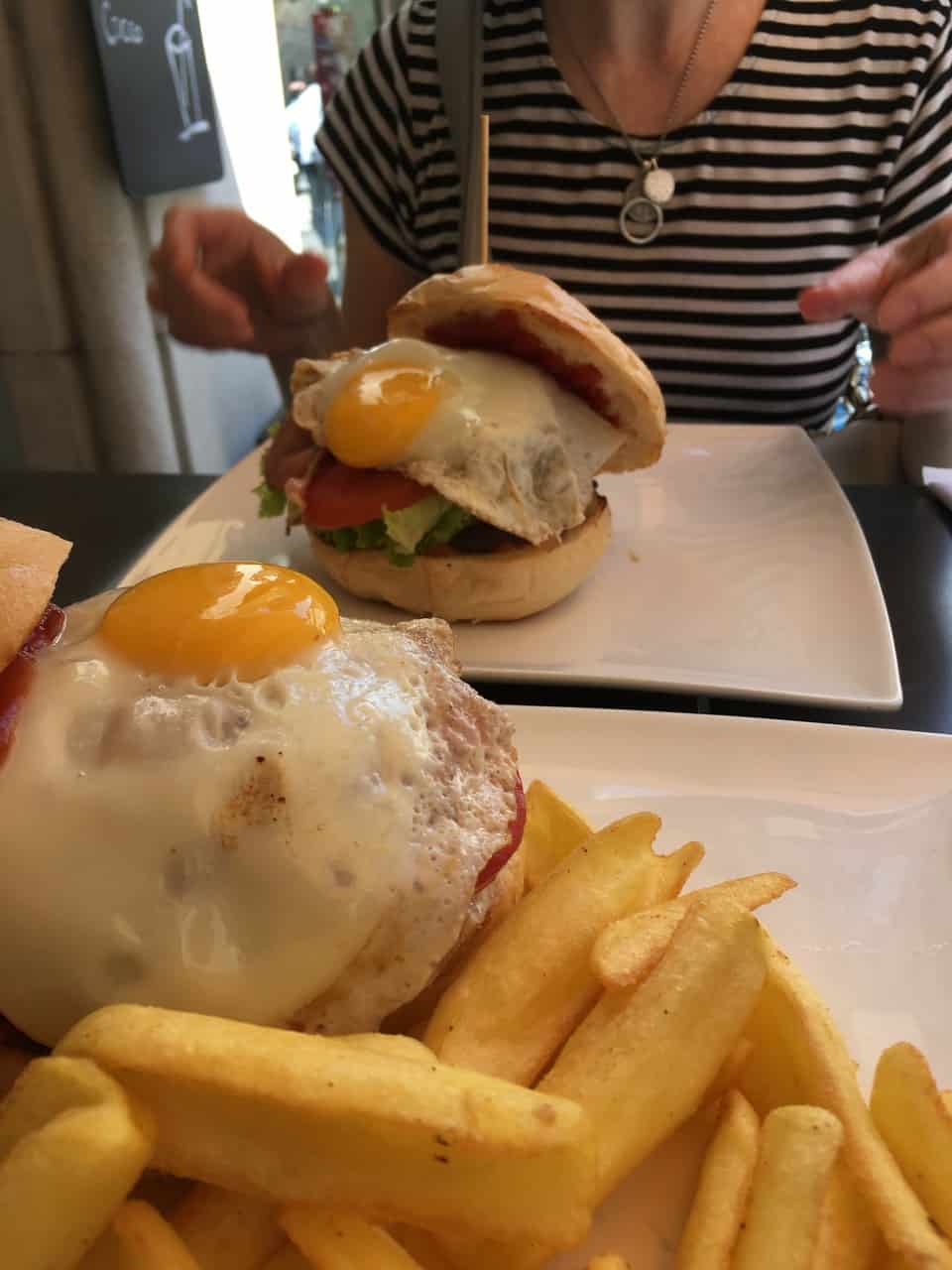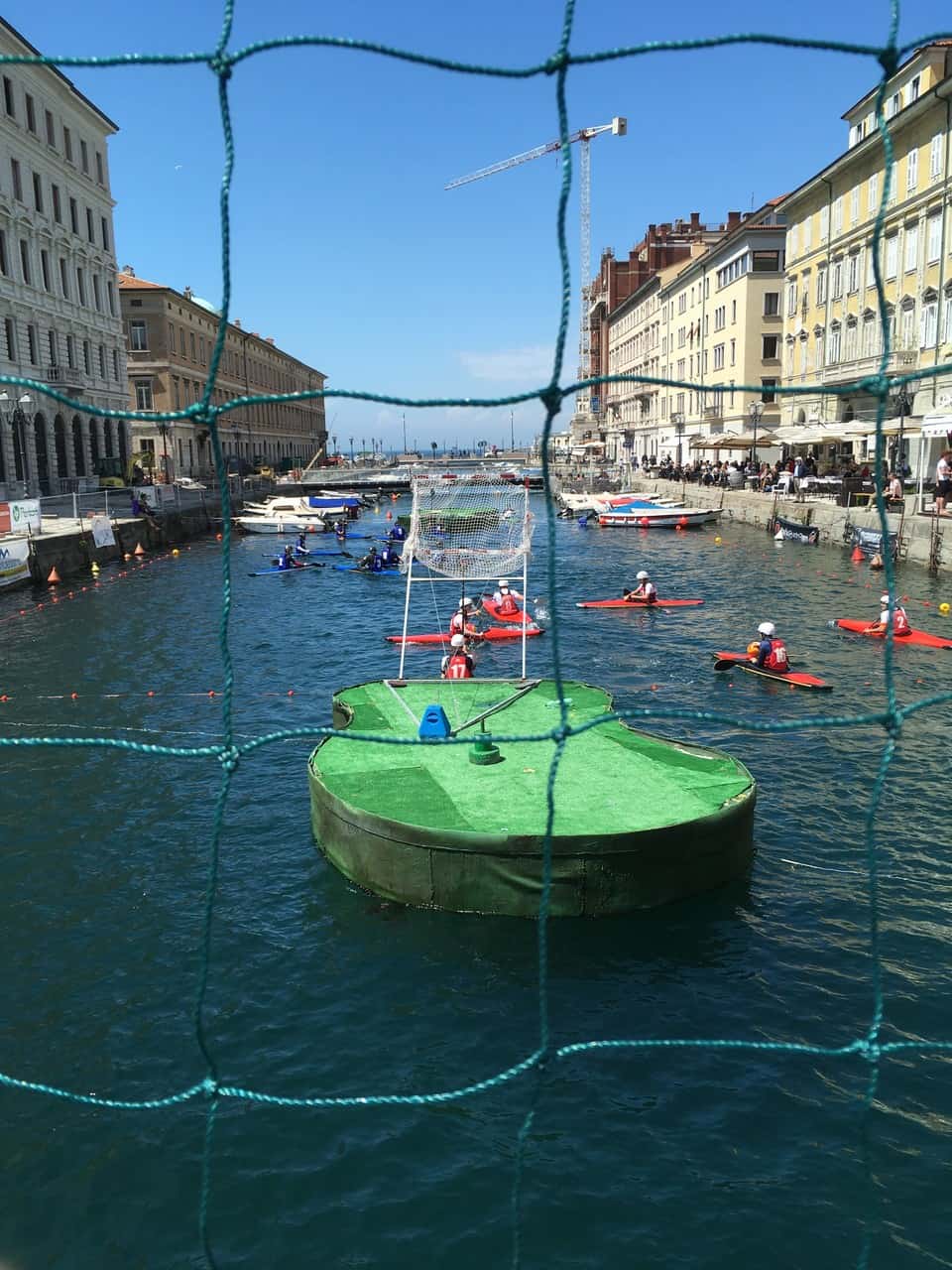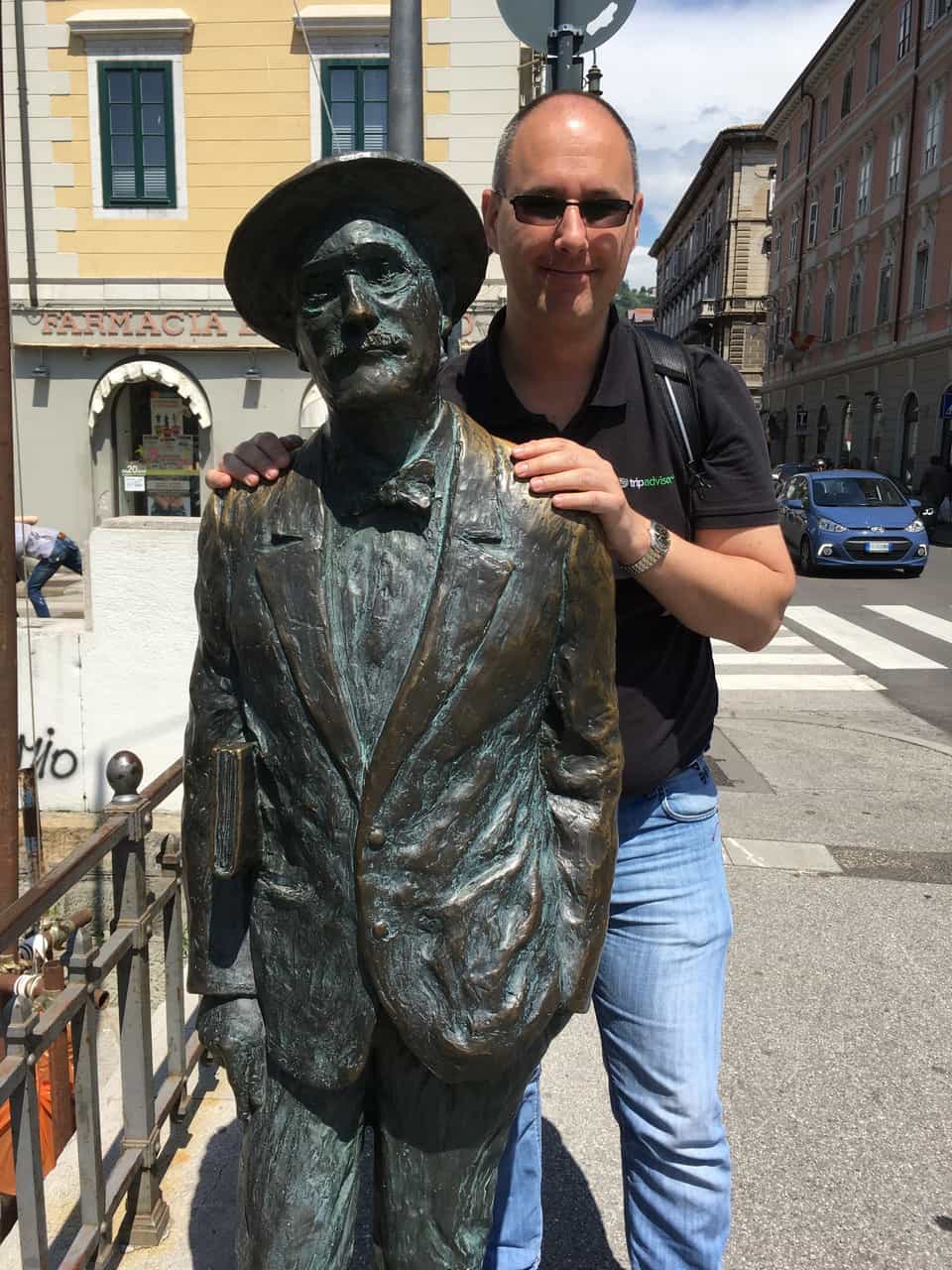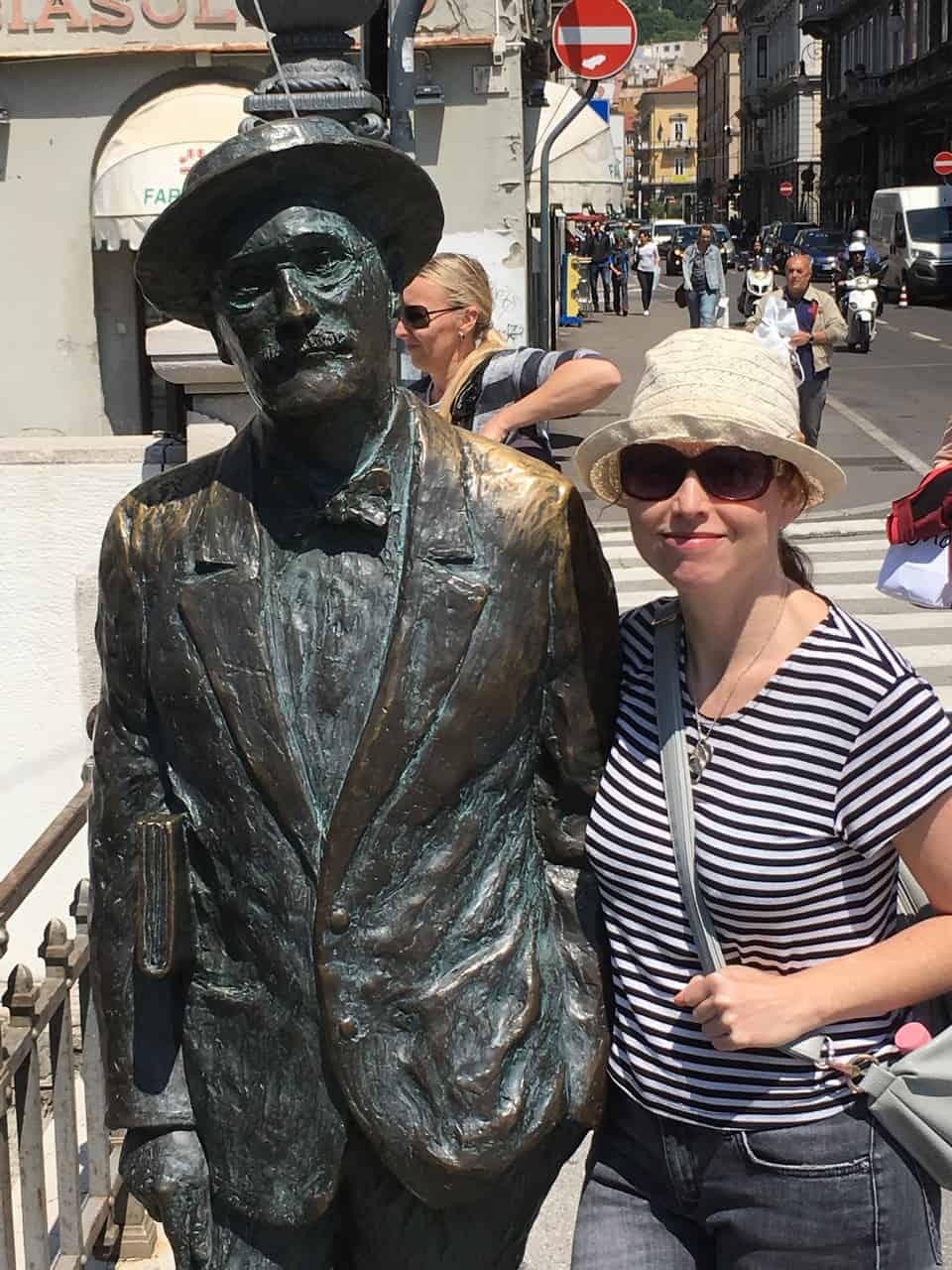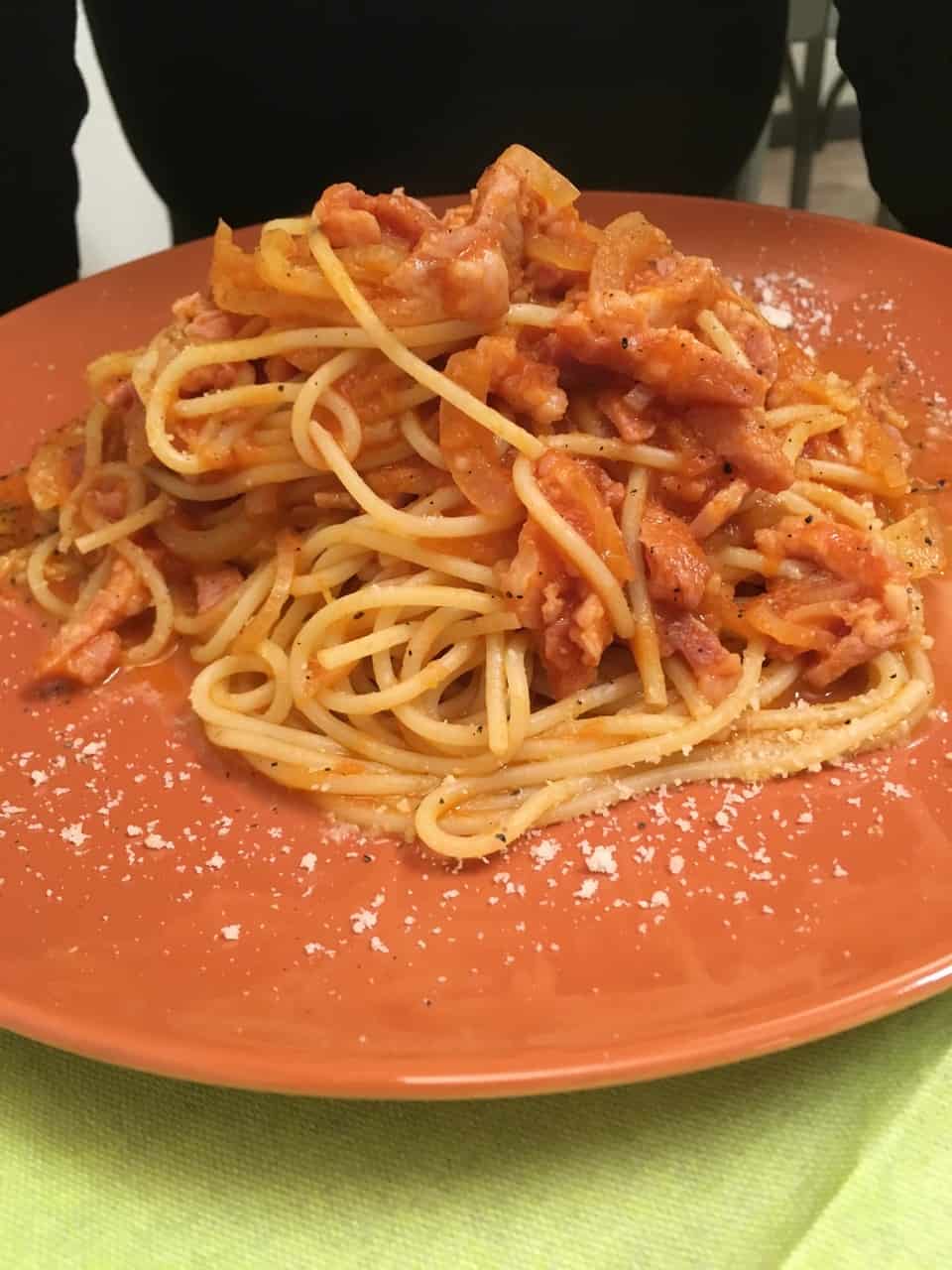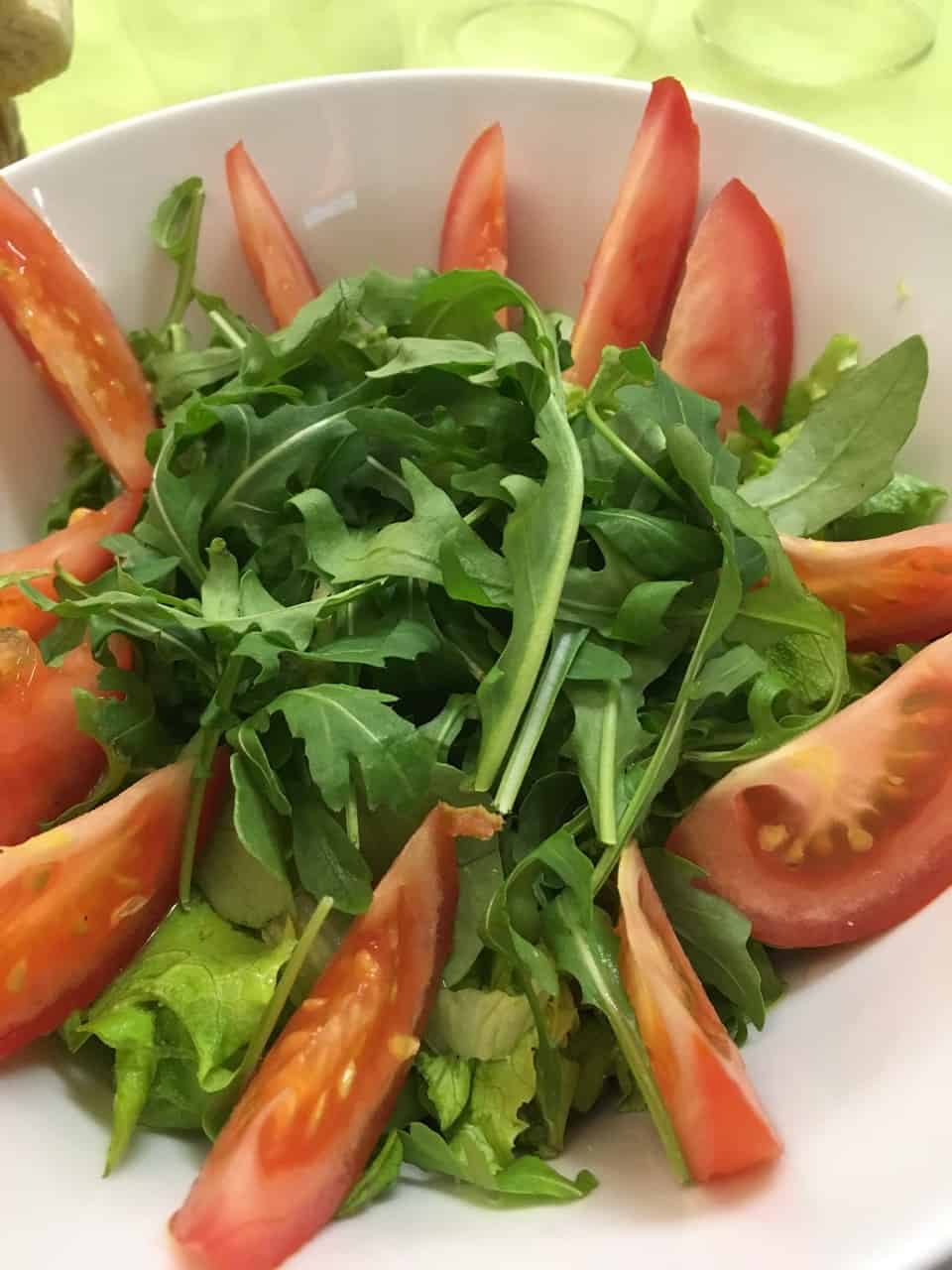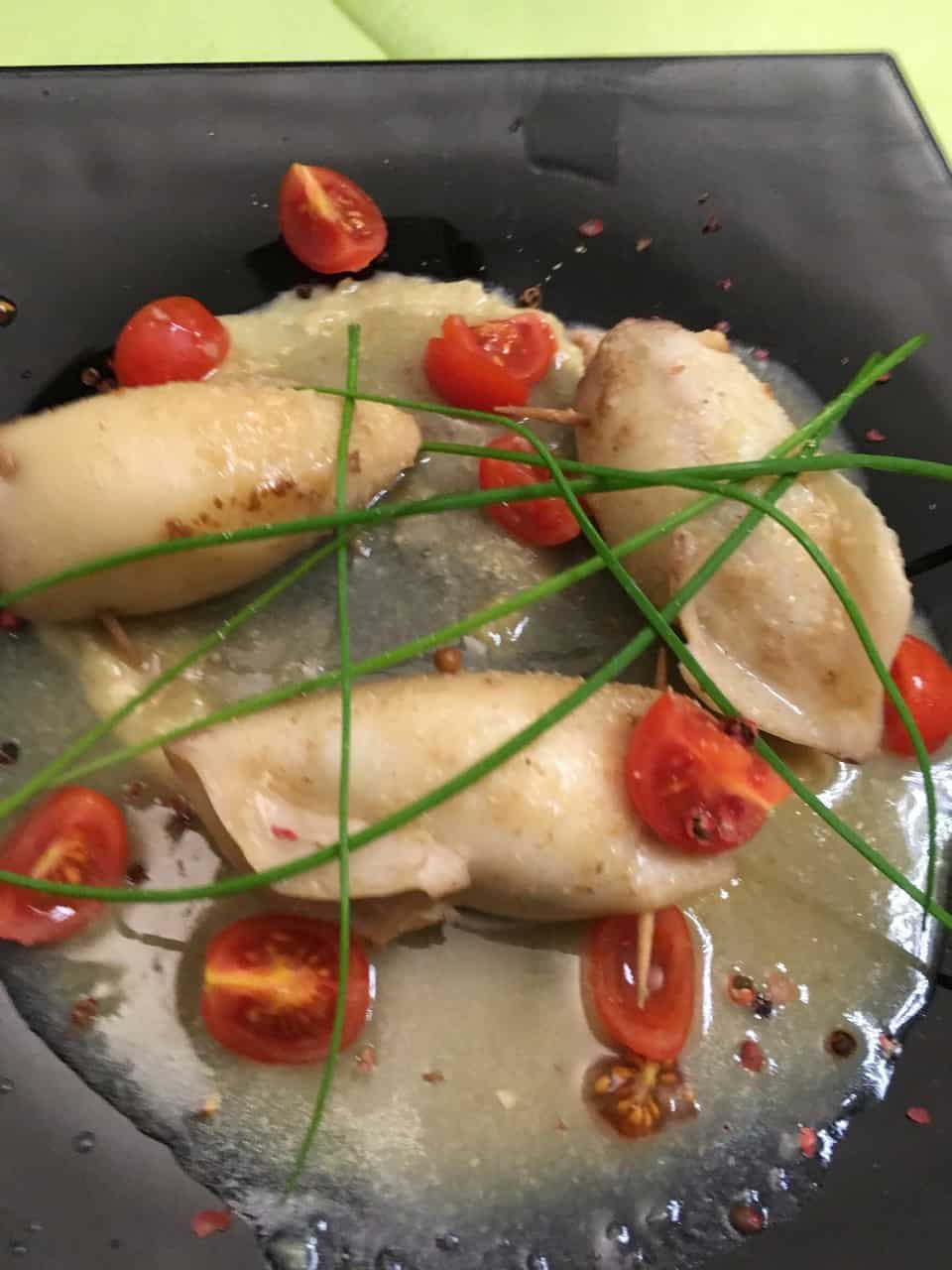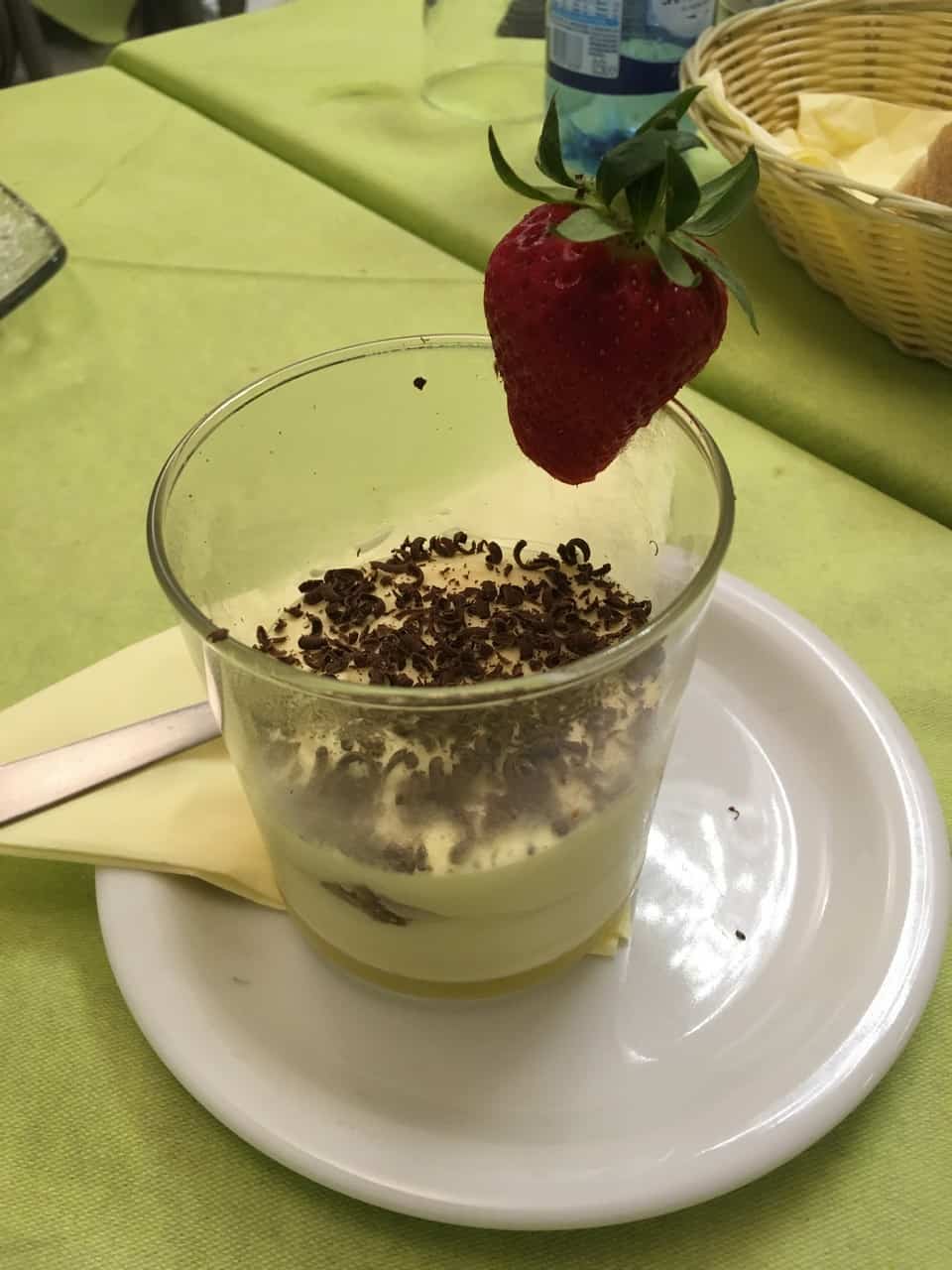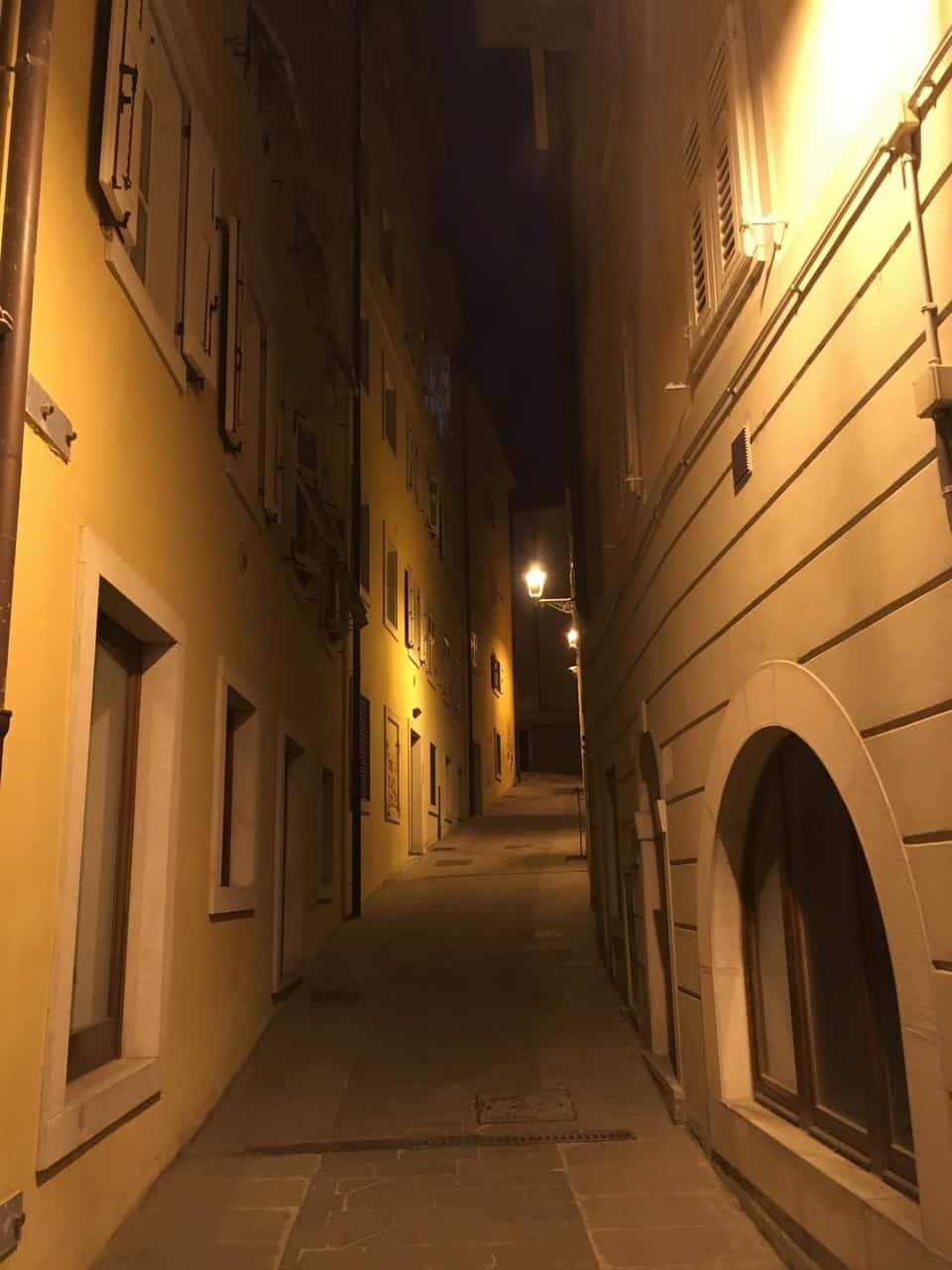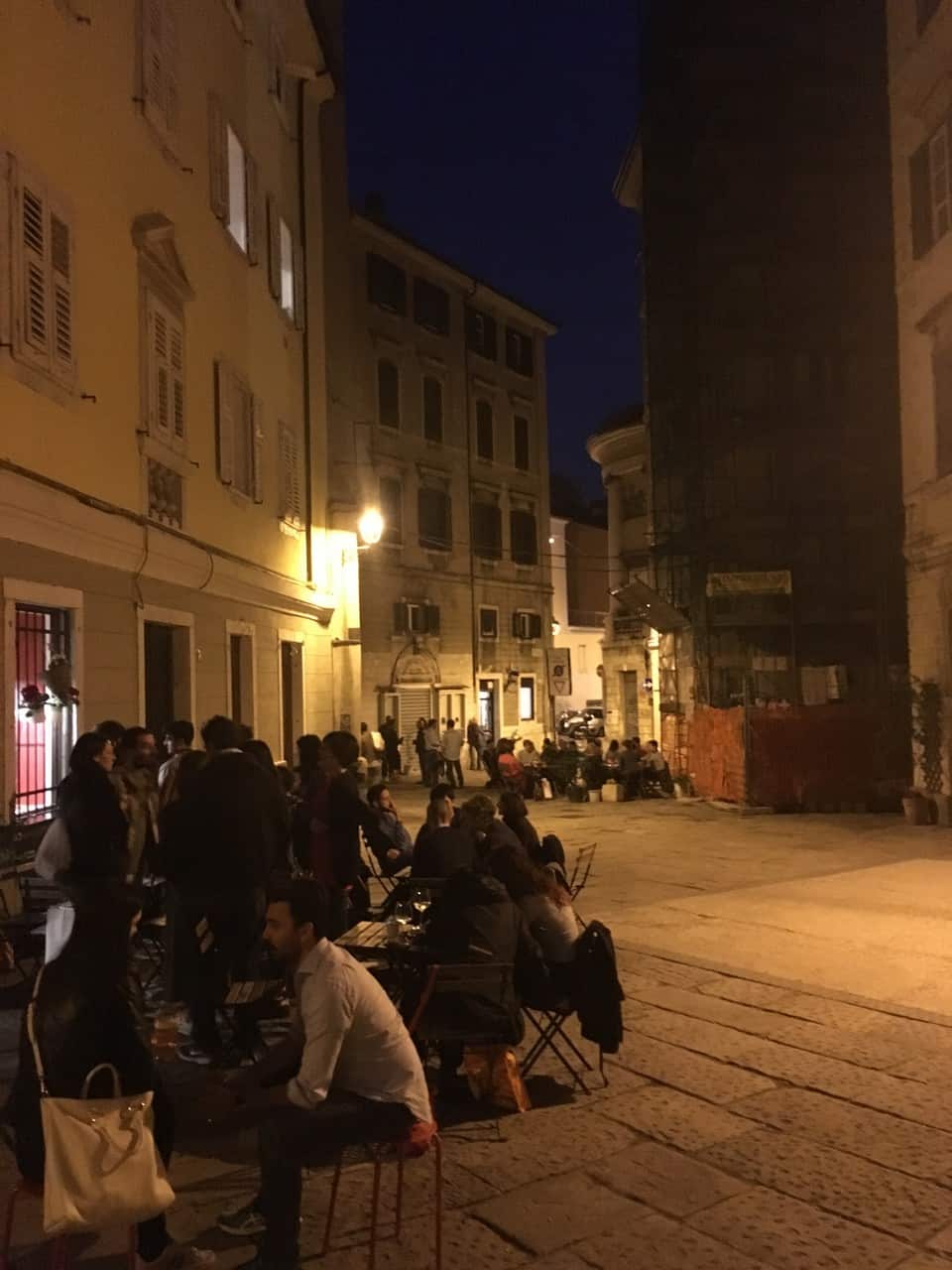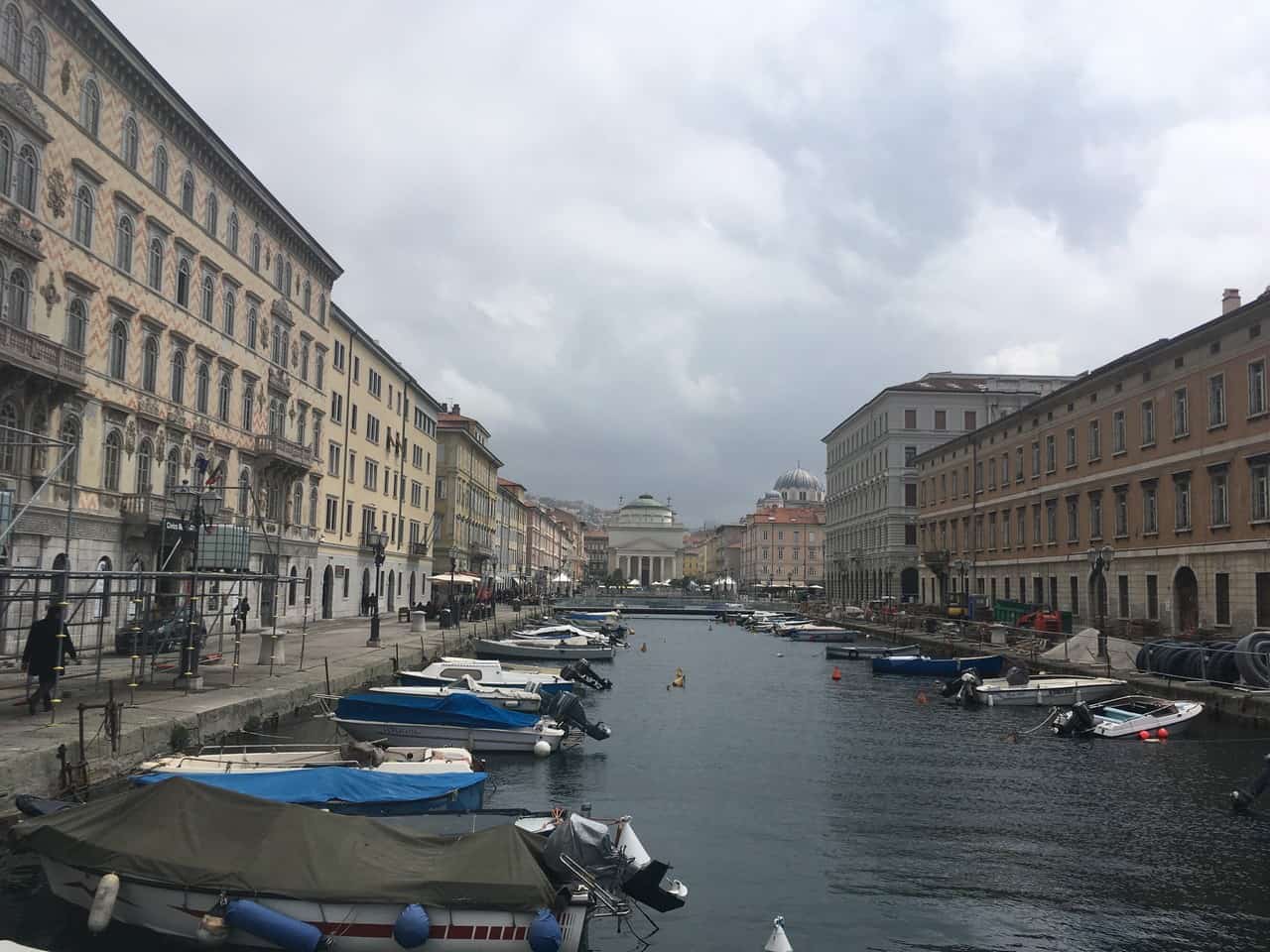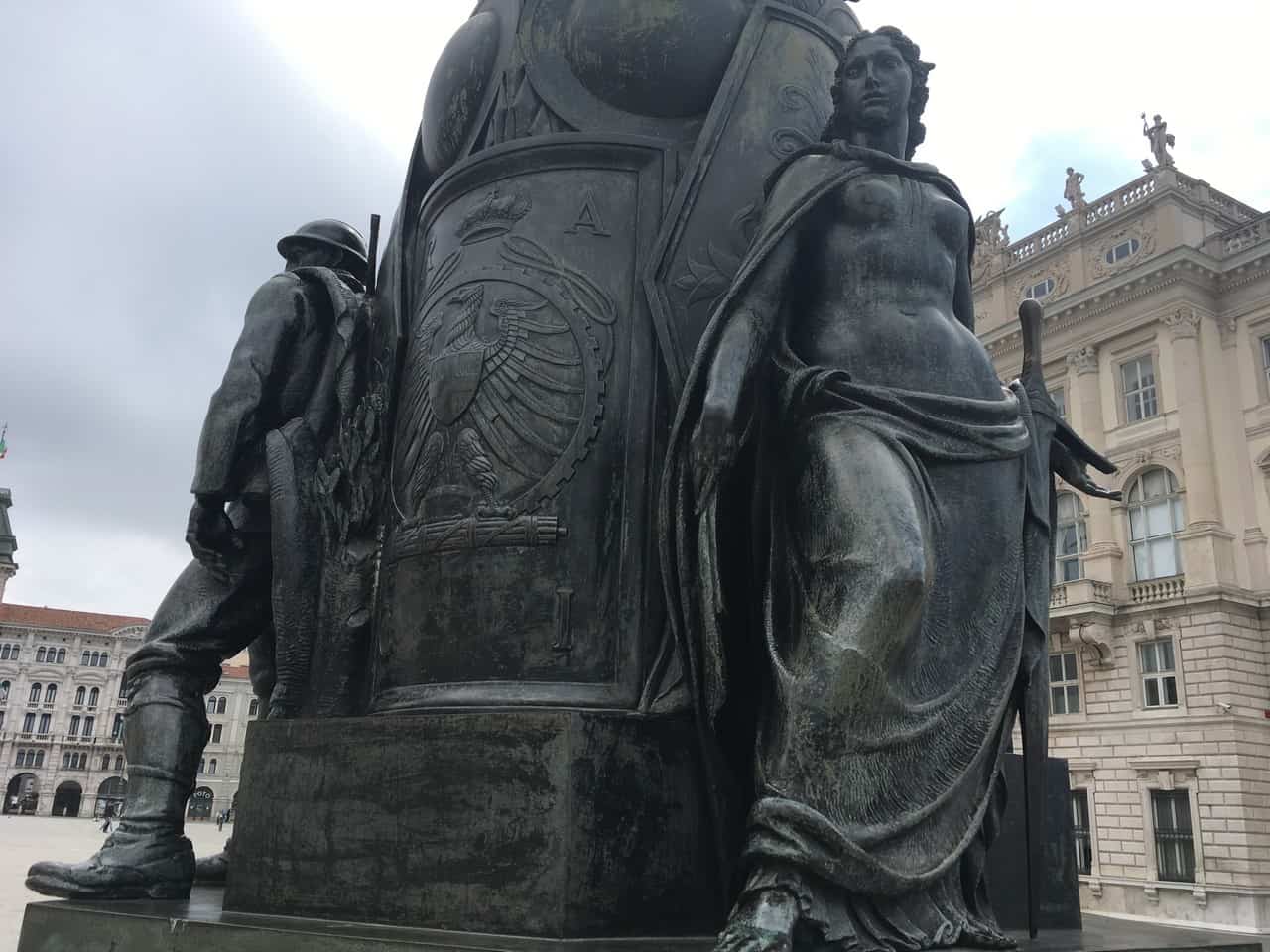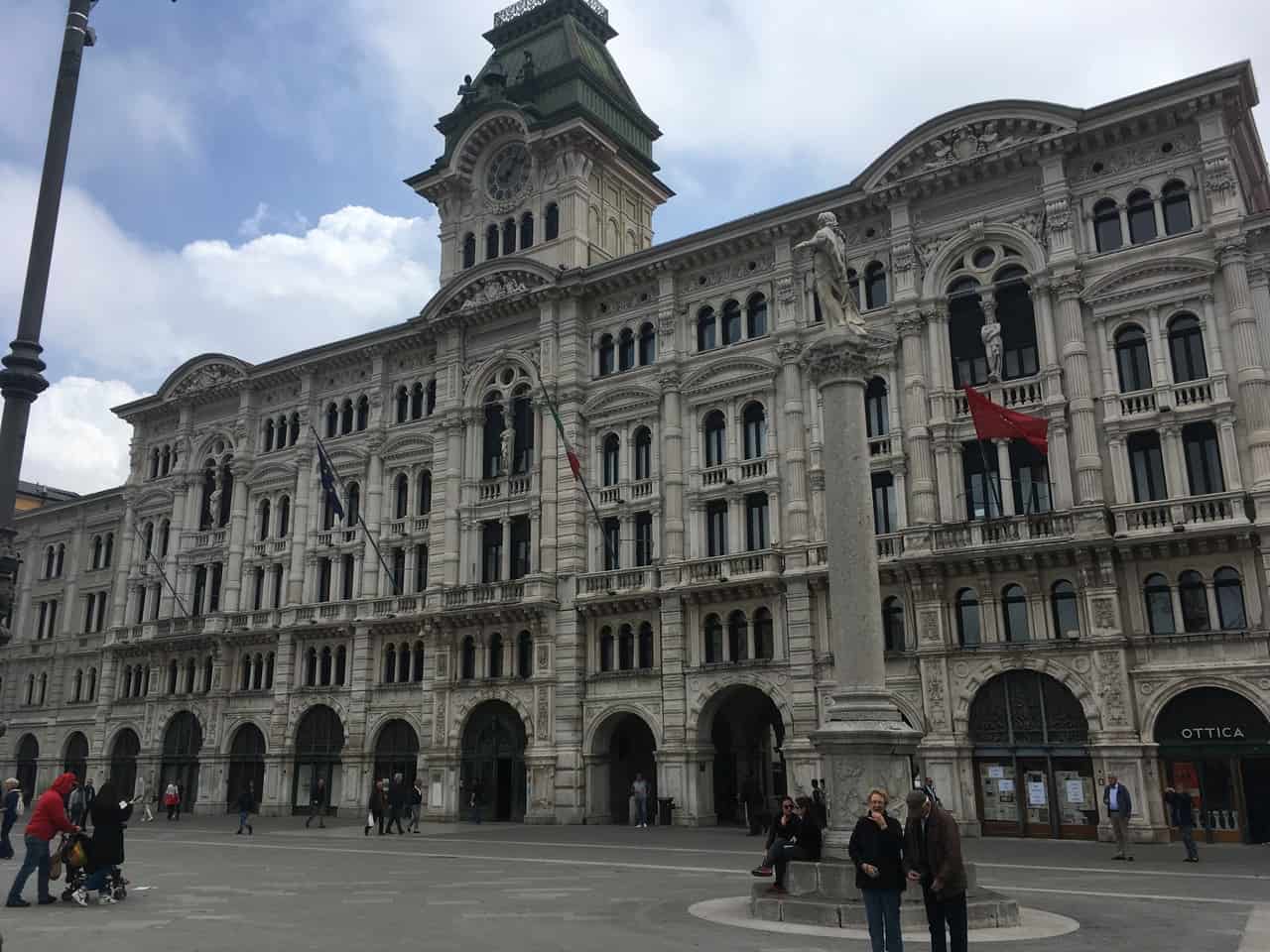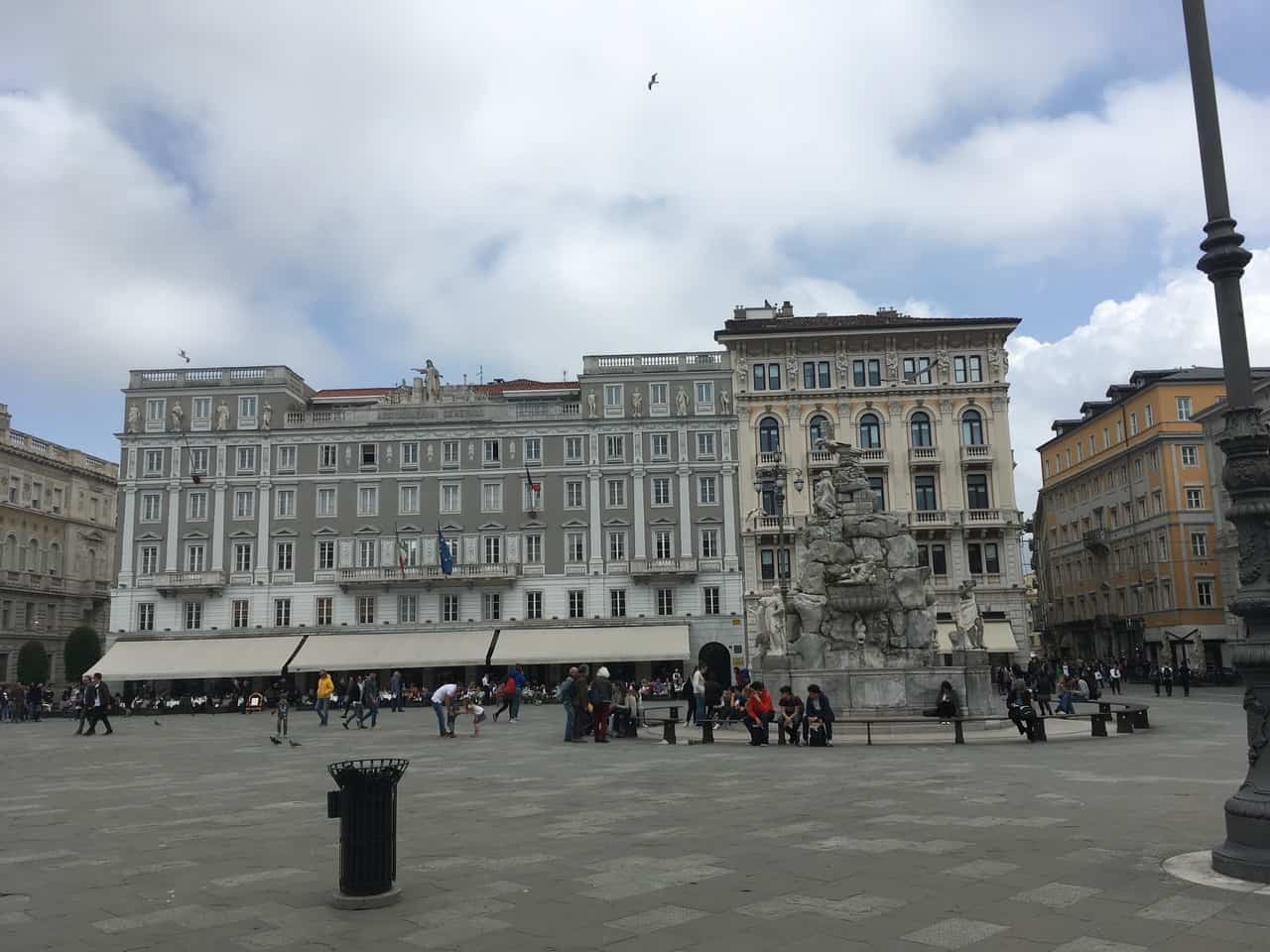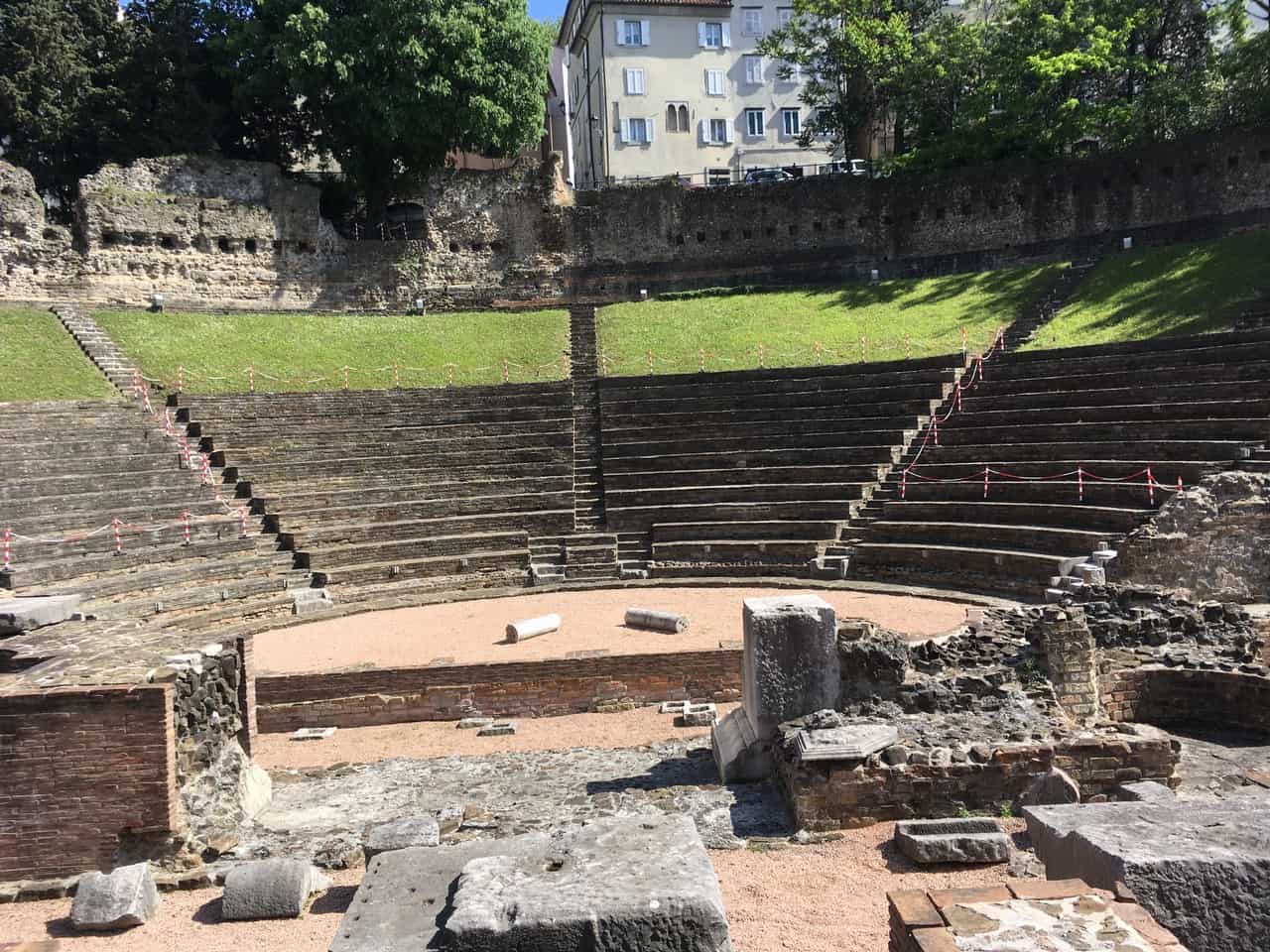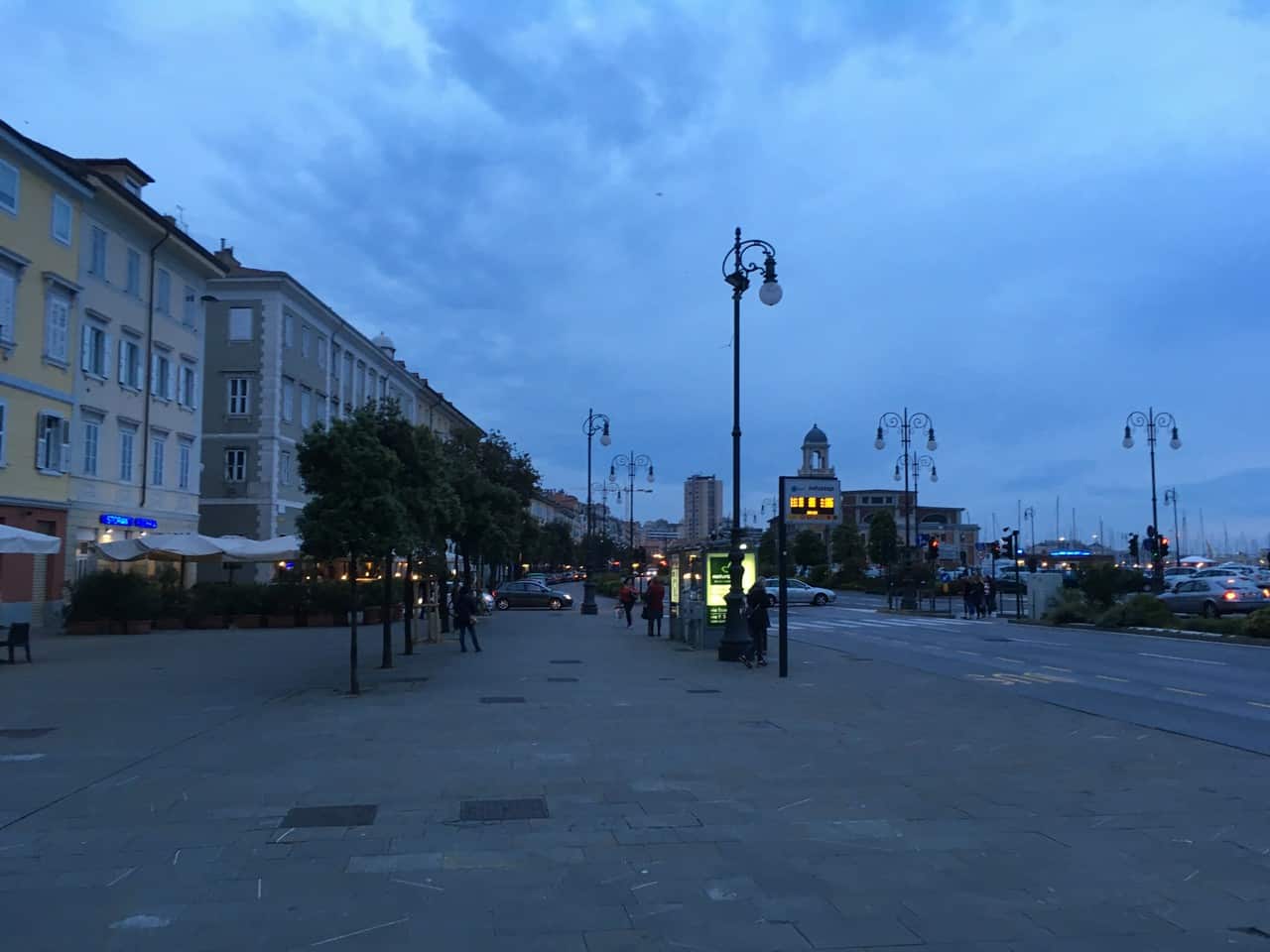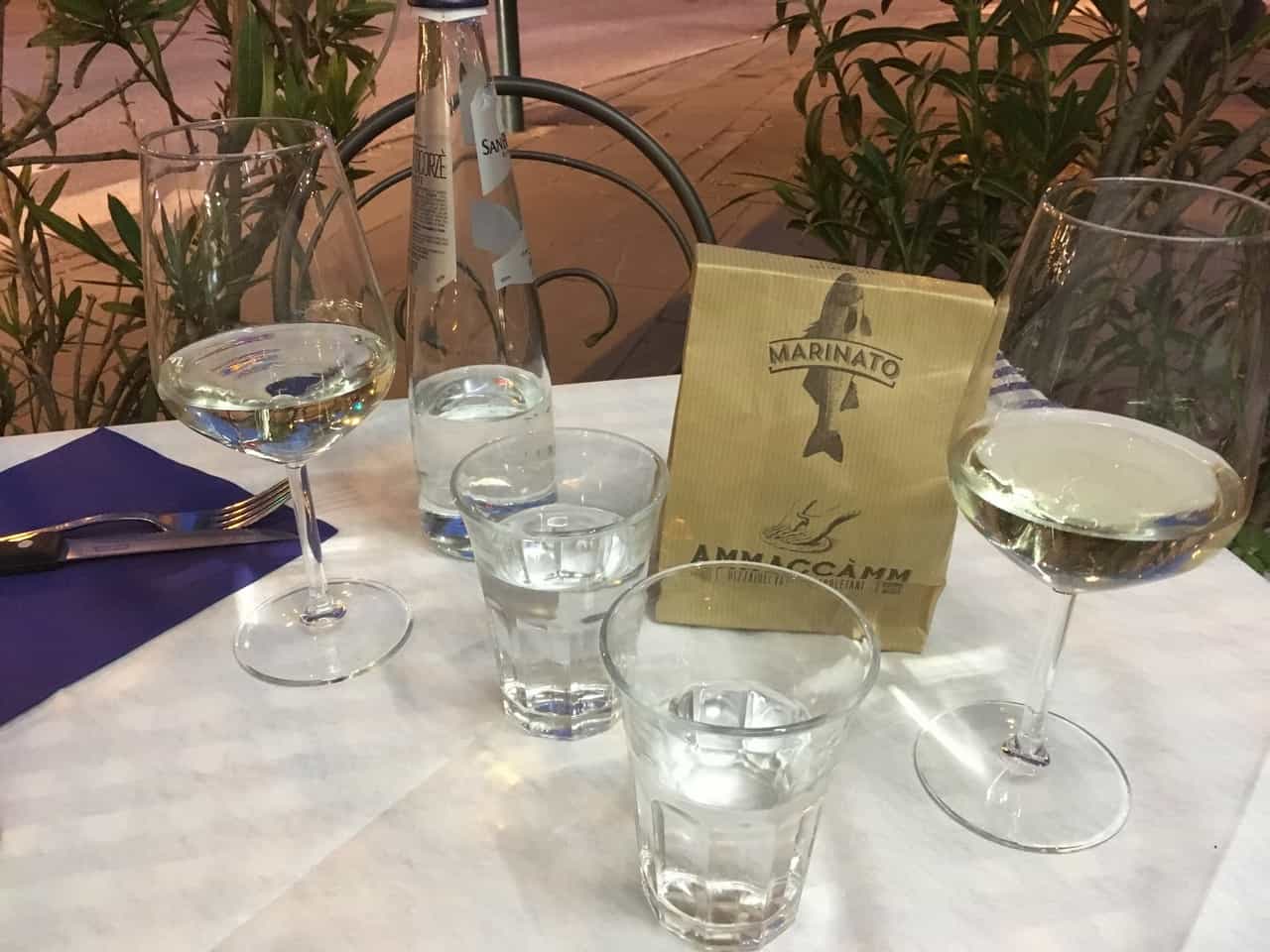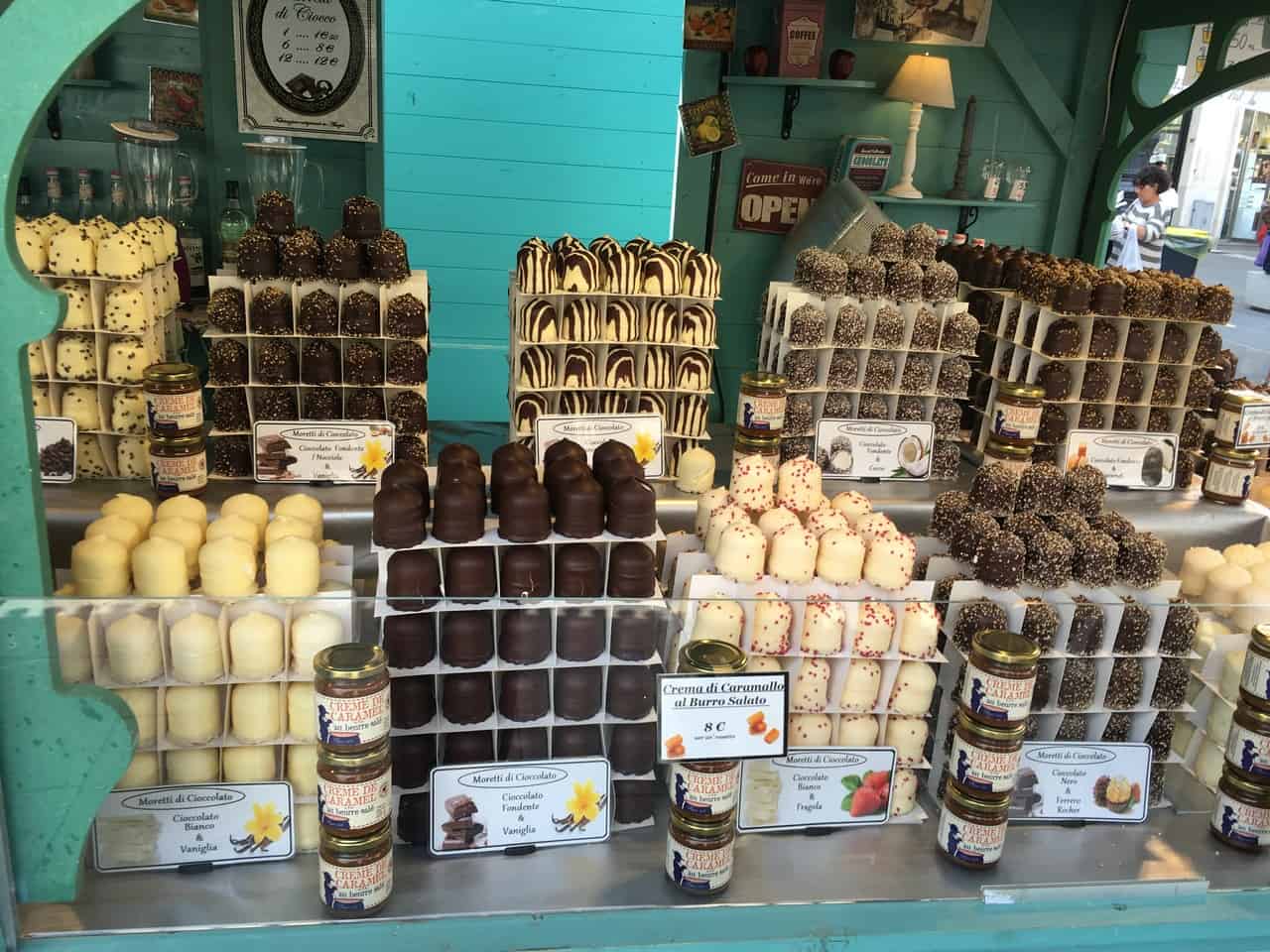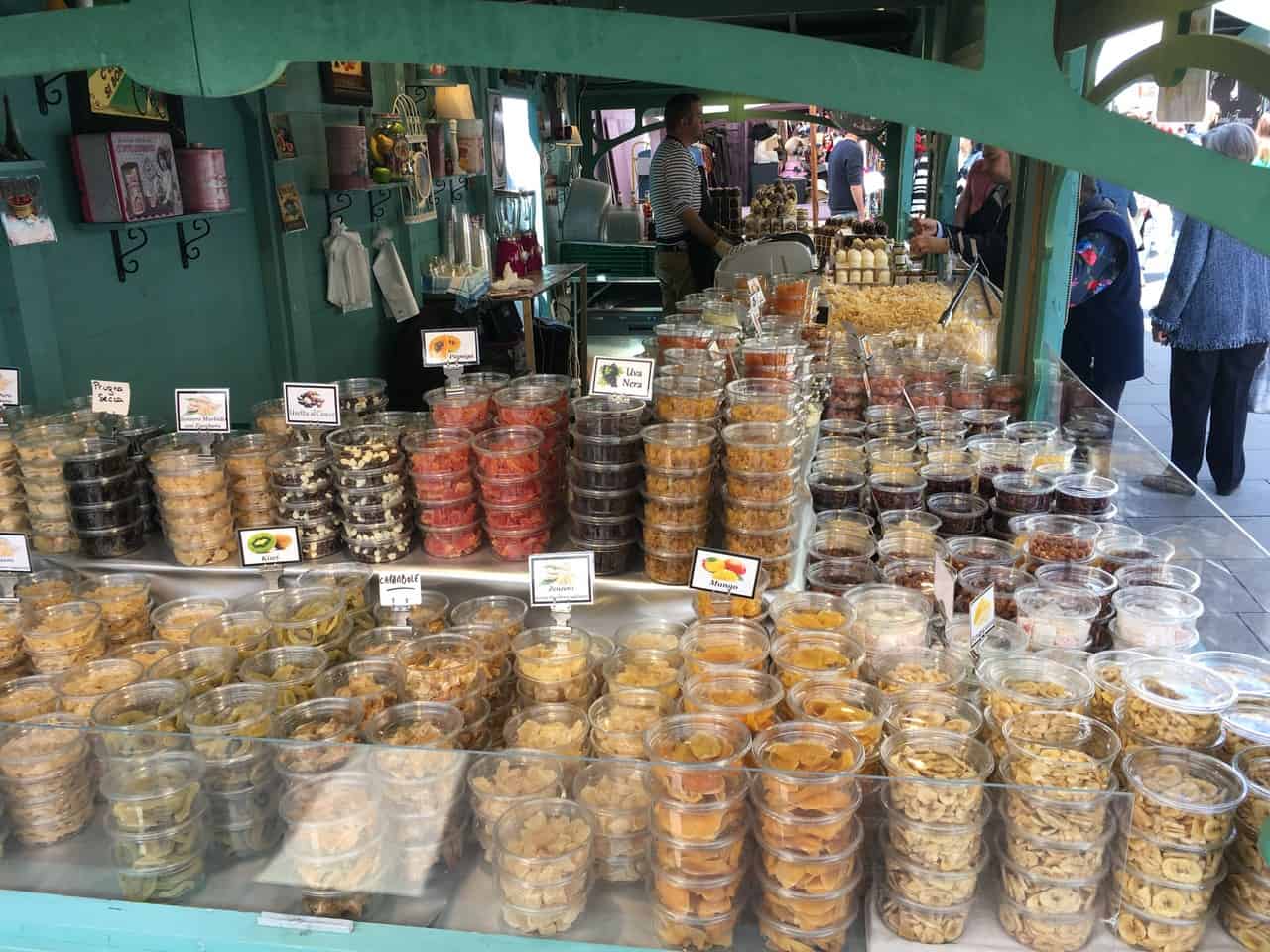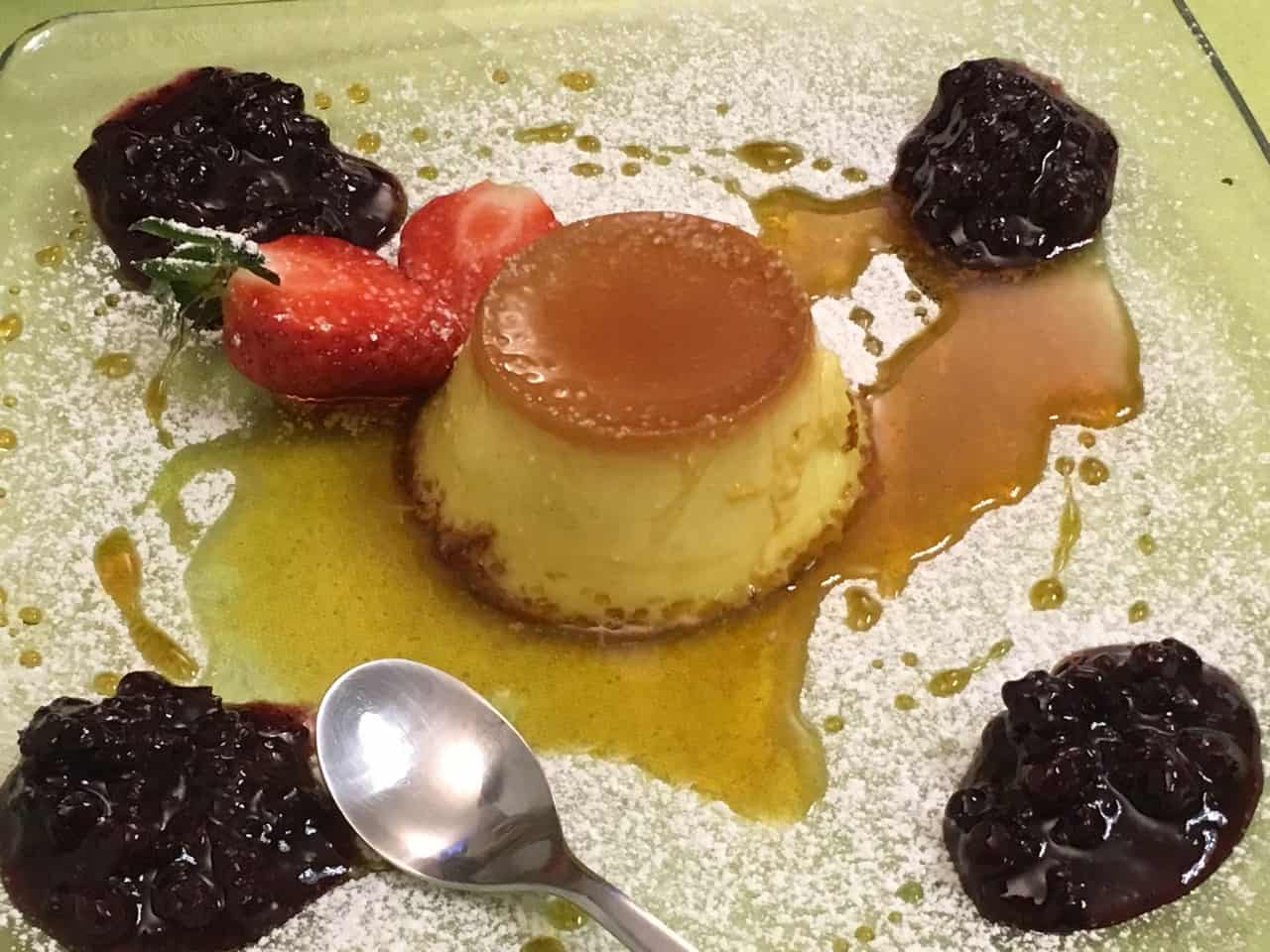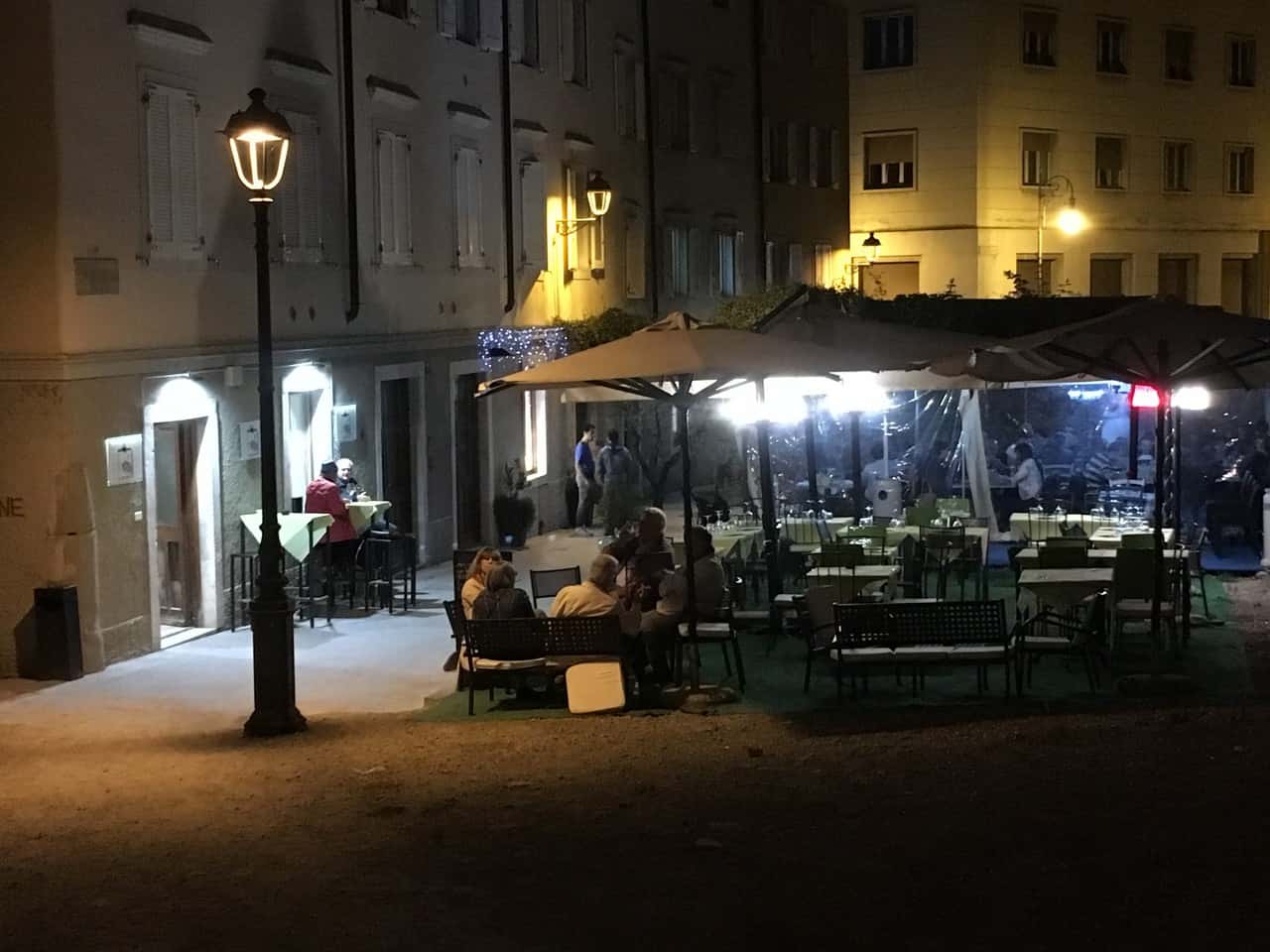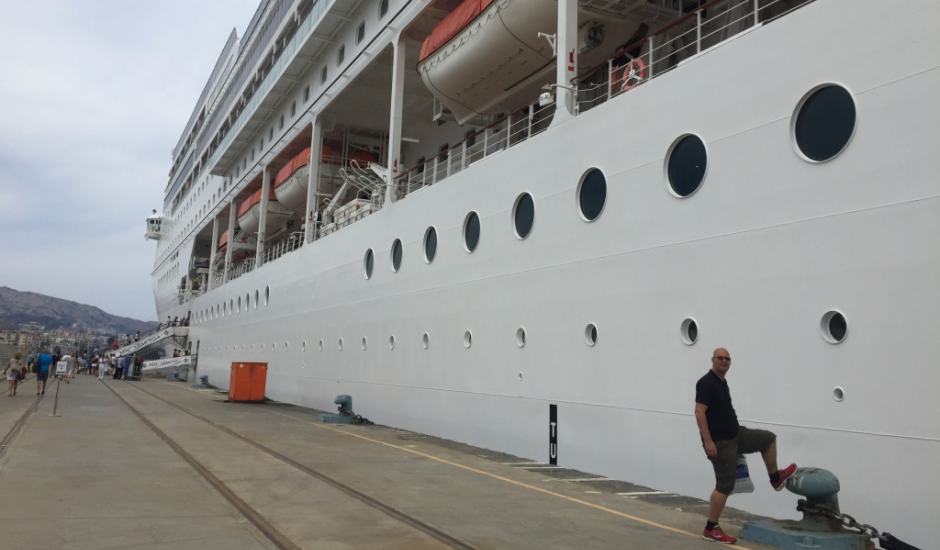Why Trieste?
The port city of Trieste has been tussled over for centuries. Just in the last 100 years it has been the third biggest city in the Austro-Hungarian empire, the furthermost eastern part of Italy, ruled by Nazi Germany, “liberated” by Yugoslavia, and even for 7 years operated as an independent city state.
For me, I was interested in visiting somewhere which I expected to see Ottoman, Austro-Hungarian and Italian influences and I was intrigued by Wikipedia’s report that in 2012 Lonely Planet called it the worlds most under rated travel destination. Plus, I used to play the board game Diplomacy so had continually seen it on the board and wondered what it was like.
Getting there is a bitch. The airport is miles from the town and poorly served by flights, so in the end we decide that I will fly into Venice and overnight there before we jump on a train and spend the two hours to get there. It almost seems that they want to be off the tourist maps!
Day One
Once we had arrived and navigated our way up to the hotel and checked in, we decided what we would do. We’d heard there were a castle just out of town and a huge cave near that, but thought for the first day we’d explore closer to home. A less written about castle seemed right on our doorstep, so we figured we’d see that and then head to the Roman amphitheatre. On some maps the castle wasn’t marked which wasn’t a good sign, but a cathedral with the same name seemed universally marked, so we figured the castle would be nearby and headed up hill towards it.
Castle de San Guisto
The castle of Saint Justus (San Guisto in Italian) sits next to the cathedral of the same name. It’s a functional castle perched atop the hill in the centre of Trieste and was built between 1470 and 1630. It costs €3 to enter and €2 for an audio guide, I thought the entrance fee was about right but the audio guide was a cure for insomnia – my favourite bit of the visit was this gem “the Captain’s House was so-called because it was the house where the Captain lived”.
The views from the ramparts are truly stunning though, and in the distance we could see an enigmatic structure. It seemed to be a giant hotel complex, but of a strange architecture. We resolve to look it up when we get back to the hotel and a brief research session involving Google maps, compasses and examination of aerial photography later, we find that it is a planned community – Il Quadrilatero di Rozzol-Melara, Trieste’s answer to the Barbican in London.
We then head back out into the sun from the castle down to the Roman theatre, which is conveniently located beside a Despar supermarket so we grab some food to get us through to dinner. The Roman theatre is a great backdrop and there is suitable shade to make for an impromptu urban picnic.
We head back to the hotel. We’d seen that there was a tapas restaurant to one side of the hotel, and a cafe/bar on the other side with tables and chairs in the square and when we arrive at the hotel they are doing a very light trade with a few people in the vicinity looking at the Roman arch. When we leave for dinner a few hours later though, we pop out of the hotel doors into a party – the table and chairs are full of locals chatting and talking. Ange and I look at each other in surprise – it’s great that locals frequent the restaurants (a good sign of quality!) but more importantly we realise that the double glazing on our room’s windows is very effective!
Angela had been in Trieste a couple of days longer than I had and wanted to try one of the restaurants on the waterfront, so we headed down and managed to narrow it down to one of two across the street from each other. We ended up going to Marinato because of its wider dessert choice.
I have the medley of seafood to start and then a pizza, while Ange has the fried calamari followed by the ravioli. For dessert we share a chocolate bombe and everything is delicious.
On the way back to the hotel we discover a shortcut – we’re really getting the hang of Trieste although it only has a population of 300,000 so I guess it’s not that huge a city. We’re happy to see that the party is still pumping and even happier when we’re in our room and can’t hear it!
Day Two
We emerge the following day and head across the courtyard for breakfast in the Bar Barbacan. We don’t know if the staff were the same as on duty the previous night, but they seem cheerful enough despite the early hour. We eat Italian style, a croissant stuffed with crema each washed down with an orange juice for Ange and an espresso for me.
Ange is feeling poorly from a cold she picked up in Venice, but we struggle on and work out our plan for the day: I’d read online that it would be possible to do both Grotta Gigante and Castello Miramare in the same day, but that a certain level of fitness and full health was required.
So apparently you catch the #6 bus to Grignano, spend 15 min walking through the park to castle. It costs €8 plus €3.50 for an audio guide, and we’d maybe spend an hour there. Then there is a walking track (#9) that takes you up to Prosecco. There you can get on the #42 bus which takes you to Borgo GrottaGigante, and from there it’s a 6 minute walk to the hole. Finally the #42 bus will take you back to Trieste from Borgo Grotta Gigante. Great plan!
Castello de Miramare
So we head off and the first sign that reality might diverge a little from our plan comes when the packed bus empties out at the last stop the bus has before heading inland. We subsequently see all the people on the bus in the castle, as they got off before the castle and then walked along the beach, whereas our plan is to overshoot, get off at Grignano and come back through the park.
The sun is baking and we’re very glad of the cover afforded by the trees in the park, and we get some great views over the harbour at Grignano. Apparently in summer there is a boat which will take you from Trieste to Grignano, which strikes me as a great way to get a unique sea-level view of the castle as well as getting you there. The park also holds some great statues and fountains along with a mini castle and a little shrine to squirrels. Very cute.
Before too long we are at the castle though and enjoy the trip through the rooms and a glimpse into two eras of lives of the people who resided there – Maximillian of the Hapsburgs and Duke Amedeo. The portraits on the walls are nice reminders of our time in the Schonbrunn Palace in Vienna. After we’re finished we head back towards the bus route along the beach front. Because of the lack of sun cover we don’t regret our decision to come through the park.
We then decide to head back to town and try the Grotta Gigante the following day. The reasoning is very obvious once we are actually at the Castle: while on a map Prosecco is very close to Grignano, in reality the change in elevation makes for a non trivial trek up hill. After the walk to the castle, around the castle and then back to the bus route, there is no way we want to obliterate our calf muscles ascending to Prosecco’s altitude, only to have 500 steps down into the Grotta and then another 500 to return to the surface. Insanity!
Instead we head back into town and resolve to attack the Grotta fresh the next day.
Day Three
Day three was a Sunday and our planned breakfast at Bar Barbacan evaporated when we discovered that they weren’t open on a Sunday. A brief dash around the neighbourhood showed that it was a common theme, so we went further into town for something to eat. Ange had previously had lunch at Volo (tag line: Slow fast food) and raved about it so we grabbed a very early lunch before heading up to the Grotta. I’m glad we did – it certainly wasn’t fast, but the egg burgers were really well put together and the fries were cut like scoops allowing for optimal ketchup collection!
The #42 bus took us to the top of the hill without complaint, the switchbacks getting us up to 300 metres above sea level with ease and making our decision the previous day not to try and walk to Prosecco from the castle look incredibly wise.
Grotta Gigante
The bus deposited us in a tiny country town and we very quickly find the signs pointing us to the Grotta and head off. The pedestrian way takes us to past a cafe and gift shop prior to the entrance building. I go inside to find that we’d just missed the 12 noon tour and so we had close to an hour’s wait for the next one, so we head back the cafe and grab a sandwich and a drink to pass the time. The cafe is built to accommodate large crowds so feels very empty when there are only a few customers, but it does mean that the service is quick.
I had joked with Ange that the tour would consist of going down 500 steps, the tour guide gesturing and saying something like “It’s a big hole, yo” then going back up 500 steps. And looking back on the tour it’s not too dissimilar to that, but it really doesn’t do the grandeur and immenseness justice.
The tour itself was a little more substantive than that – our guide (“Betty”) gave the same speech in Italian and then English and consisted of maybe ten or twelve stations where we rested and she told us about one aspect or another of the cave. She does seven tours a day – at a thousand steps per tour it would be like spending the whole day on a stair-master!
We pop out of the cave beside the cafe and gift shop where we had lunch and check the internet for the times of the next bus. They don’t run too often so when we find out there’s one in five minutes we make tracks for the bus stop.
Trieste
Each time we’d gone outside of town (Miramare, Grotta), we’d walked through town to the train station and taken the bus from there. This allowed us to take in the centre of the city each day and to see it in the day as well as the night. It was amusing to see some of the changes – on Sunday morning it seemed that if you had children you were obligated to bring them into the centre of town, and if you didn’t then you had to bring a dog.
One day they had kayak polo in the Grand Canal, and later that same day a fleet of classic cars went roaring through town. Amusingly most were Fiat Bambinas – their tiny size accentuated by the odd Mercedes or American muscle car.
Would I Go Back?
Trieste is a lovely city and compact (population 236k), and the Grotta Gigante and Castello are worth the visit, but I wouldn’t rush back now I’ve seen them. I would recommend an overnight visit from Venice or enroute from the Balkans to Austria or Hungary, if that’s how your itinerary shapes up. So another “one and done” destination.
